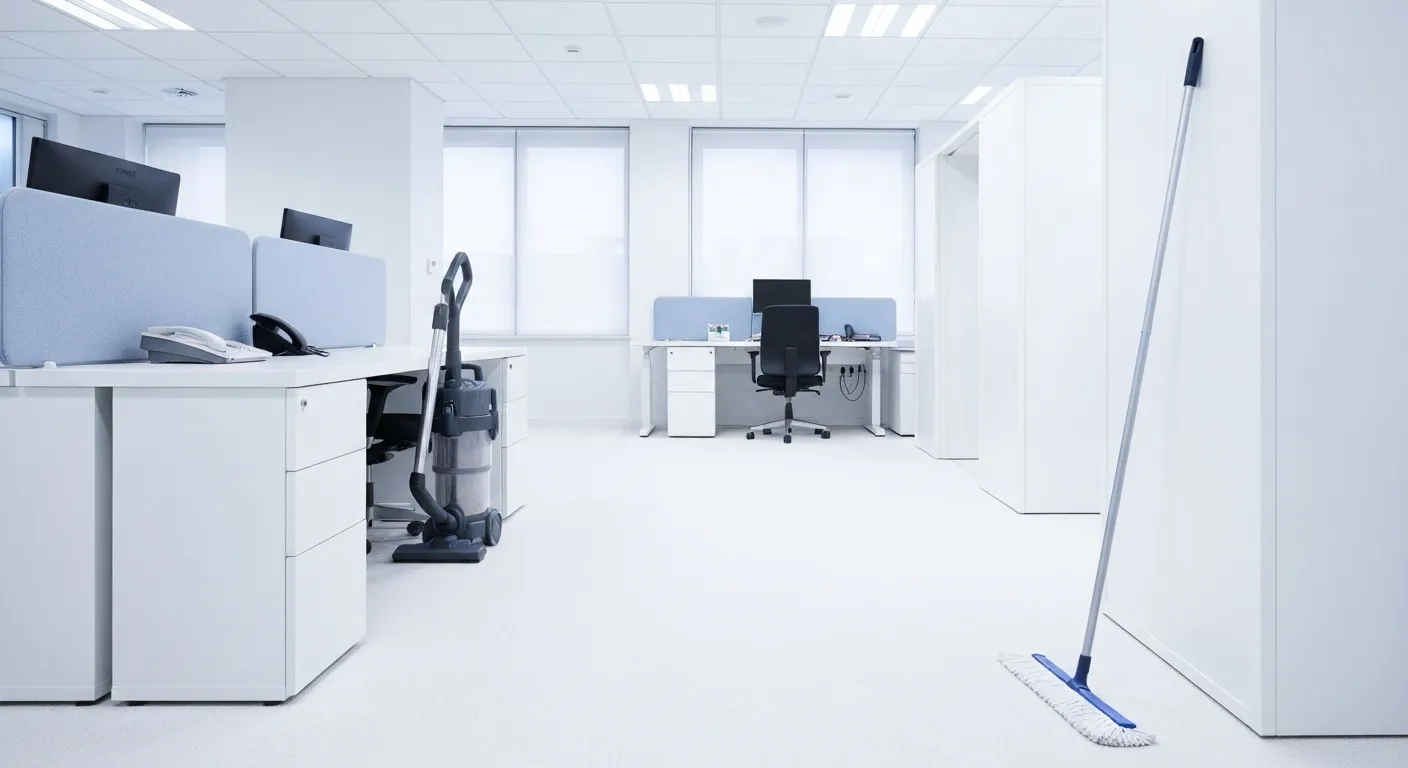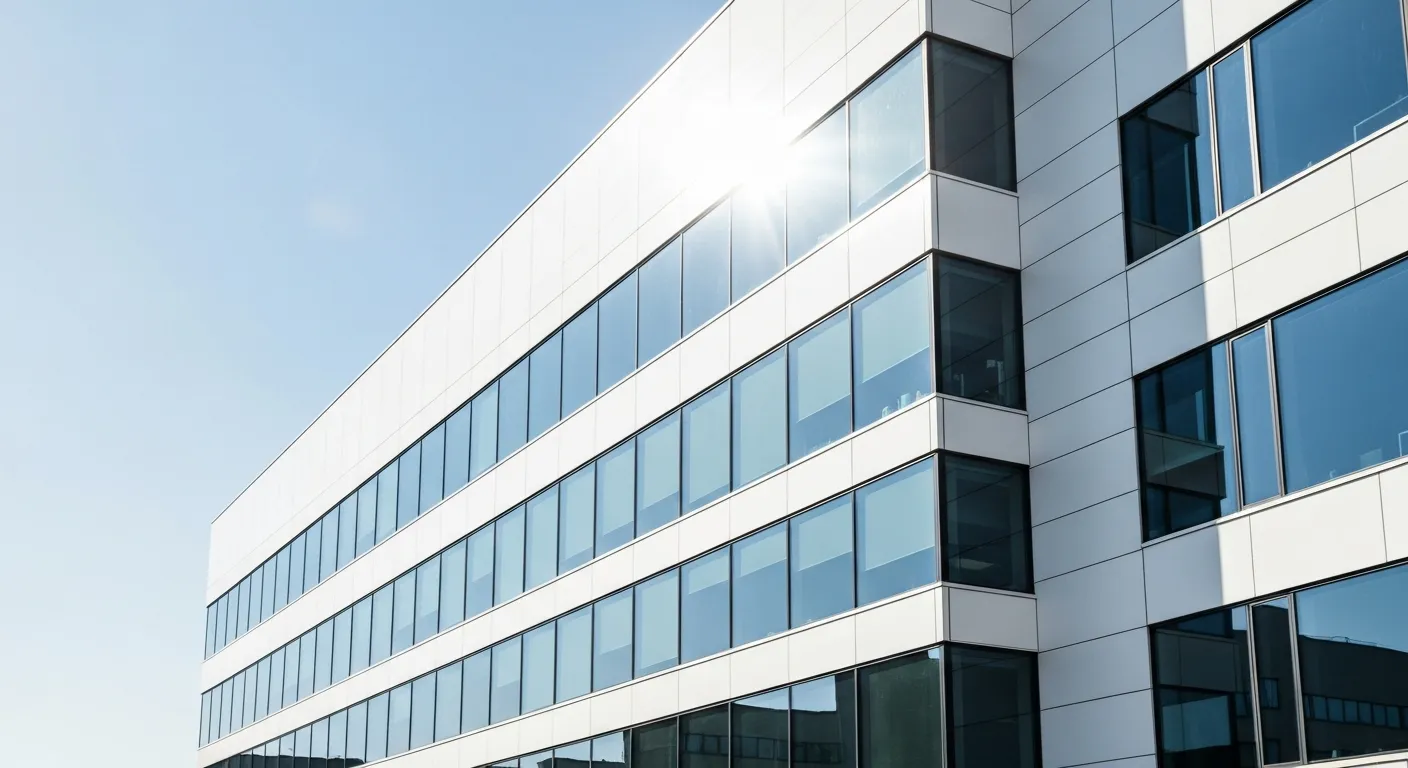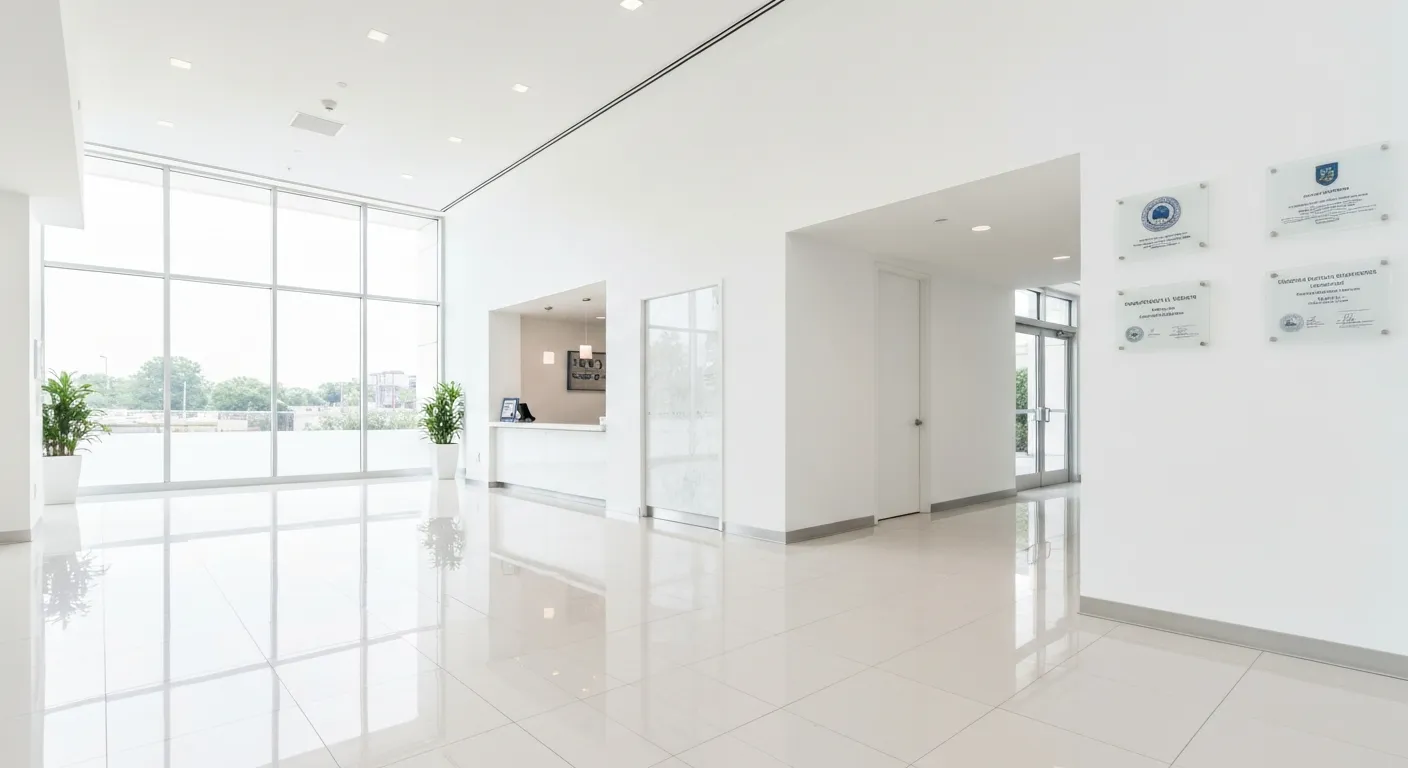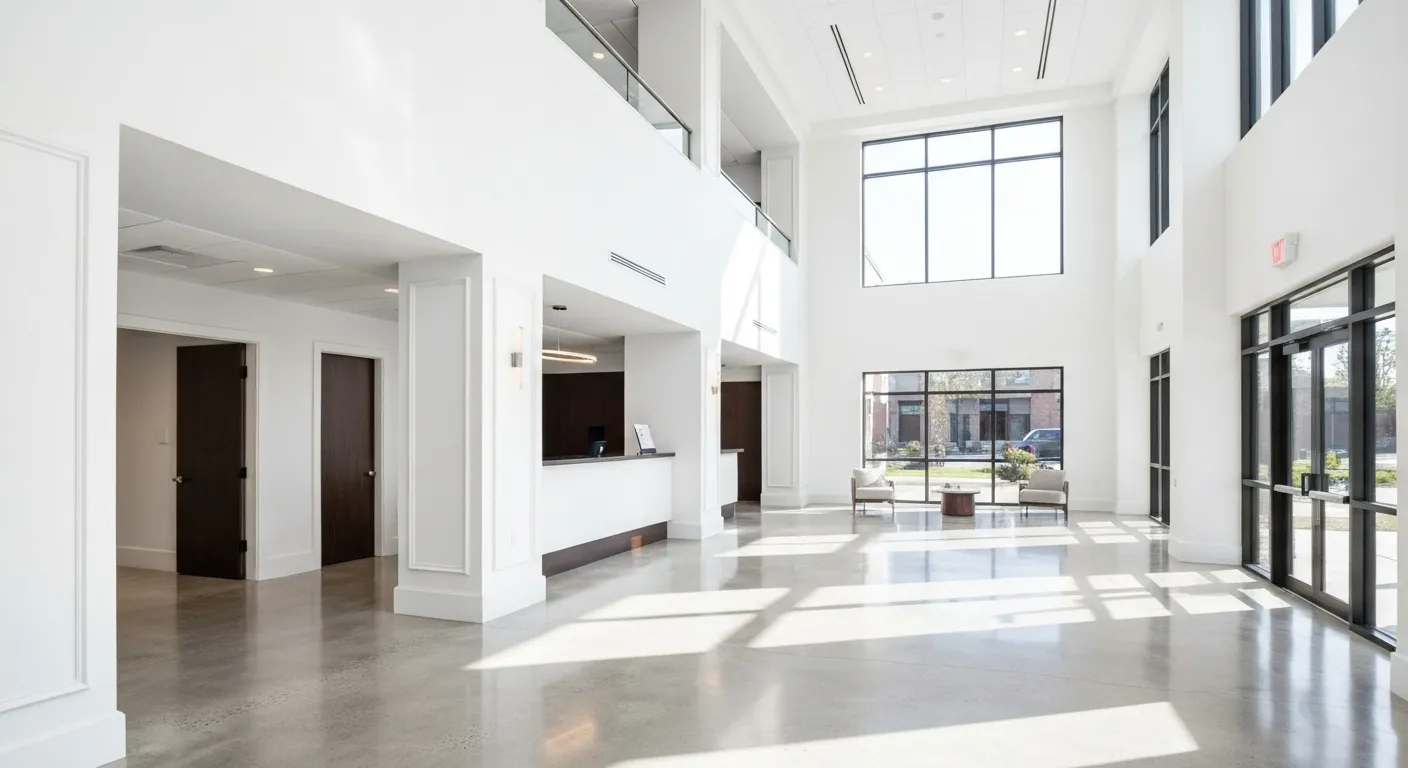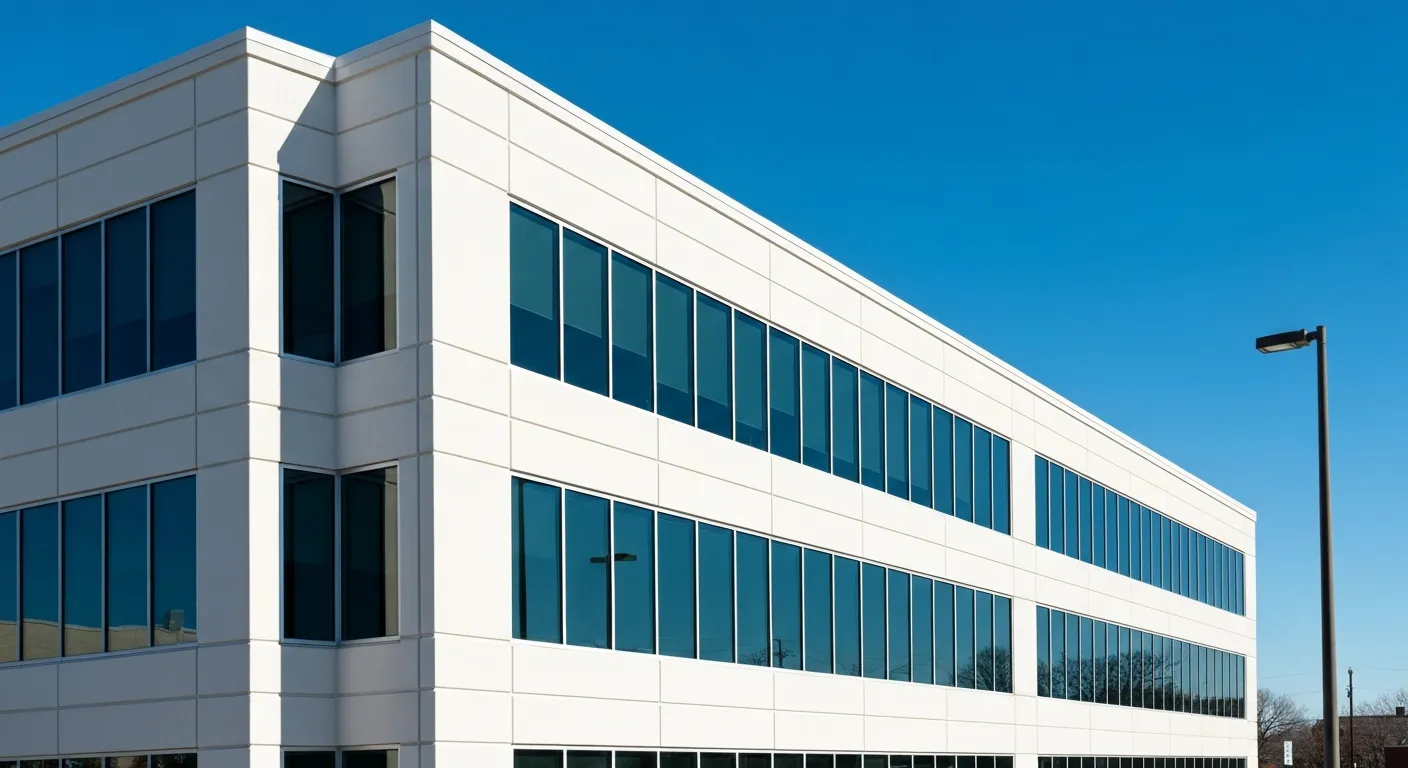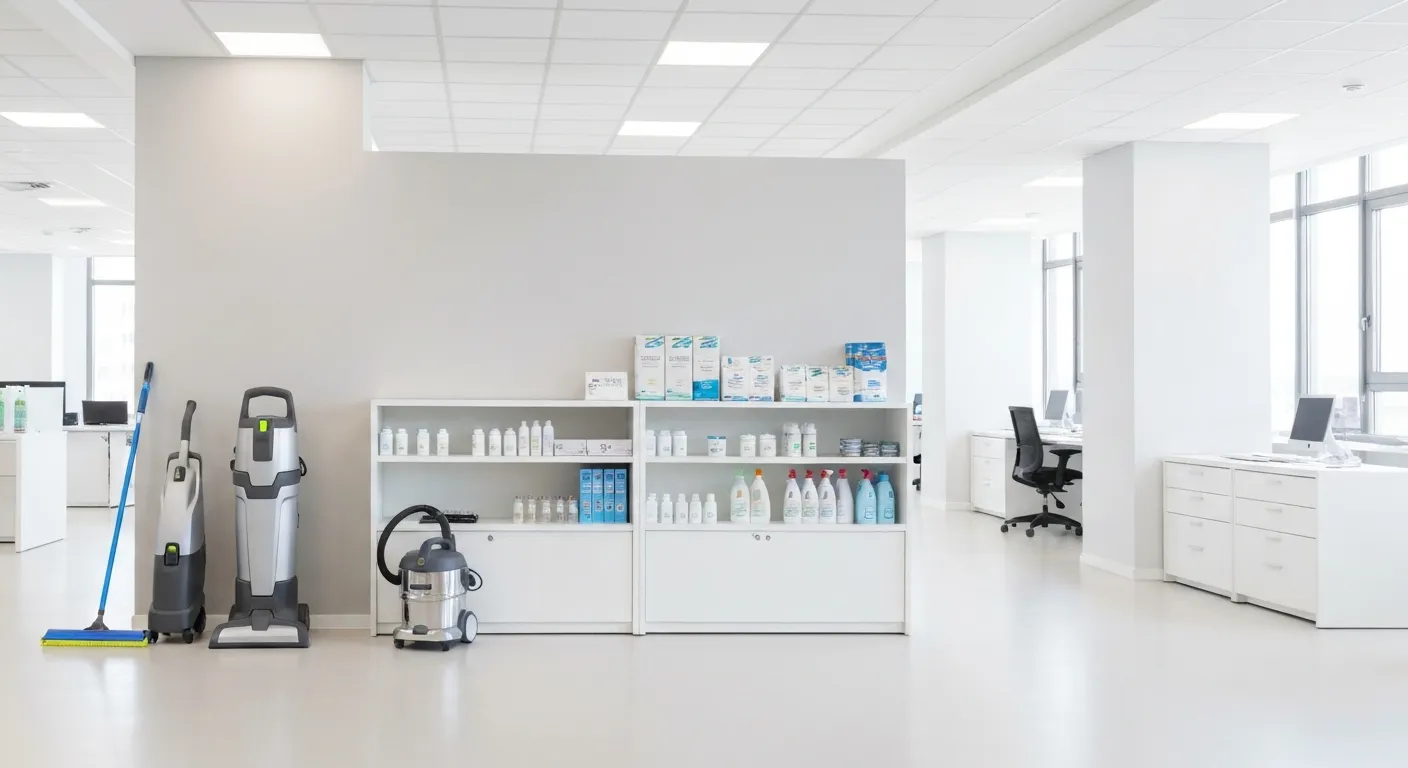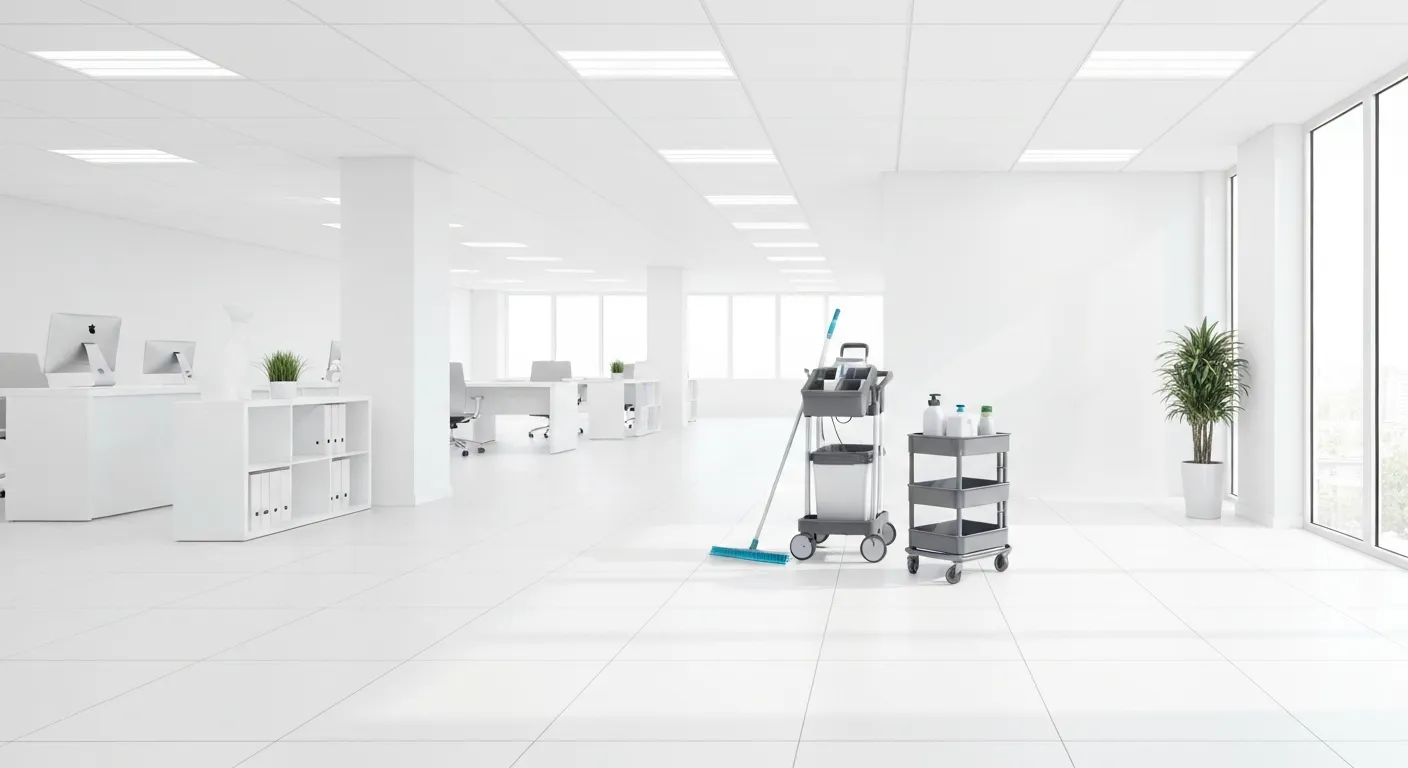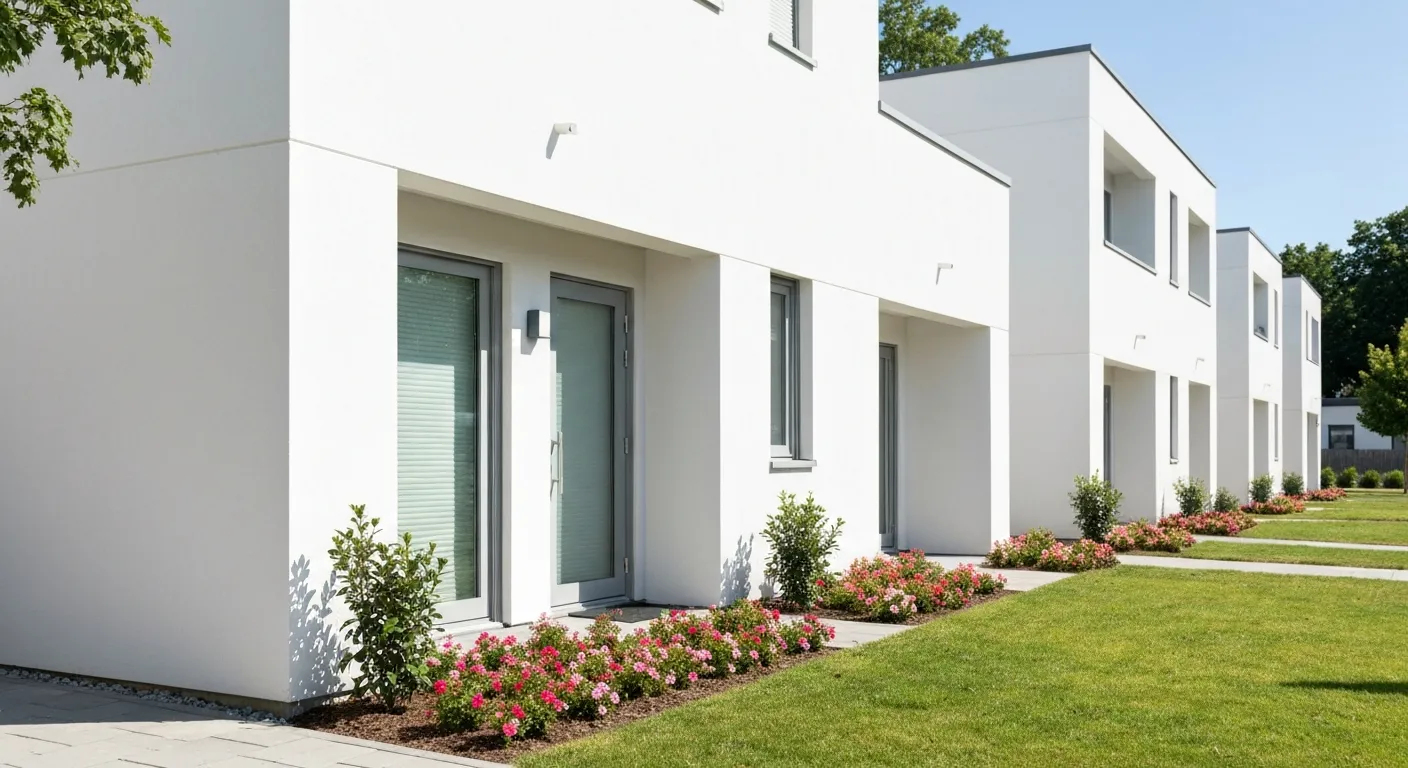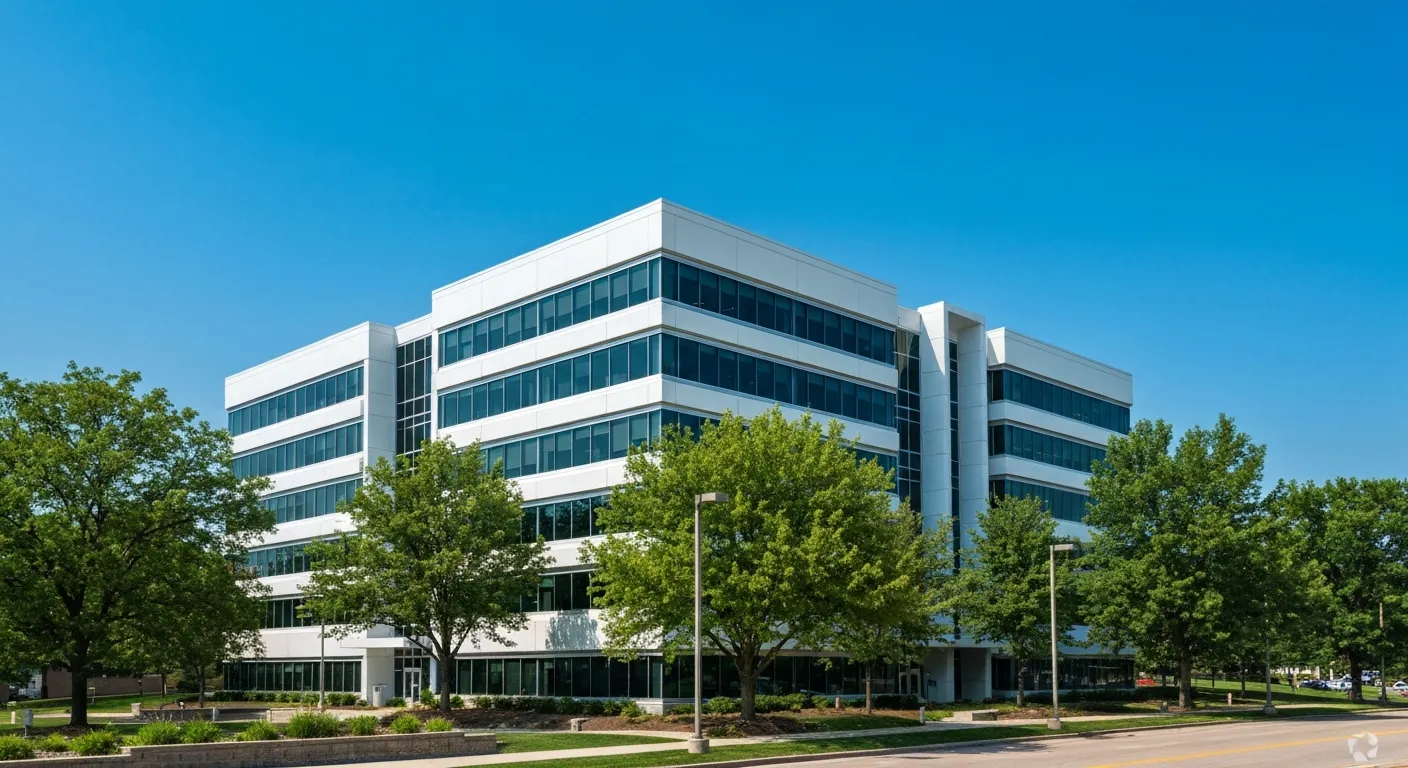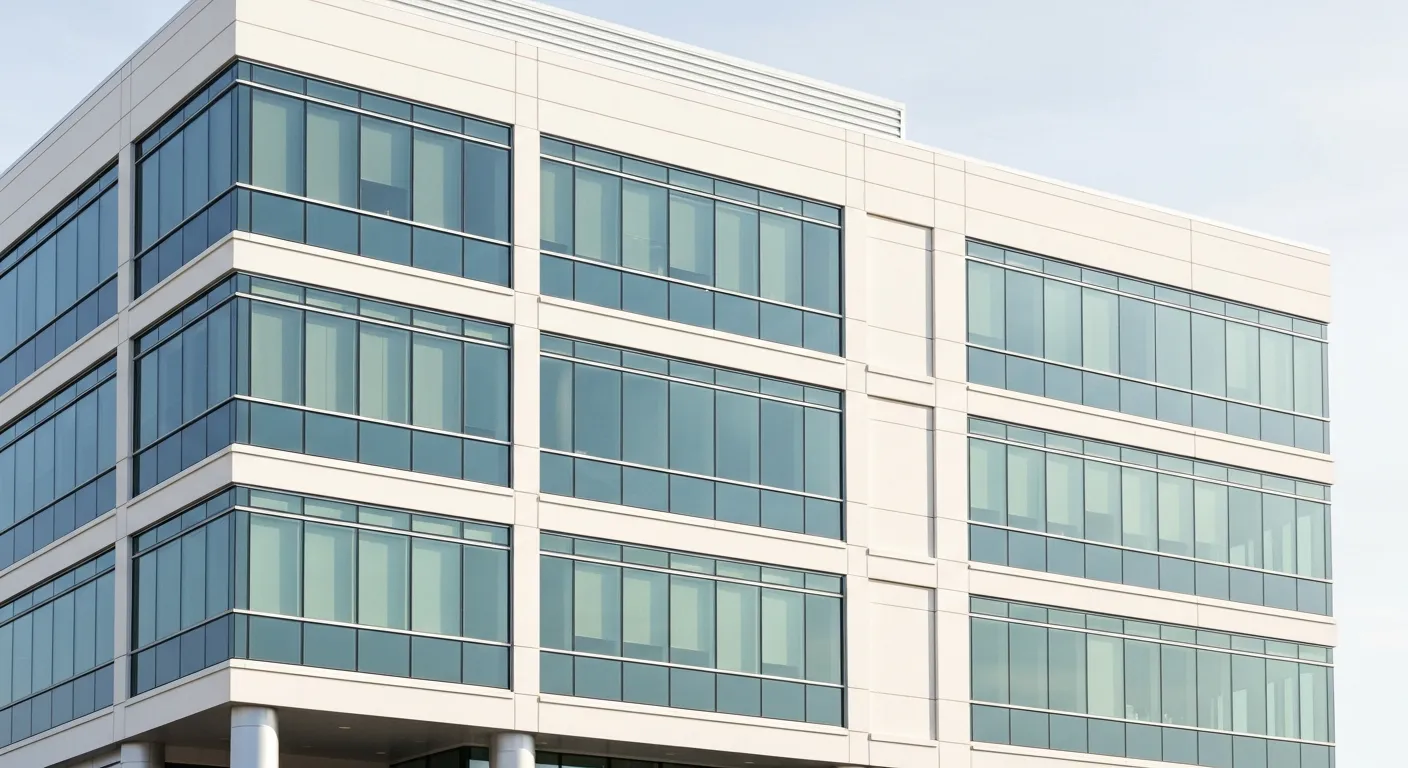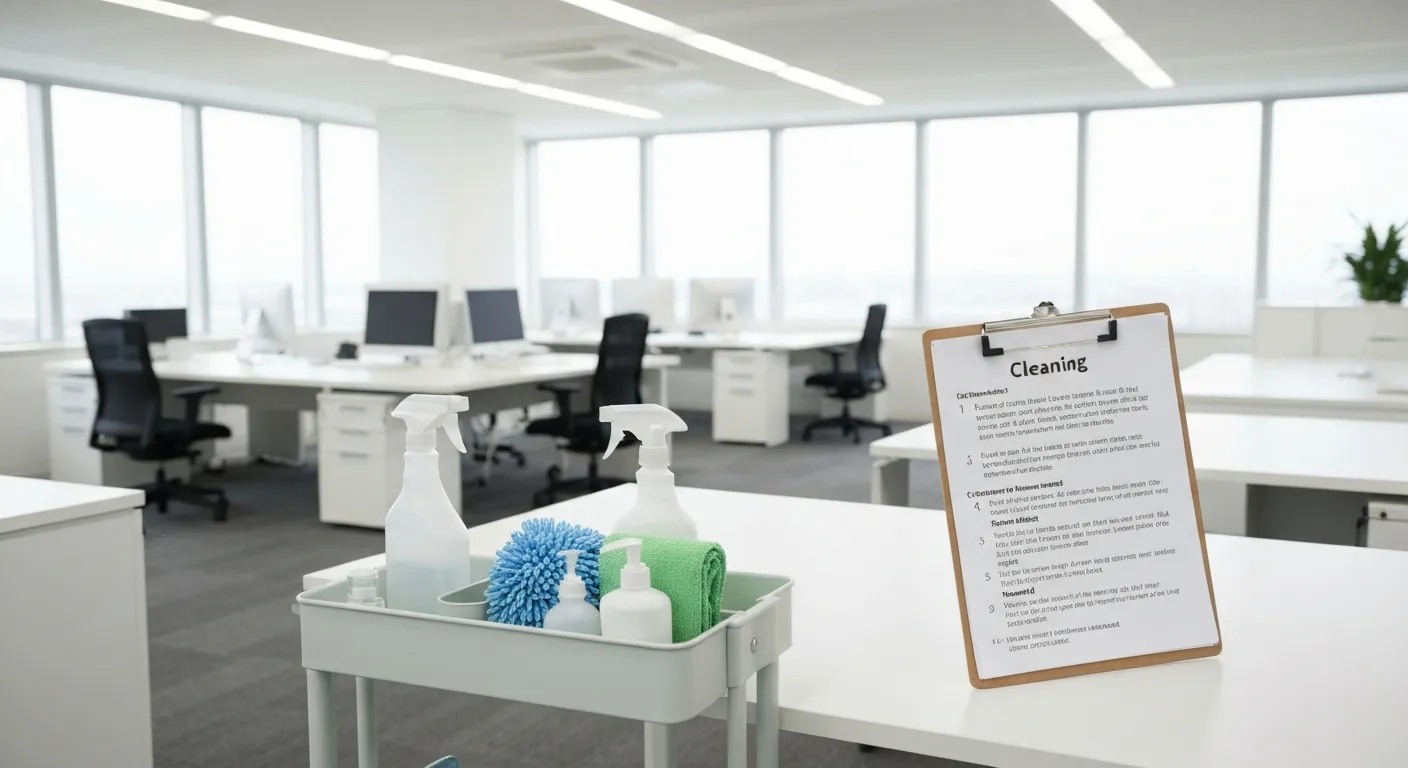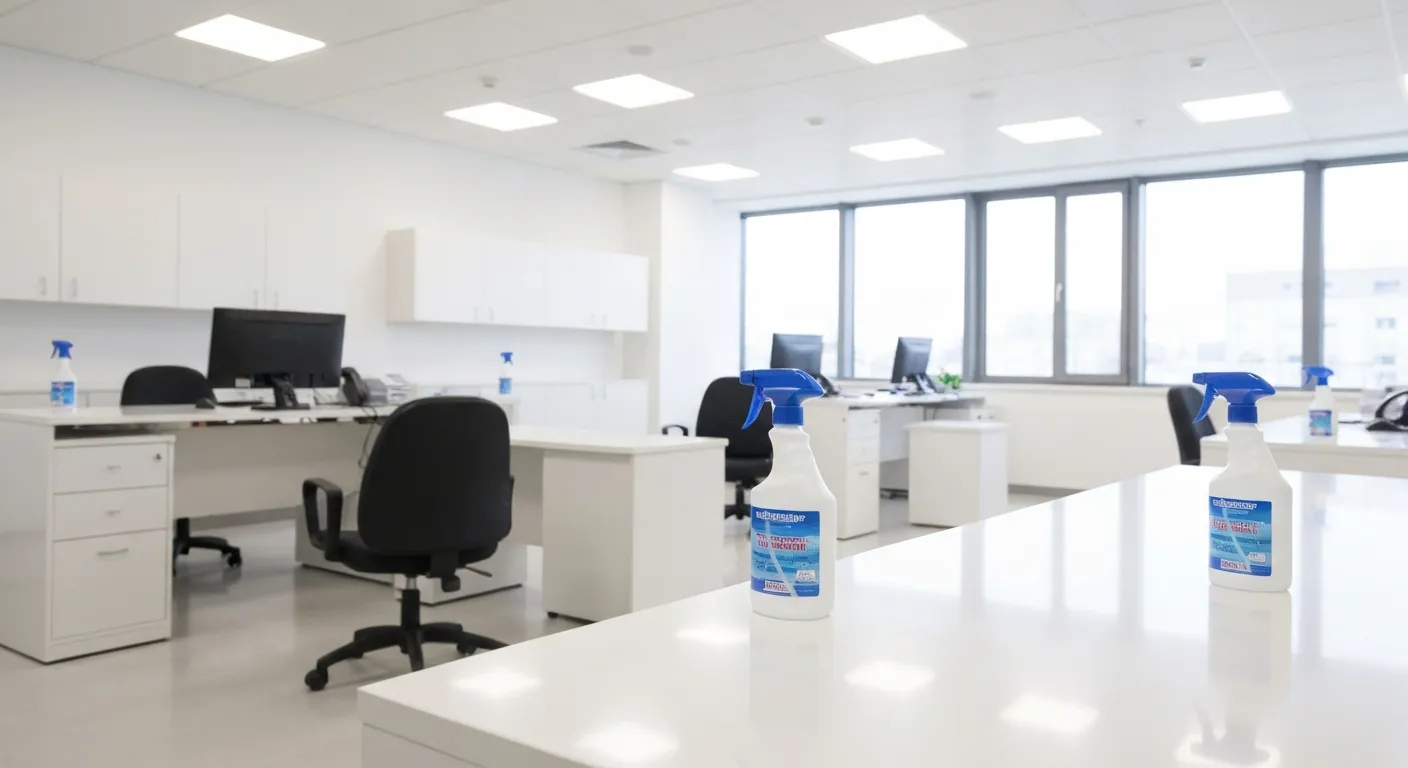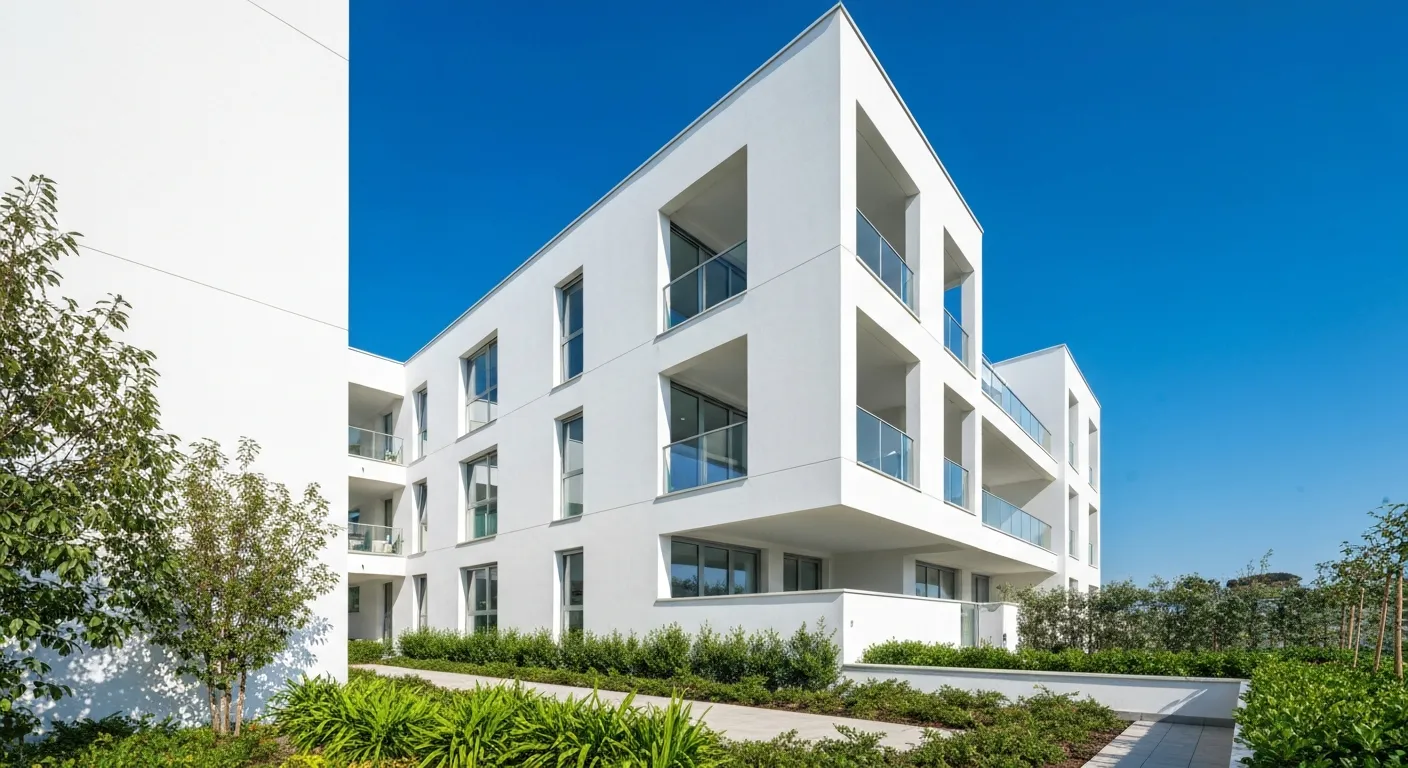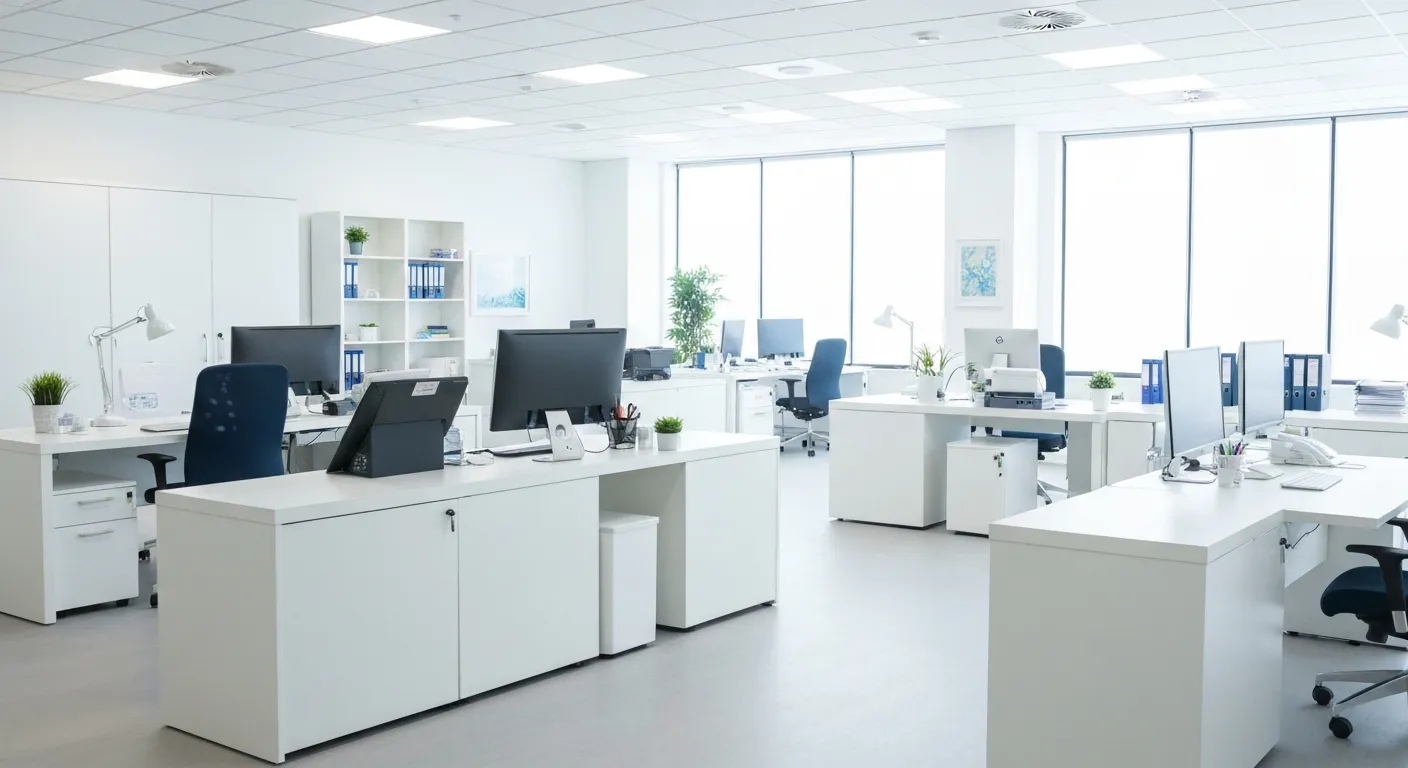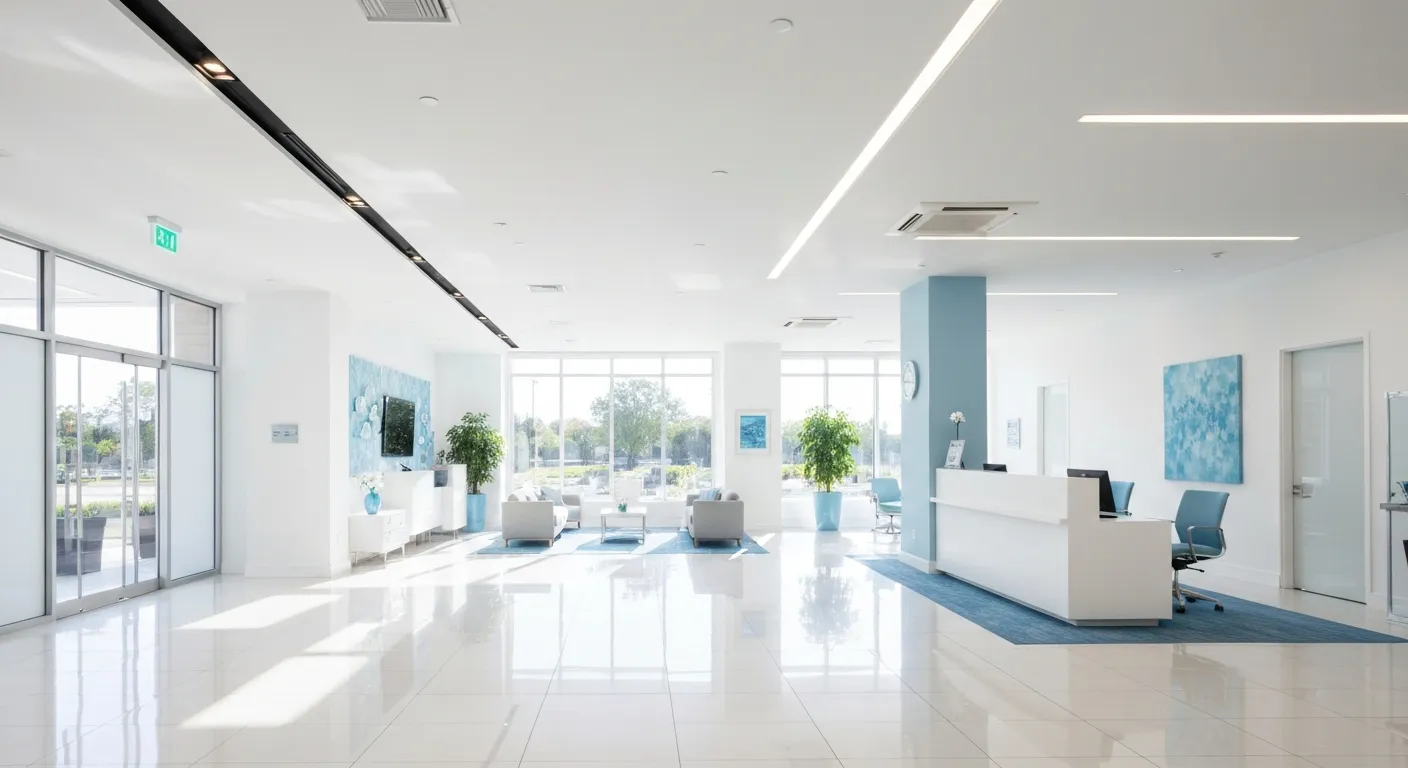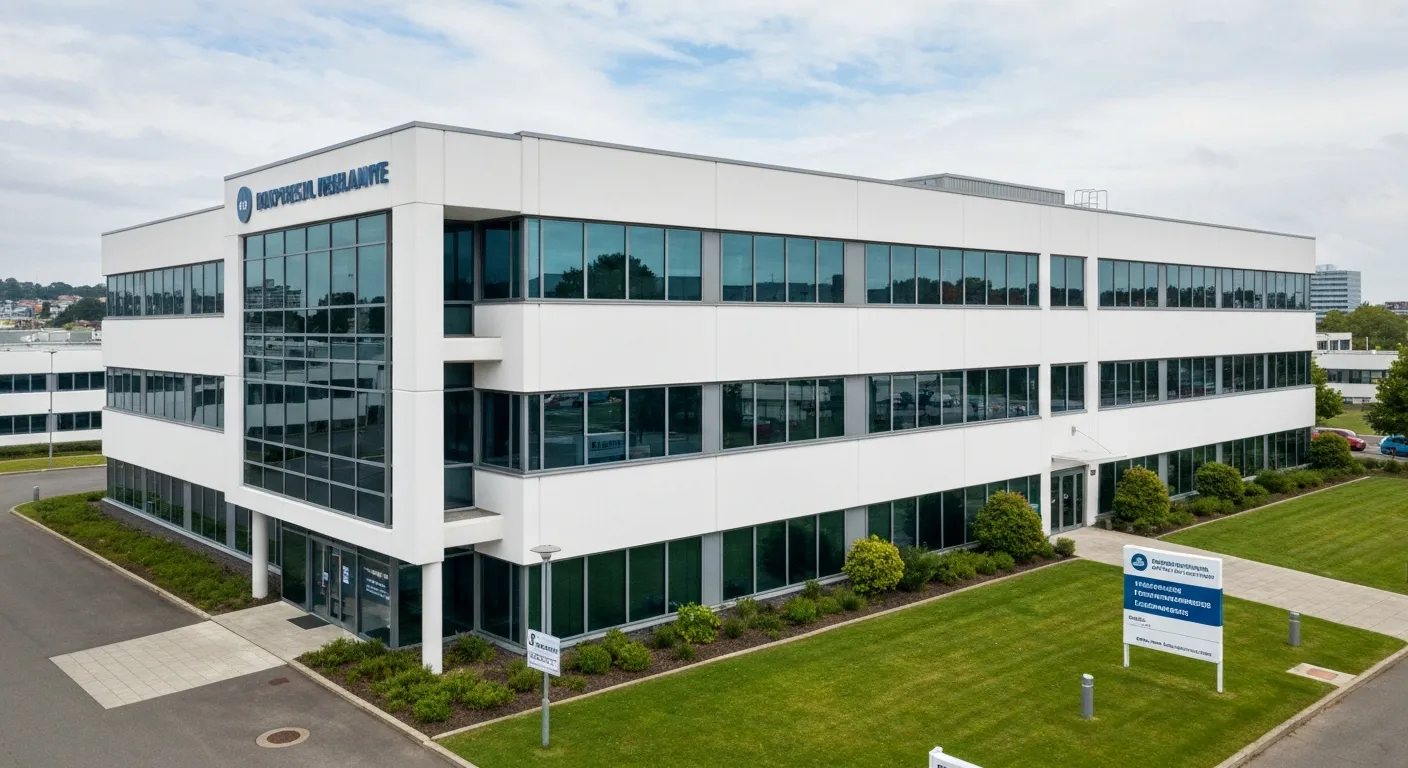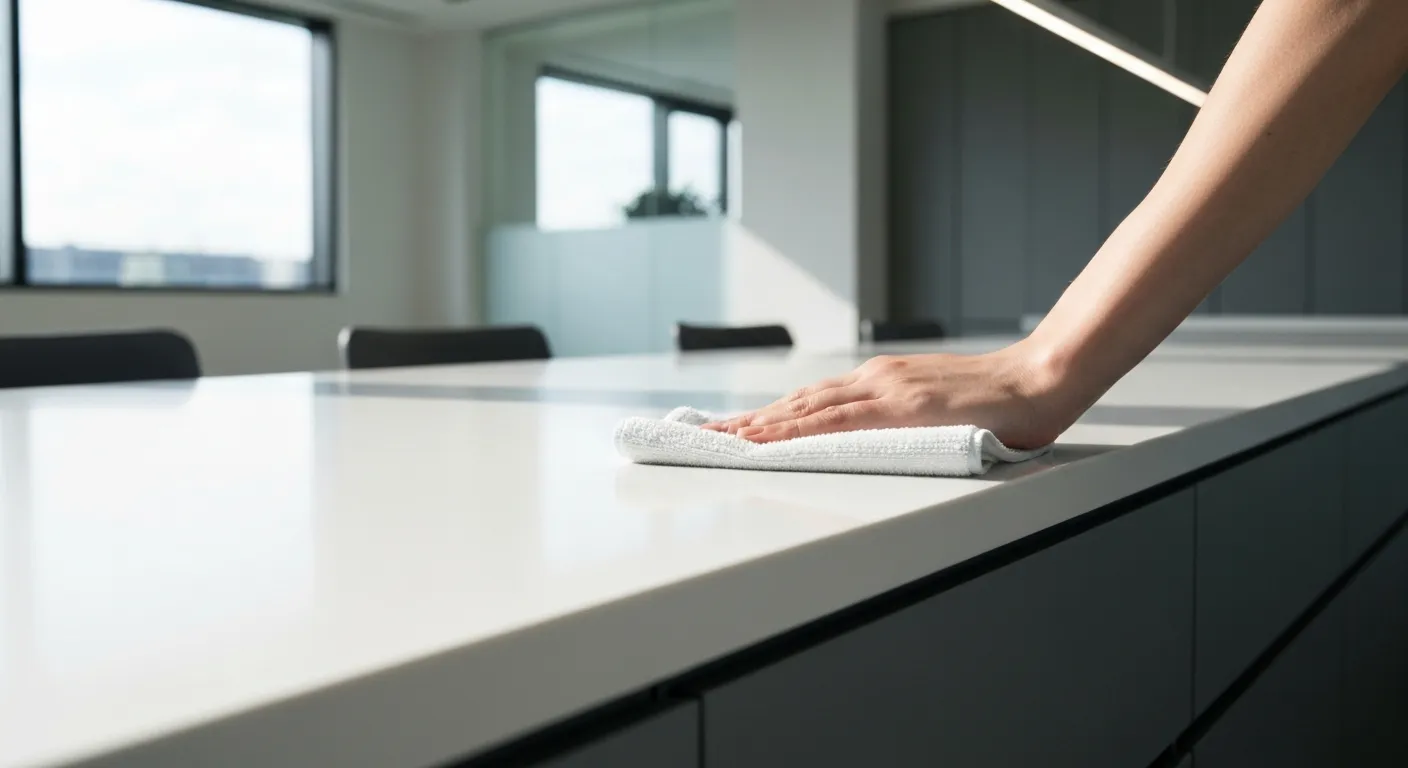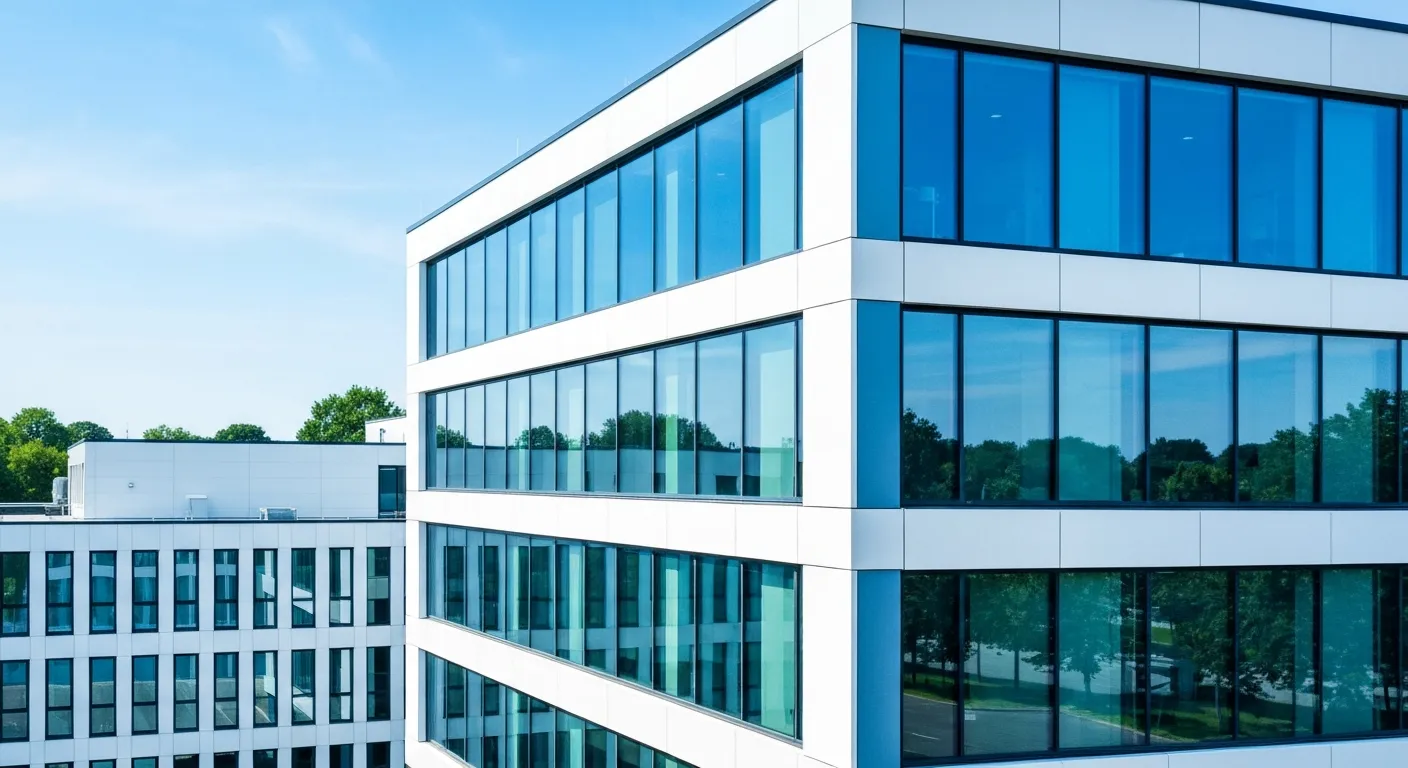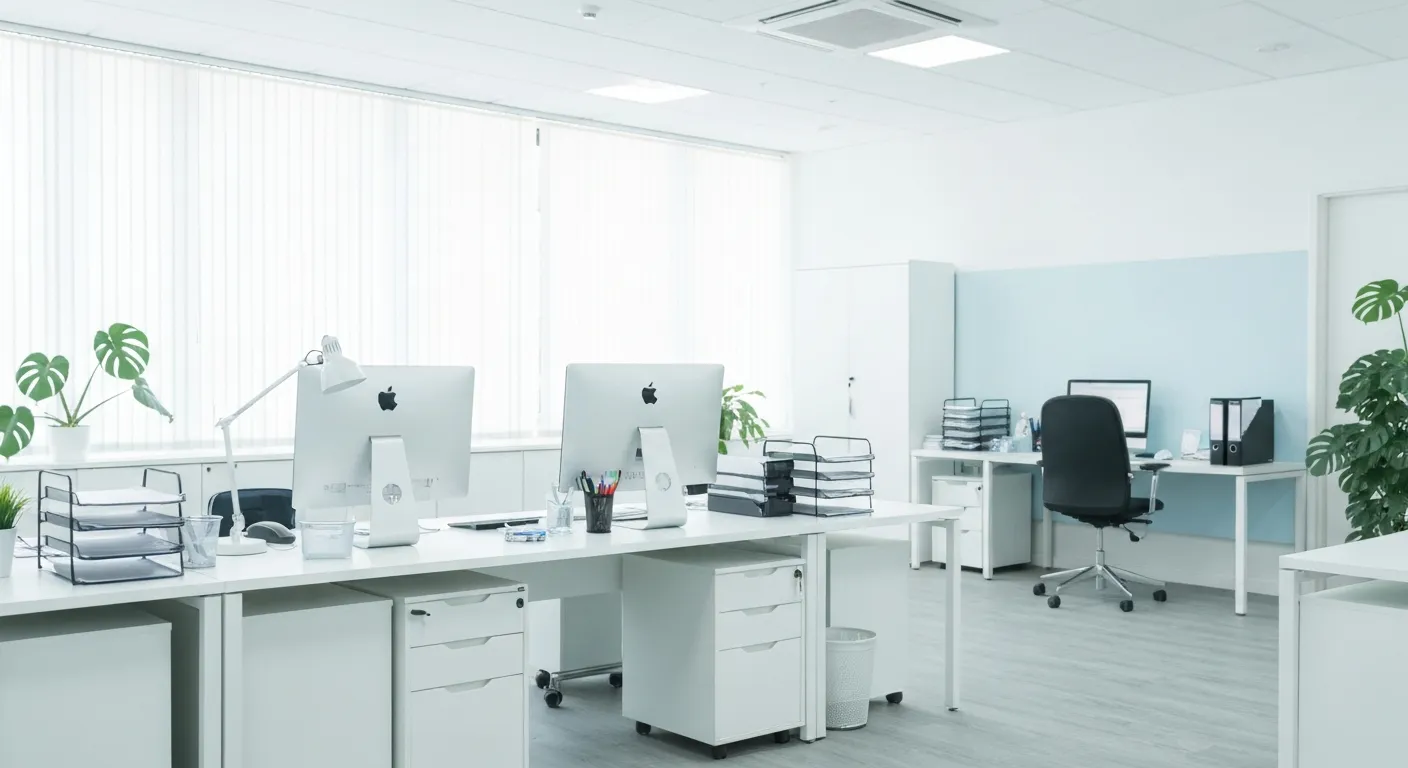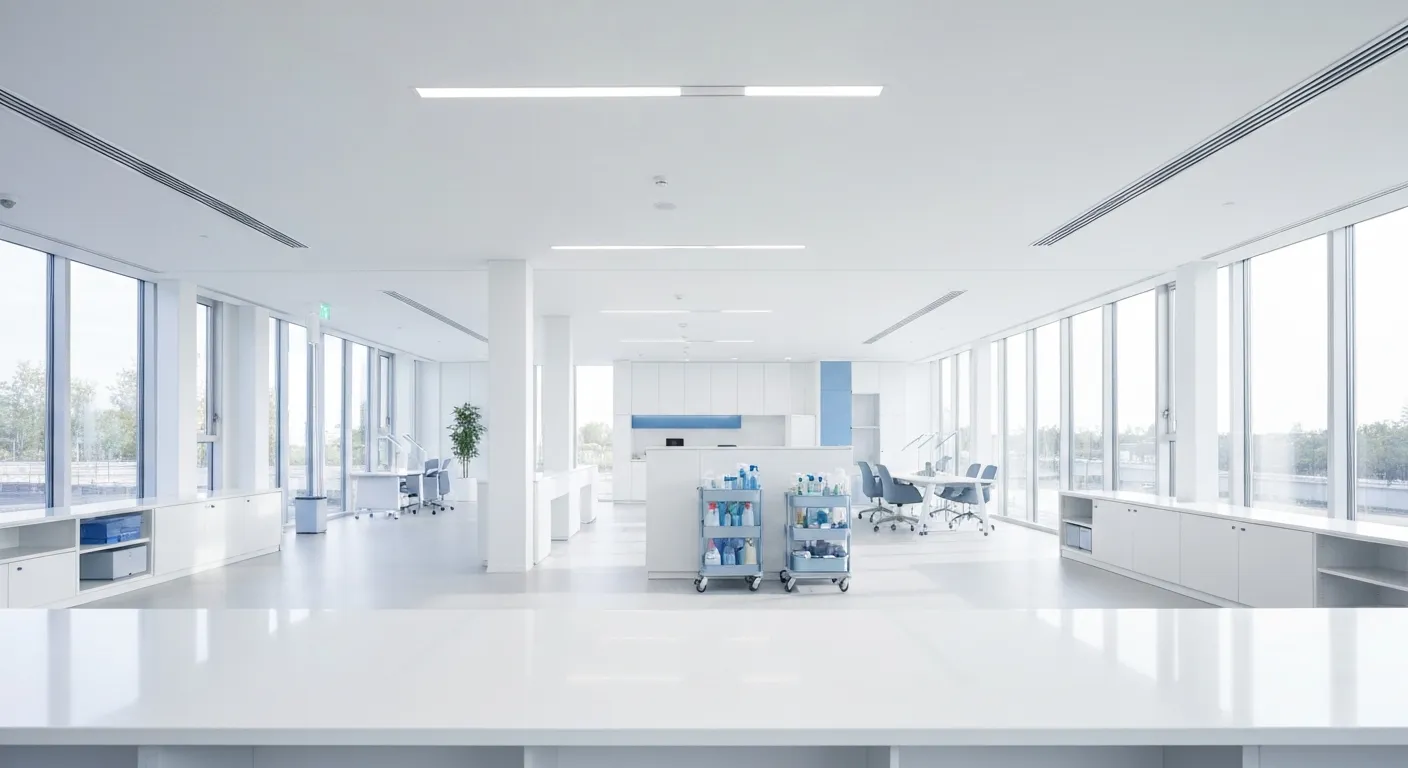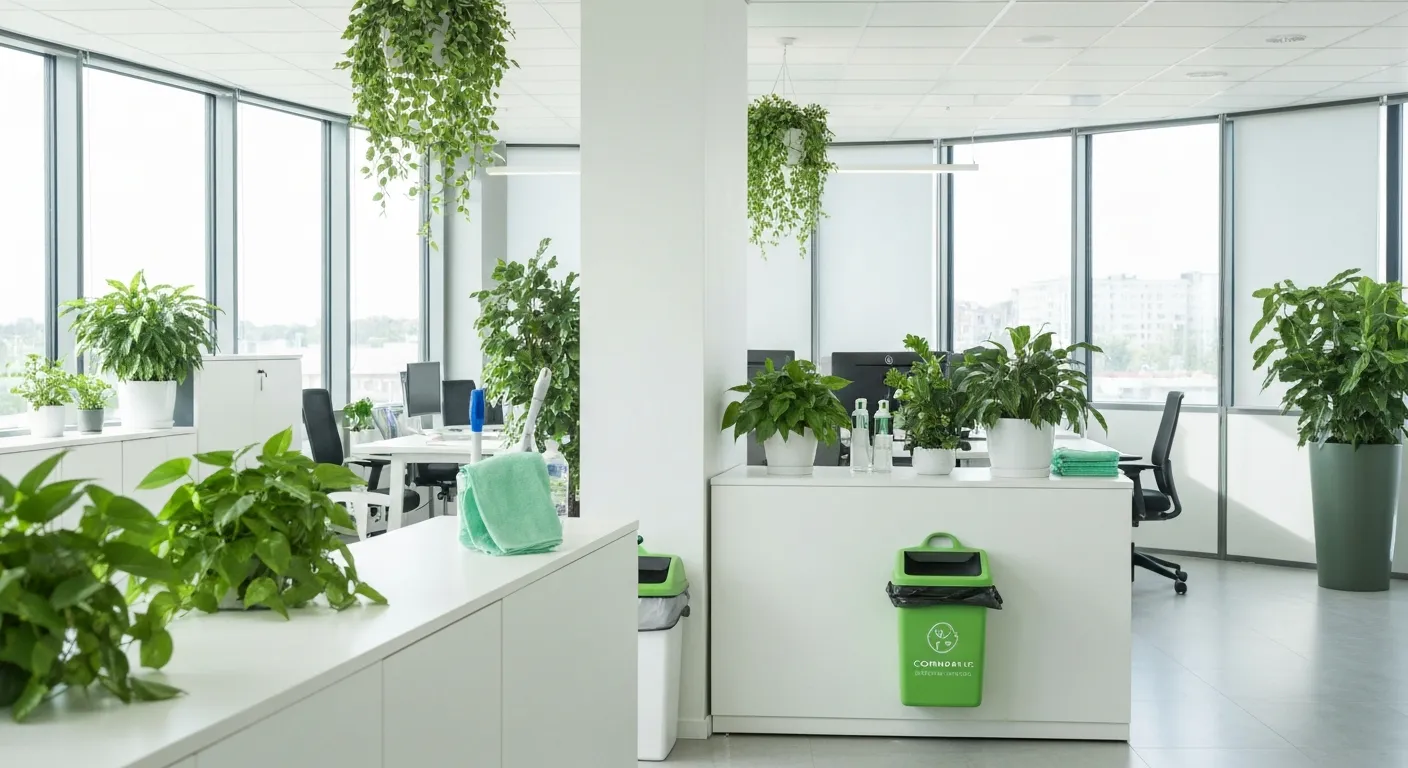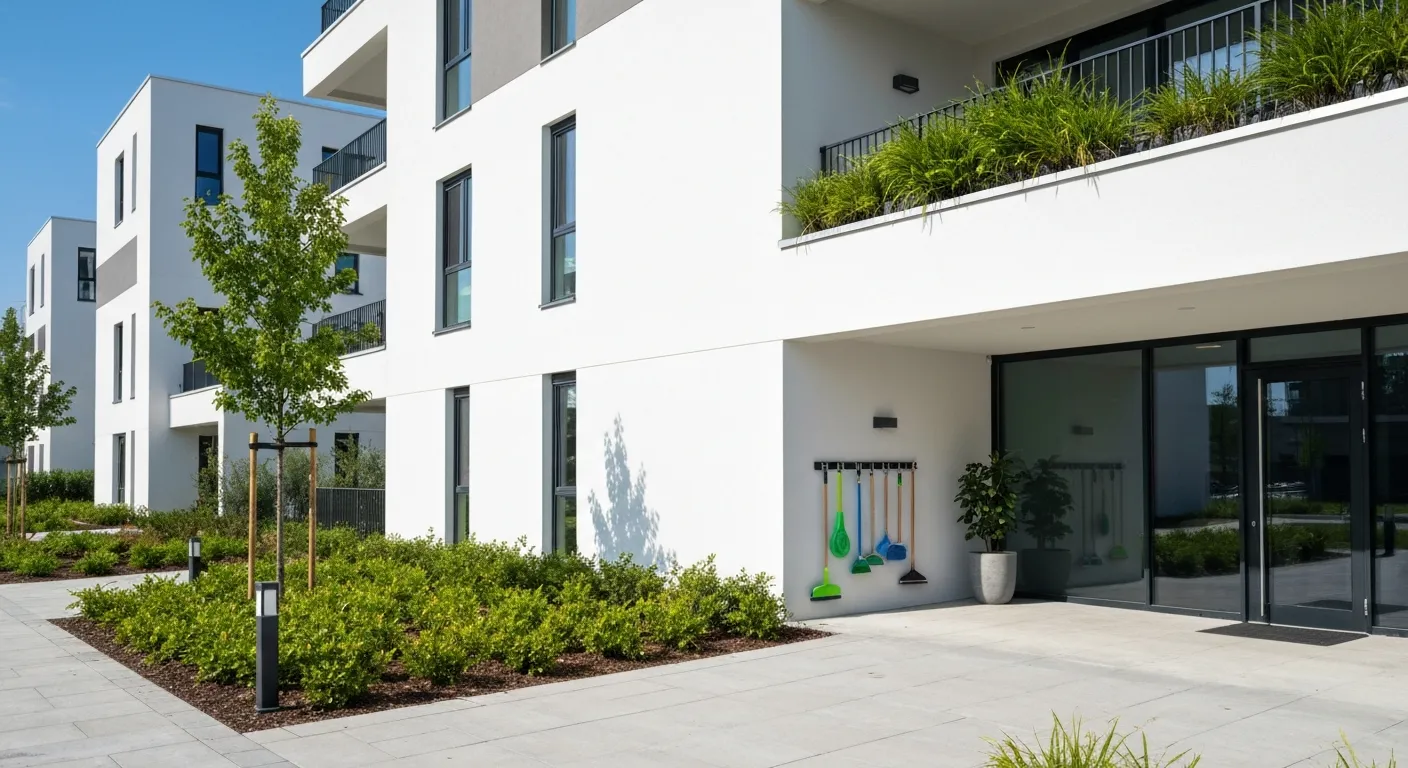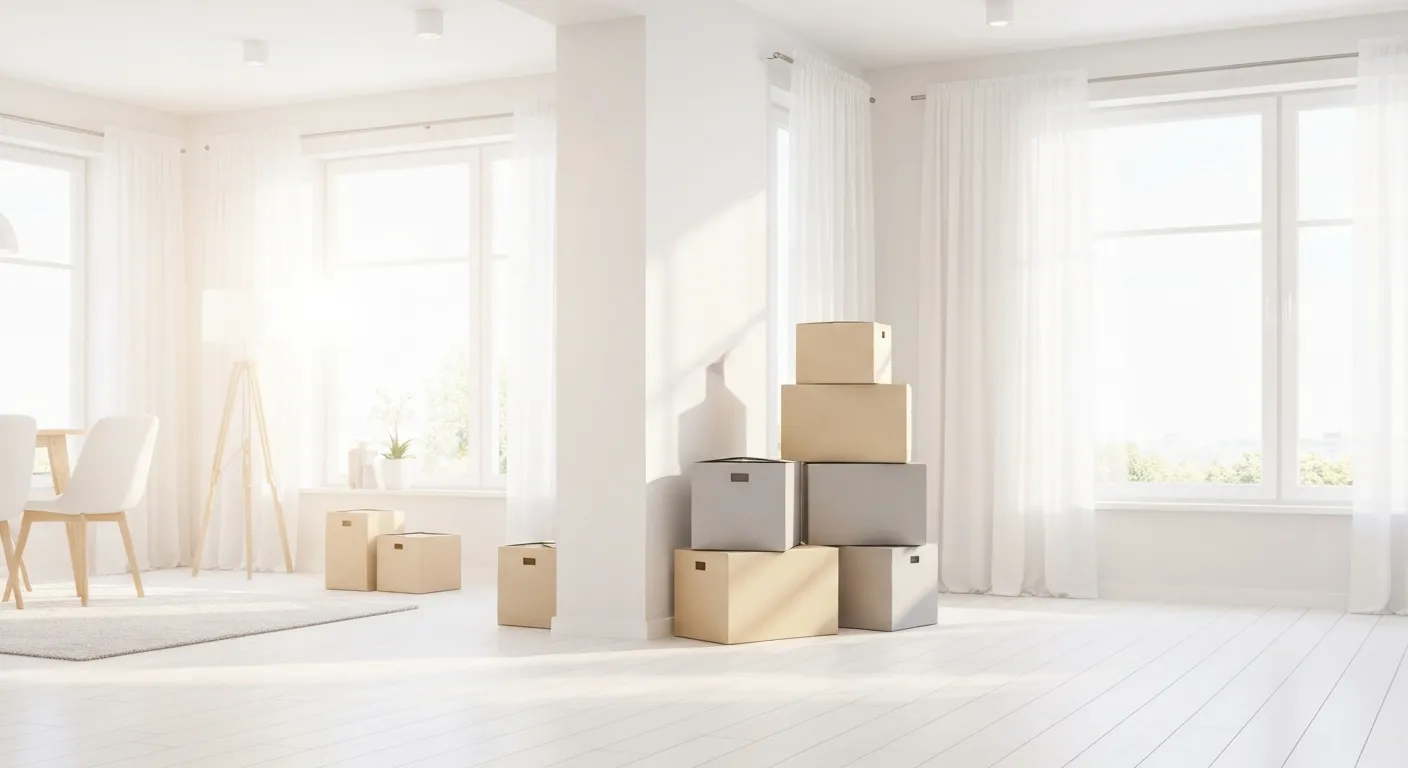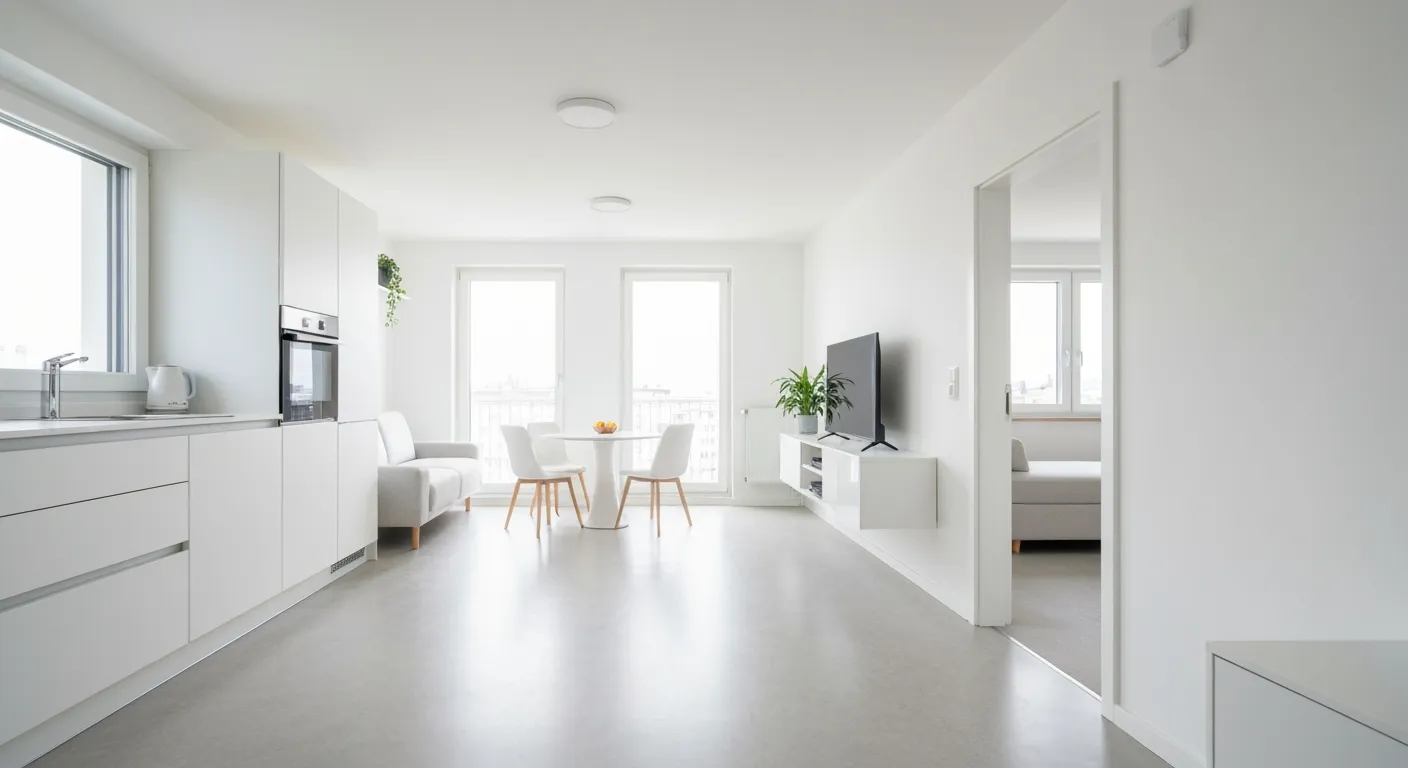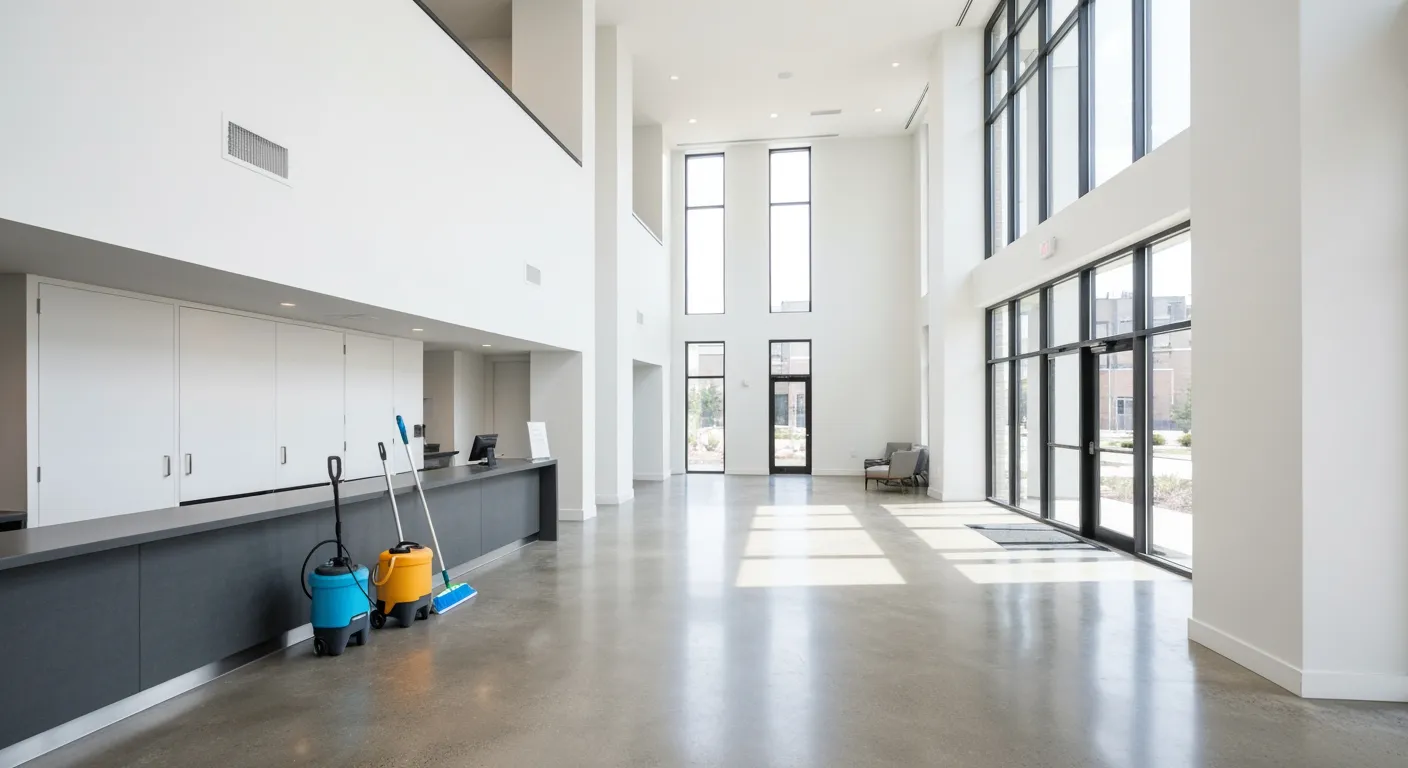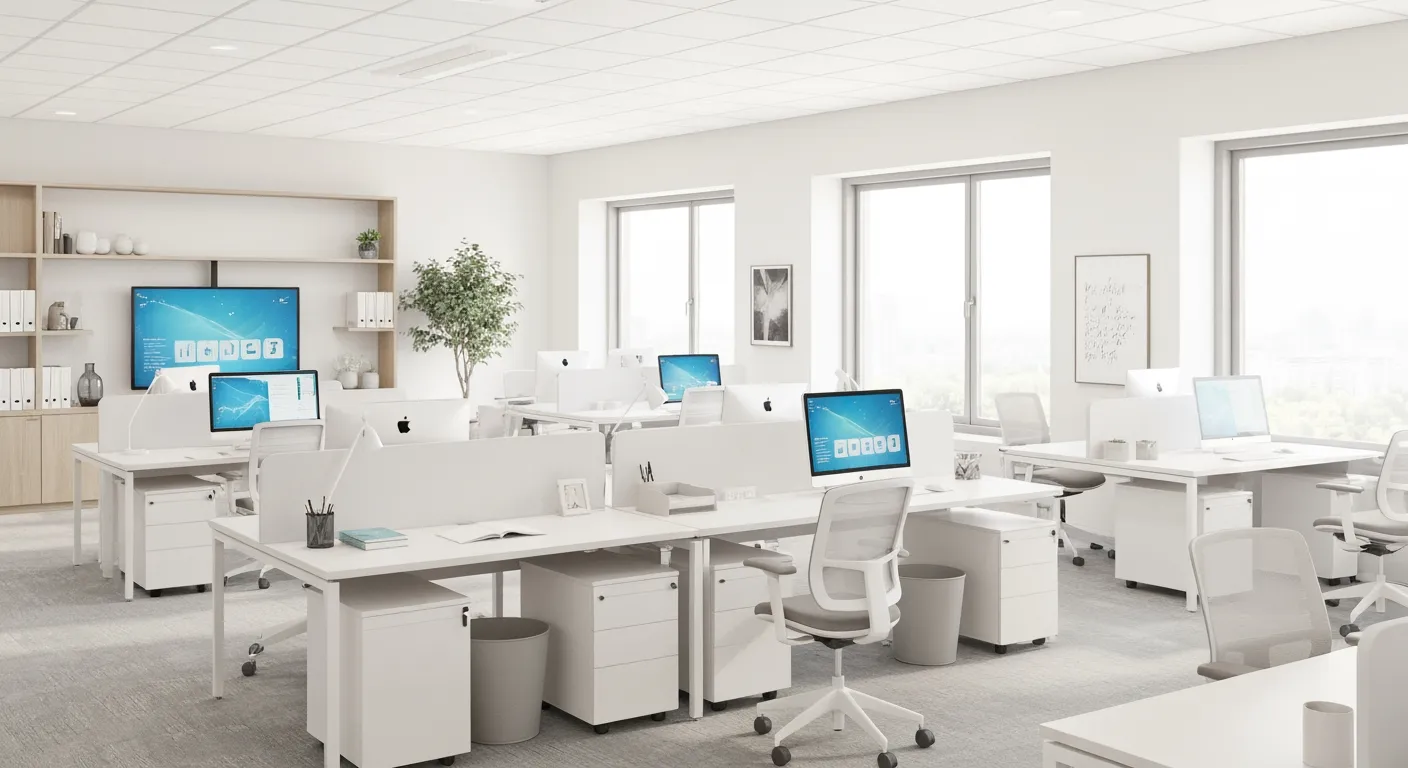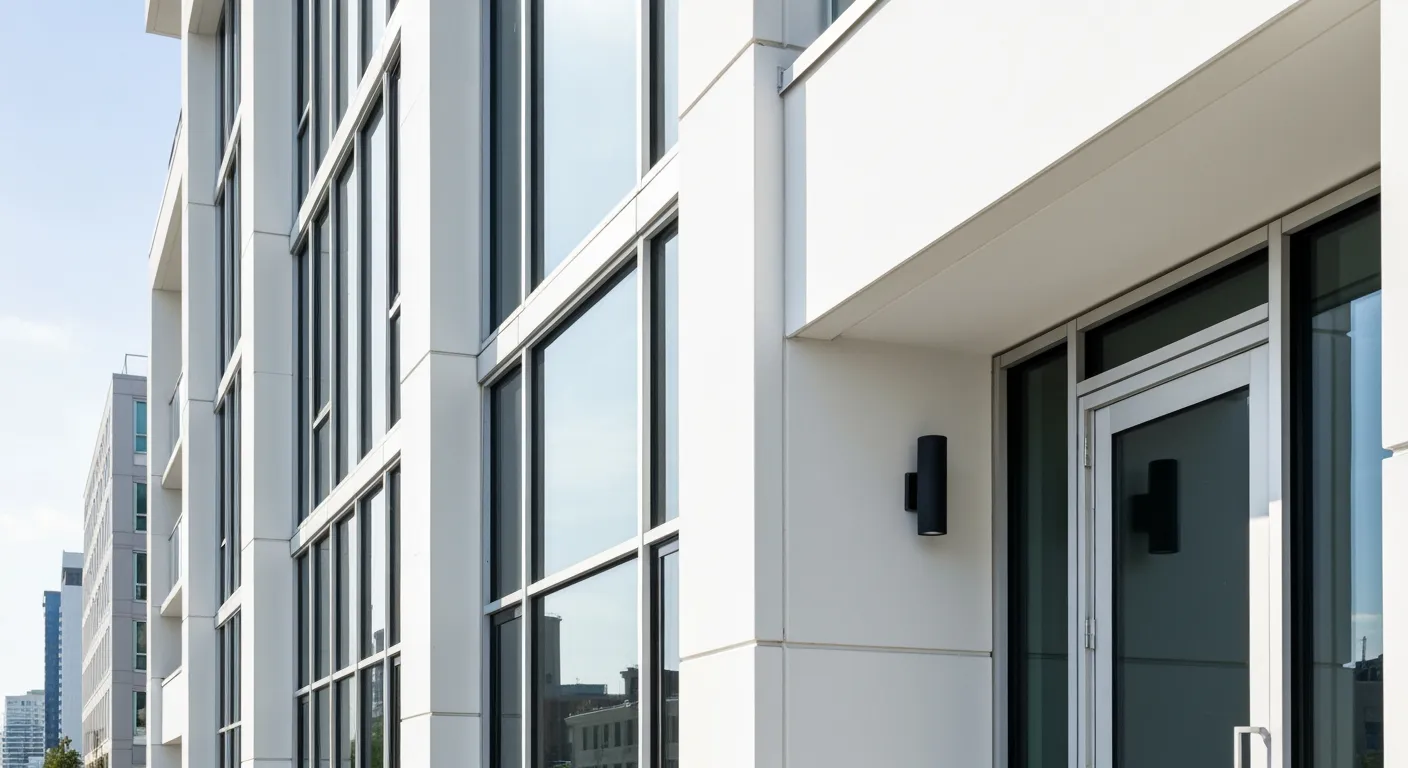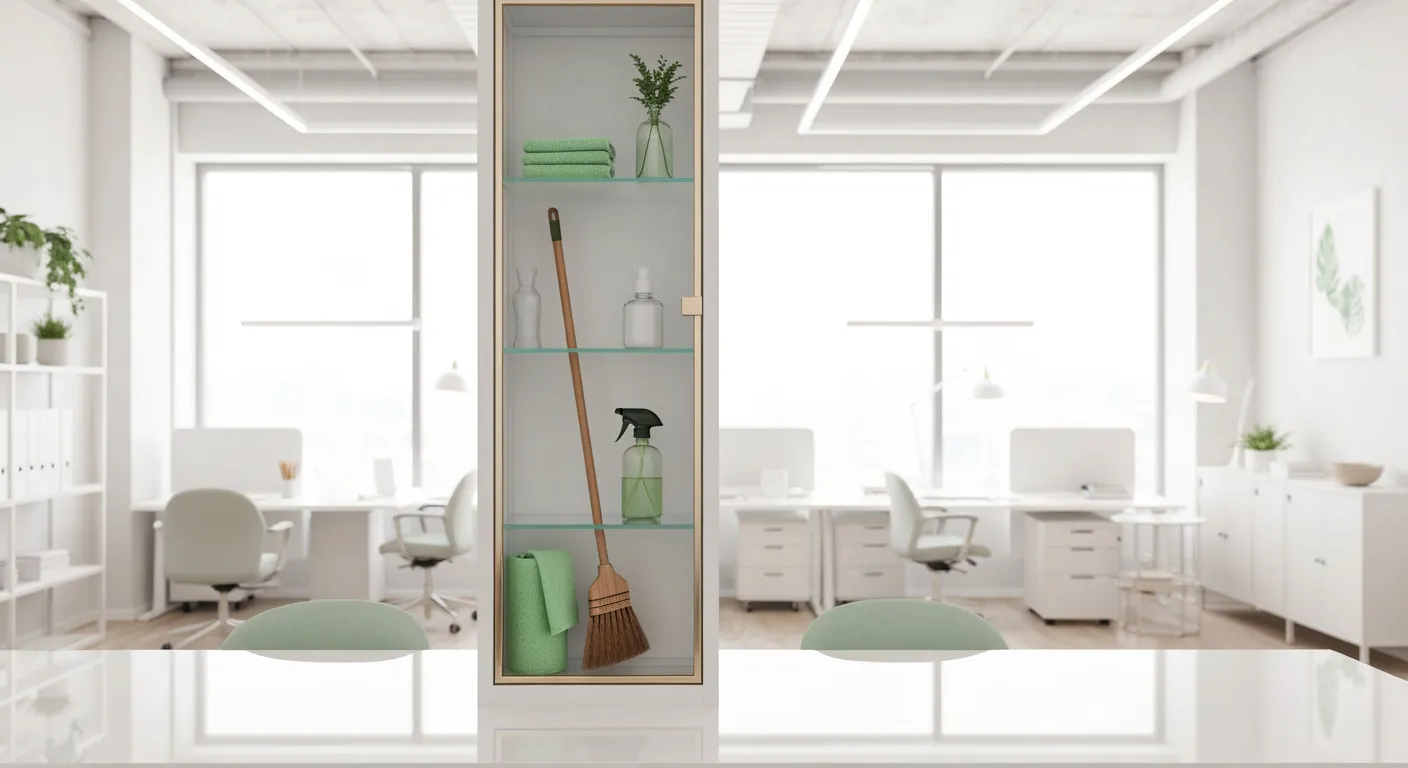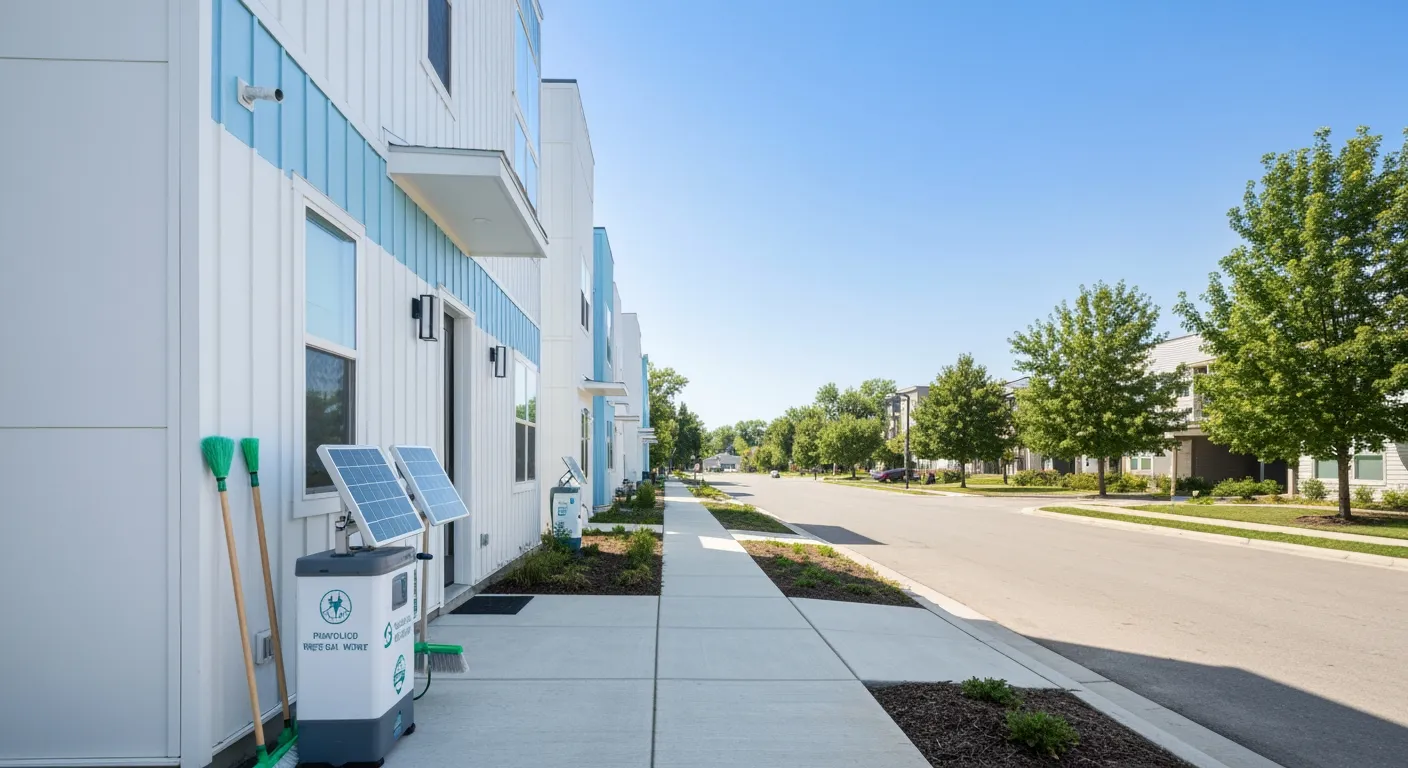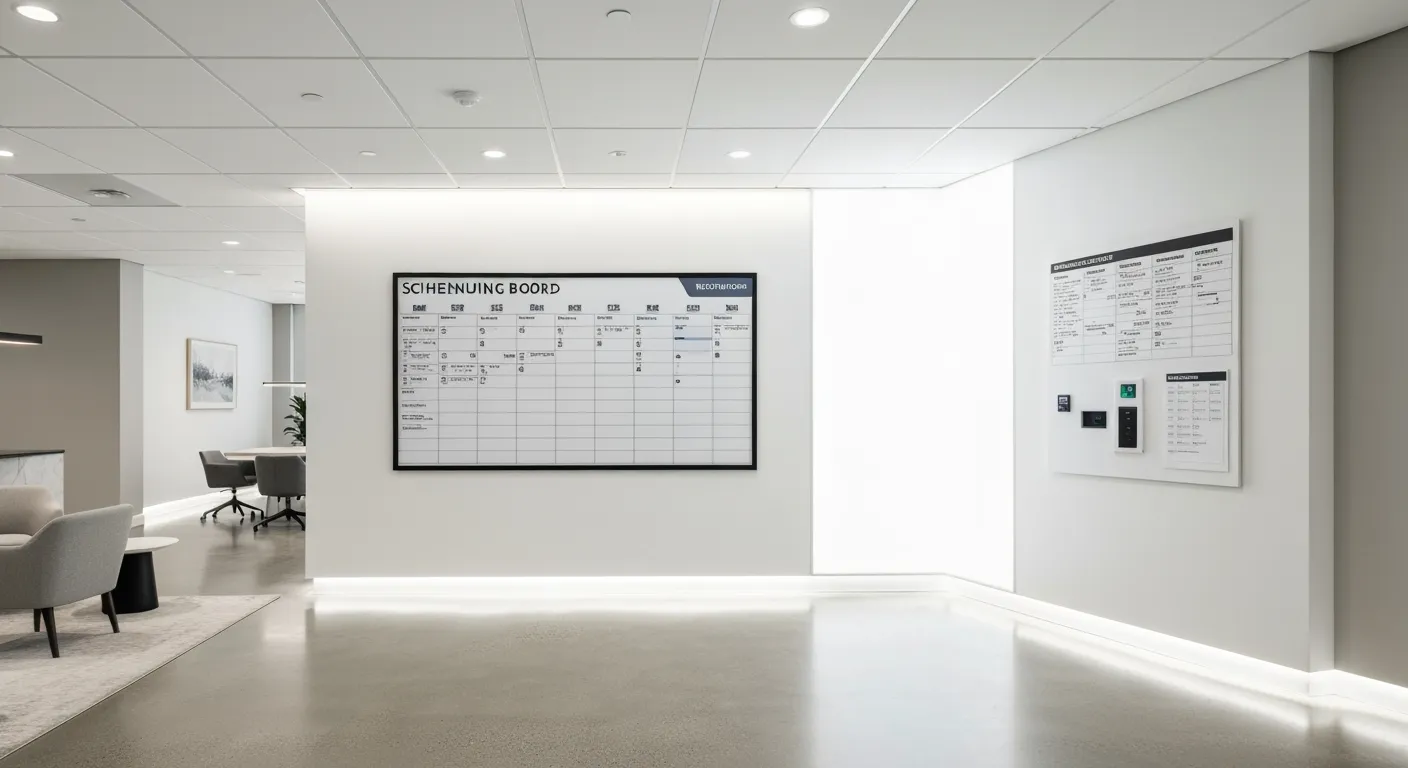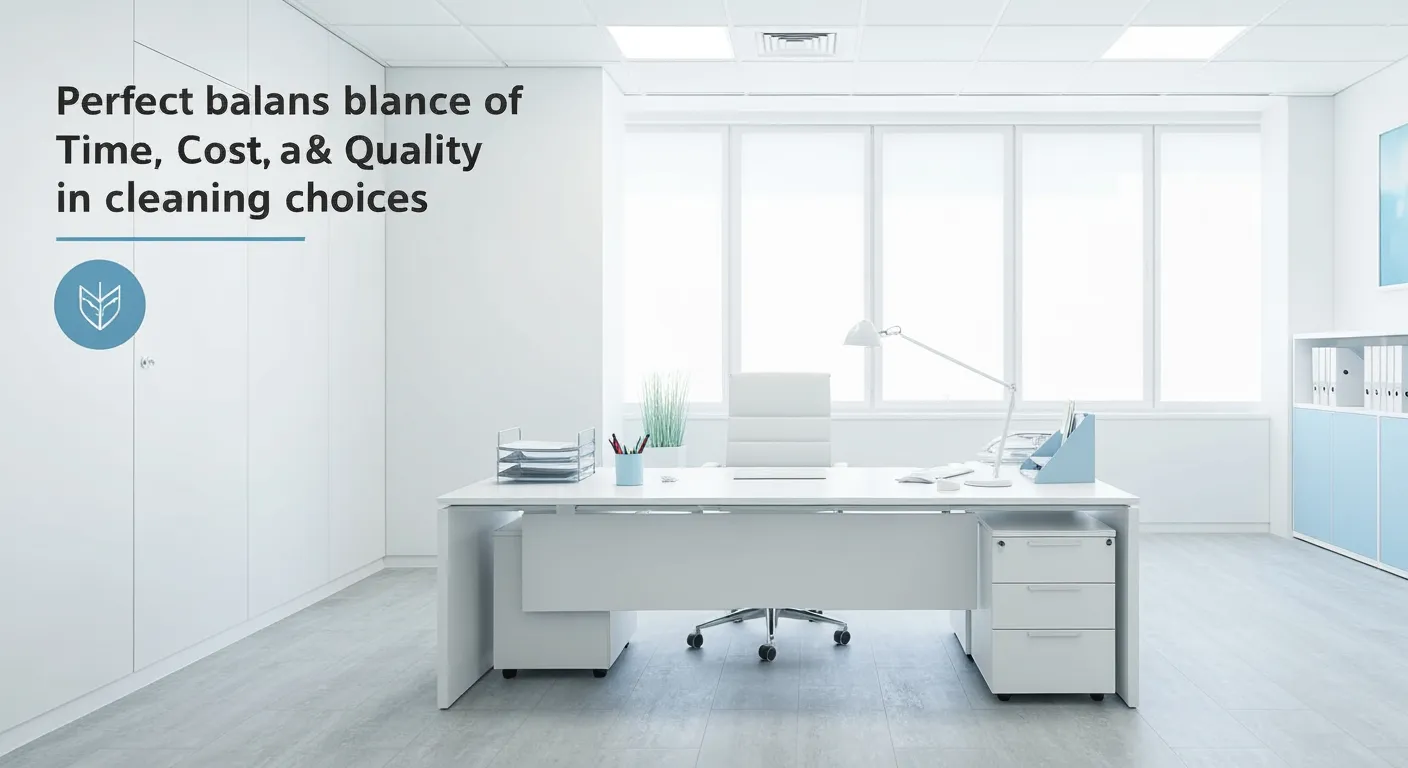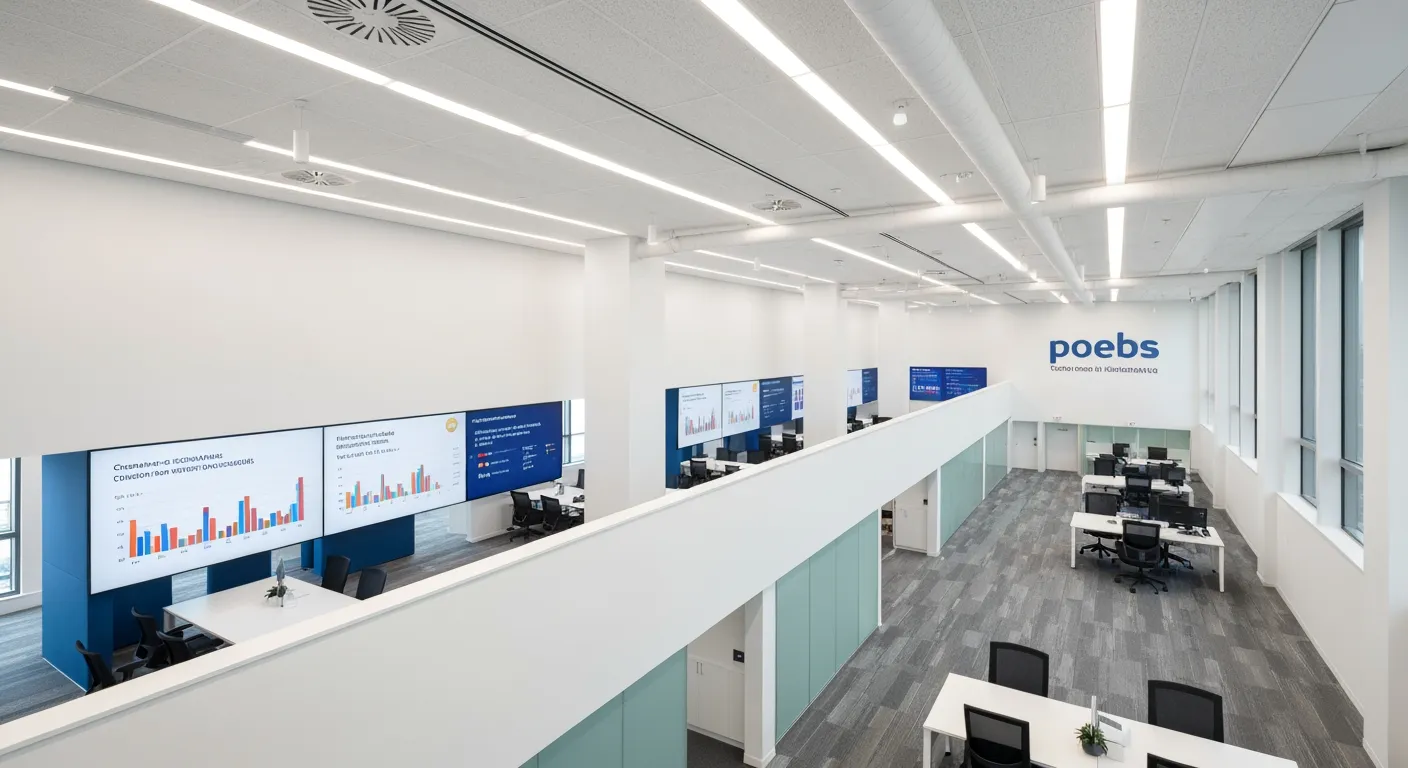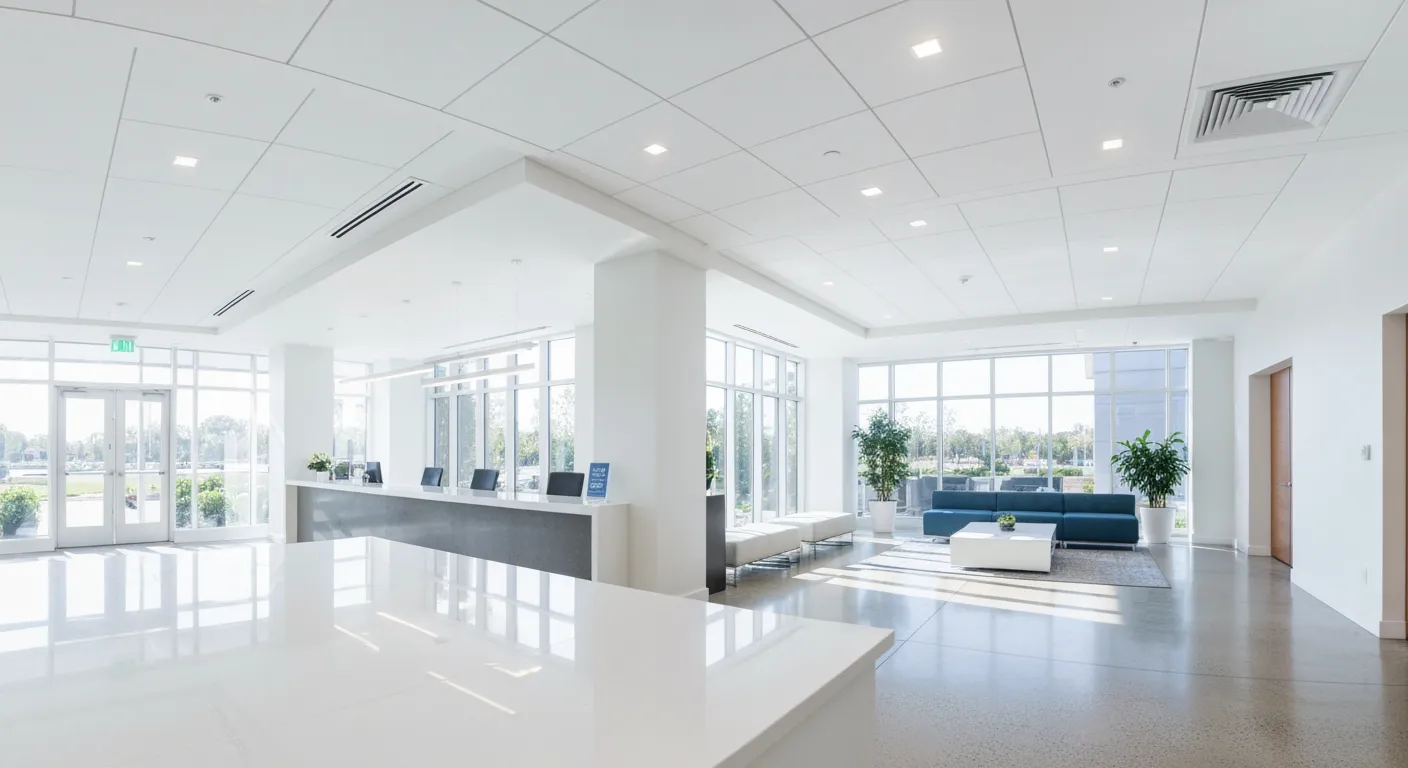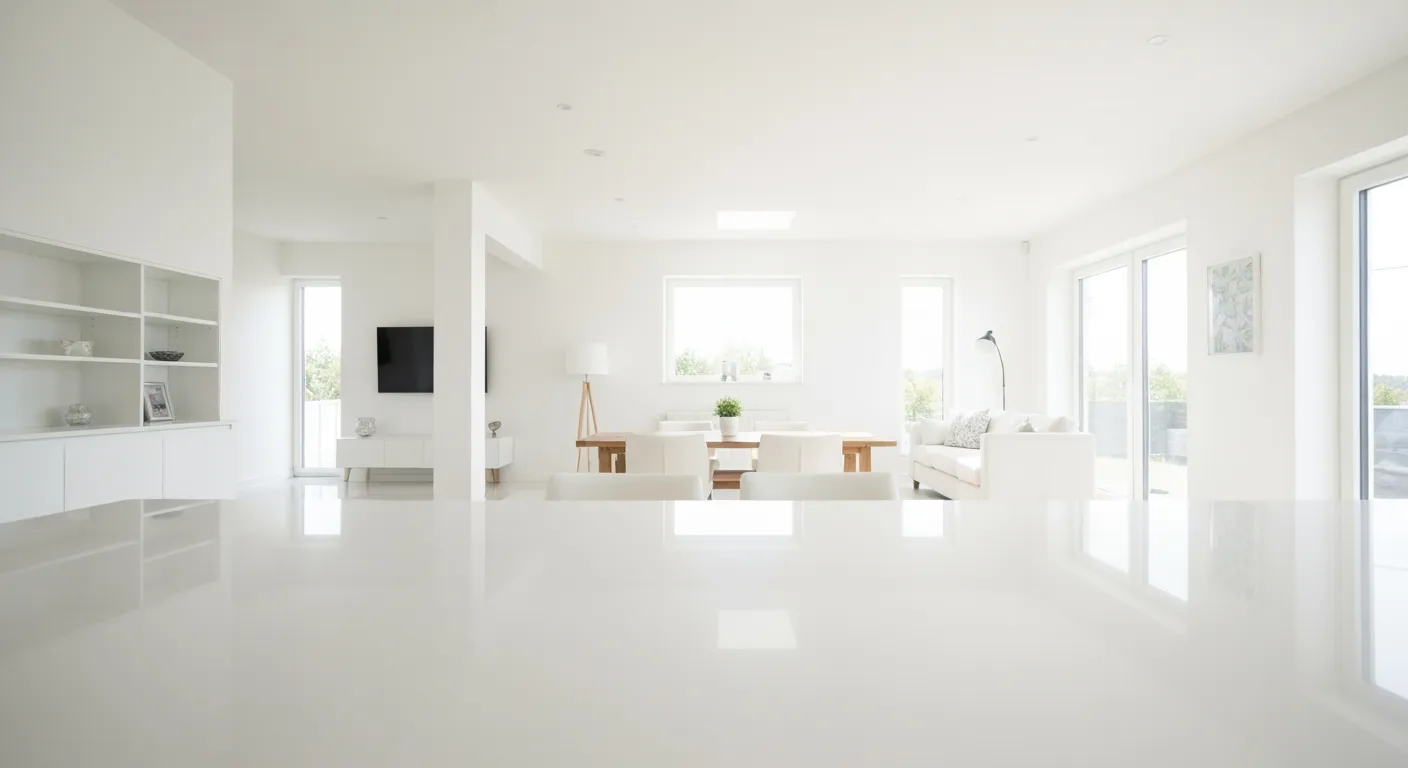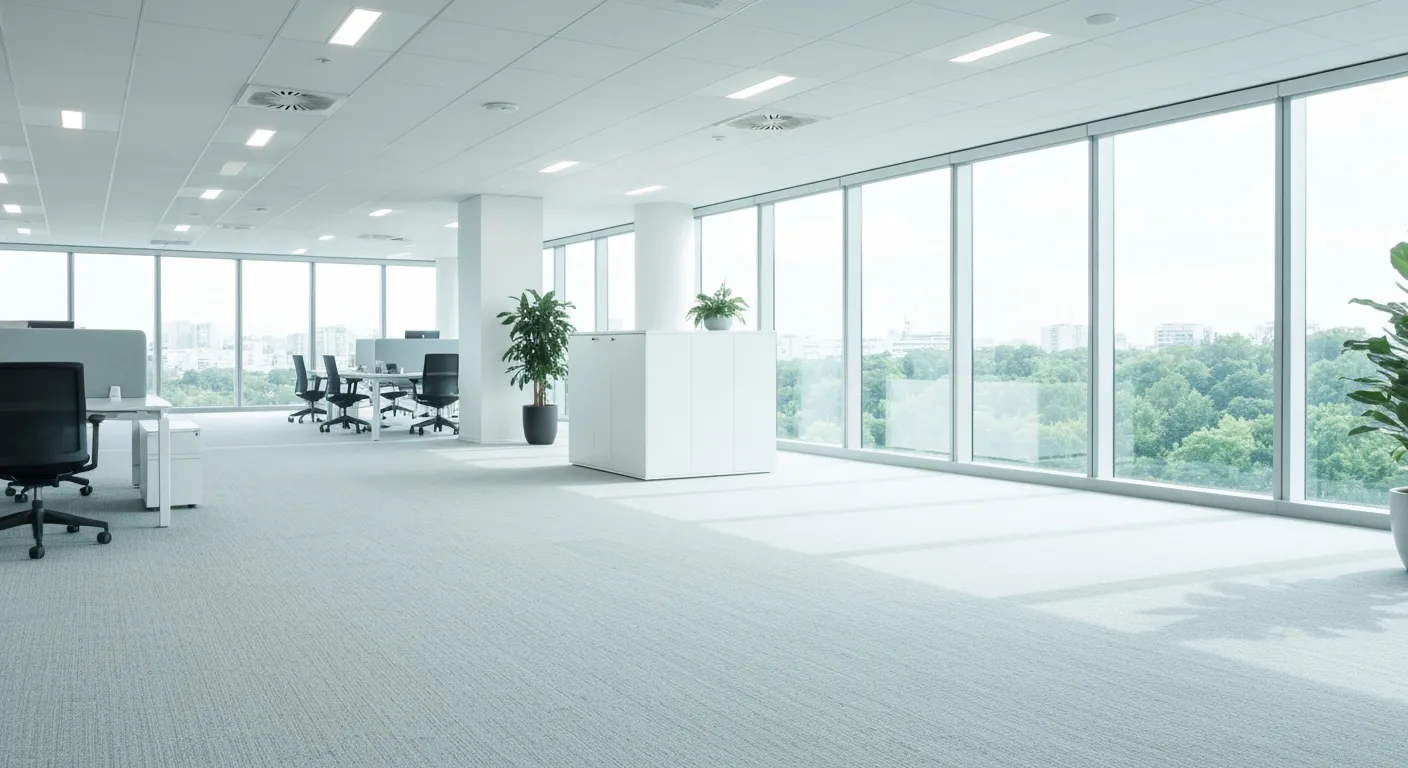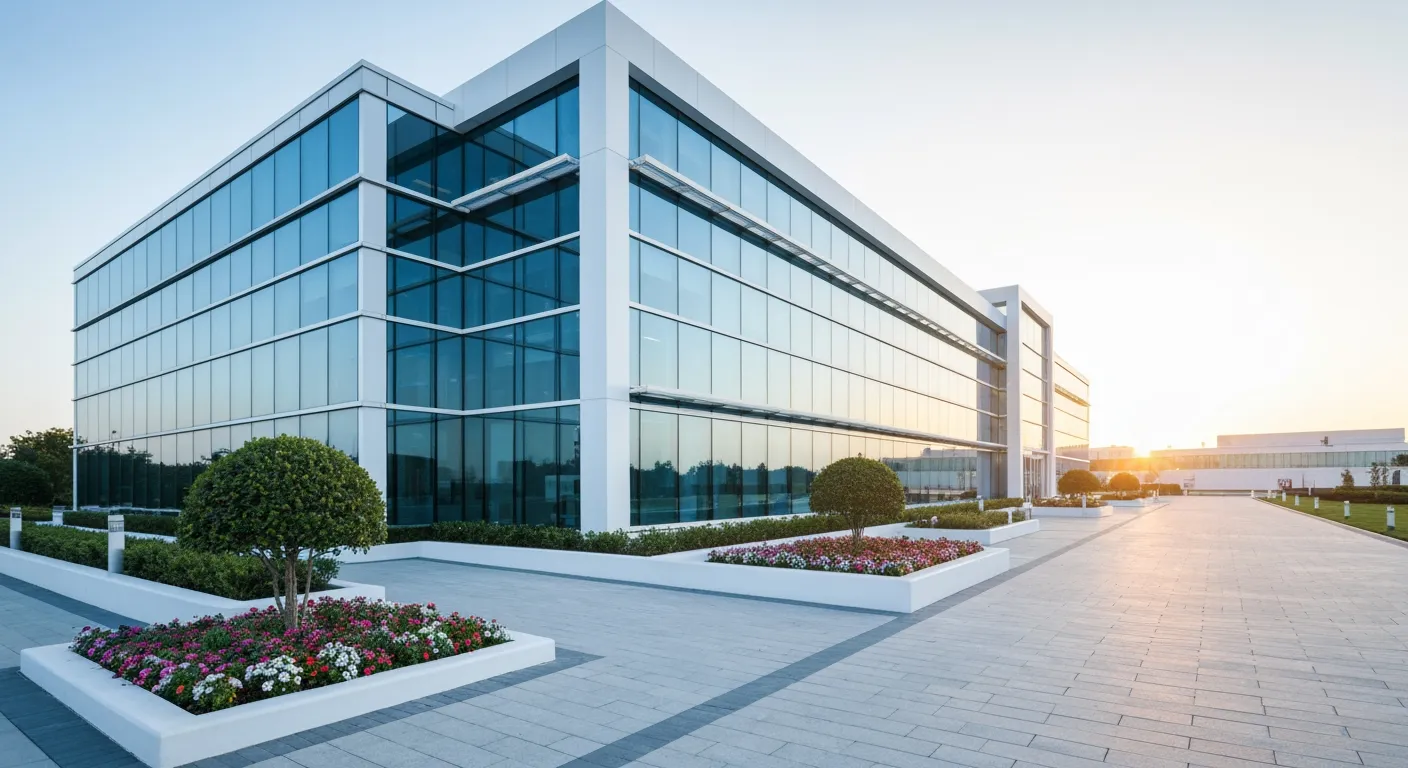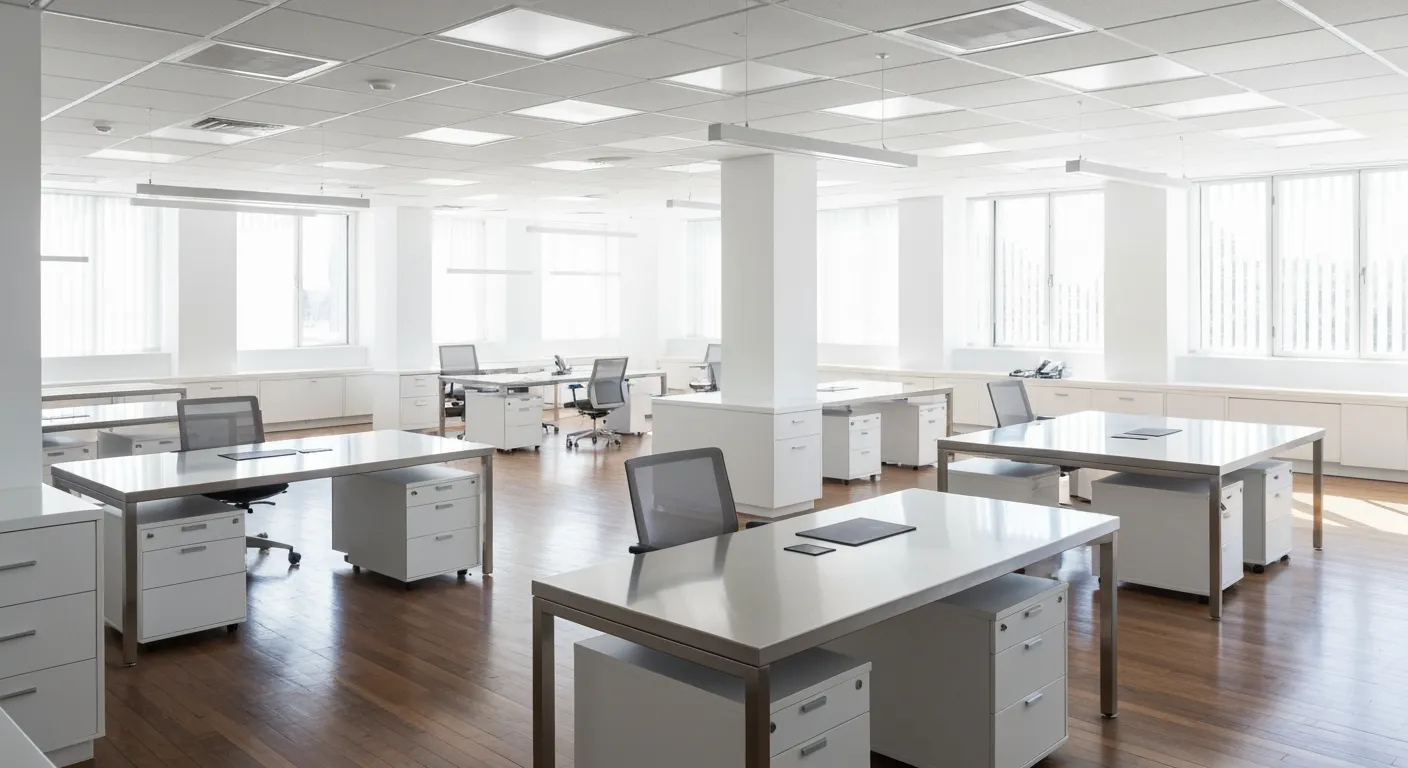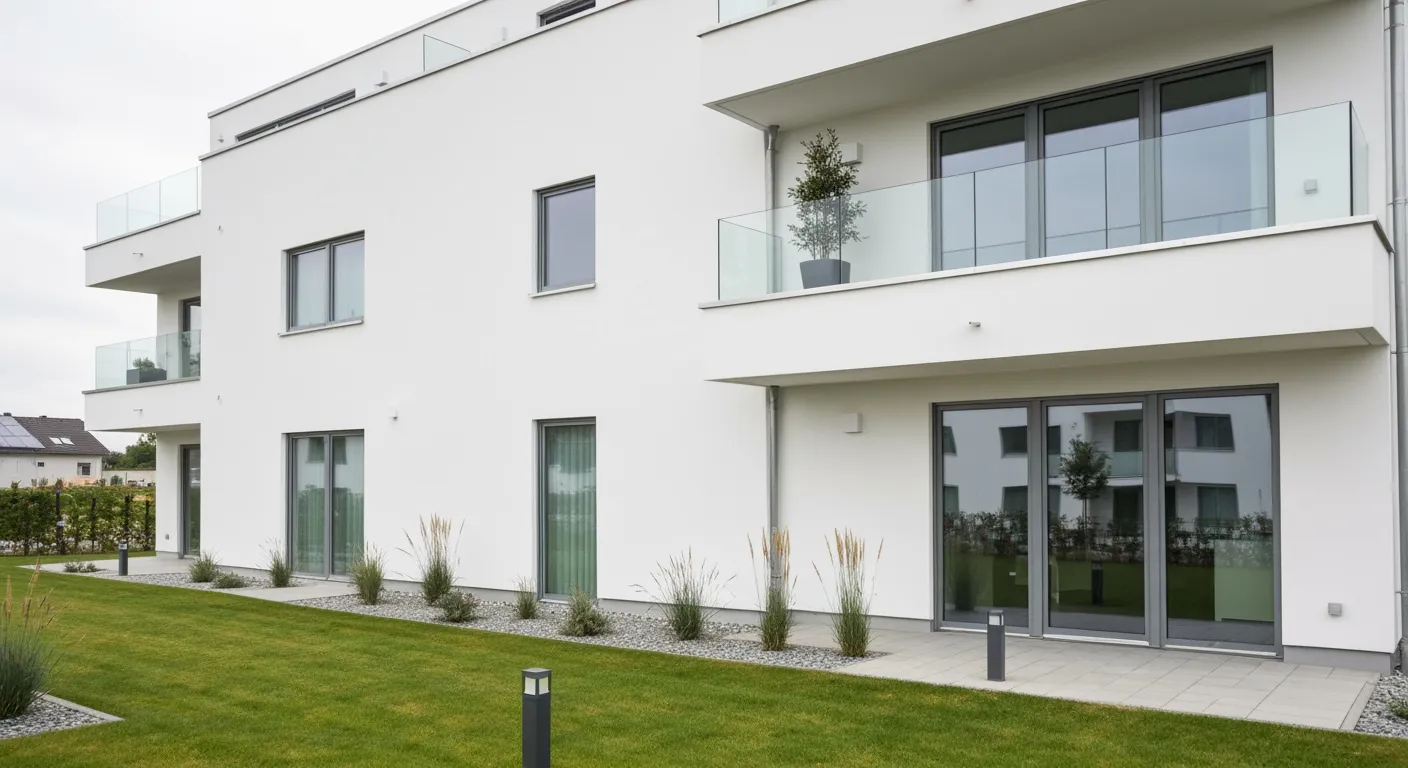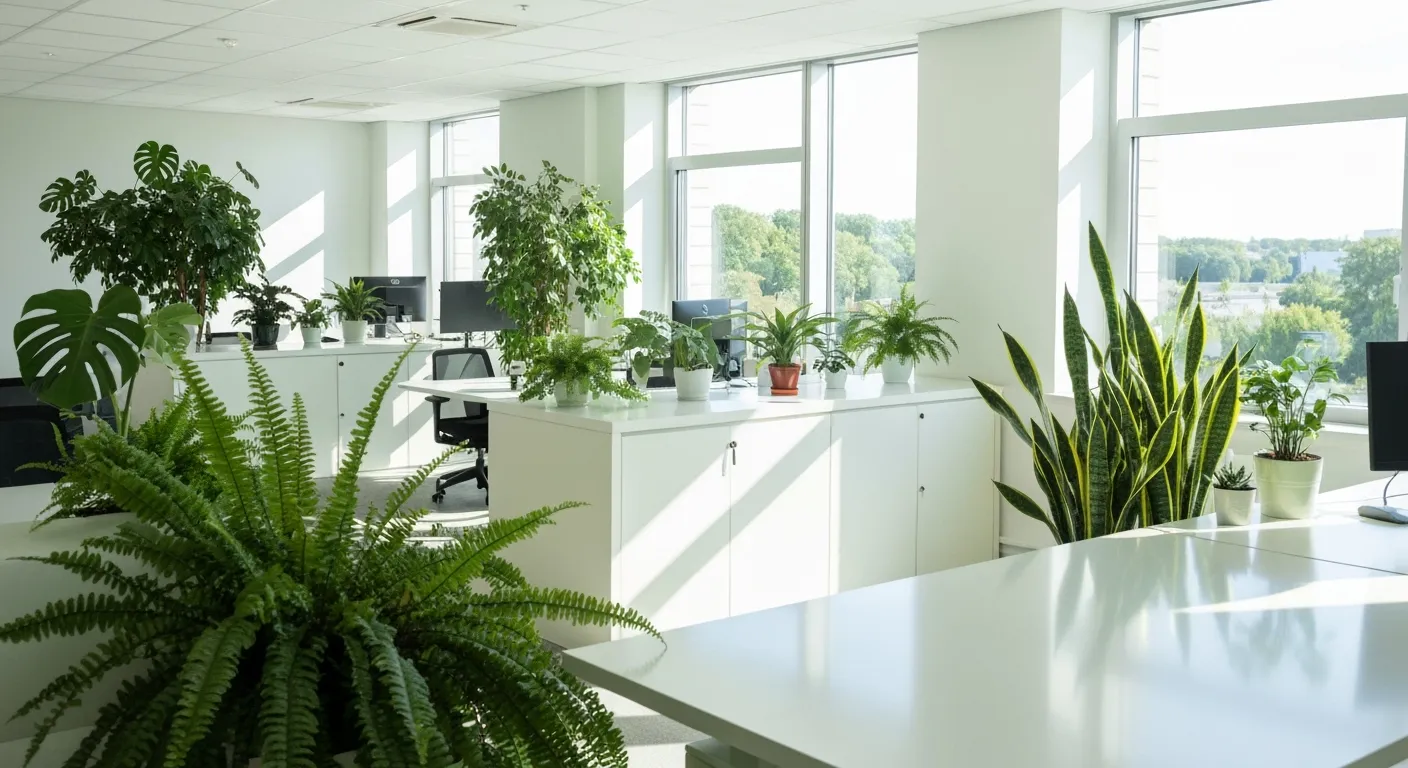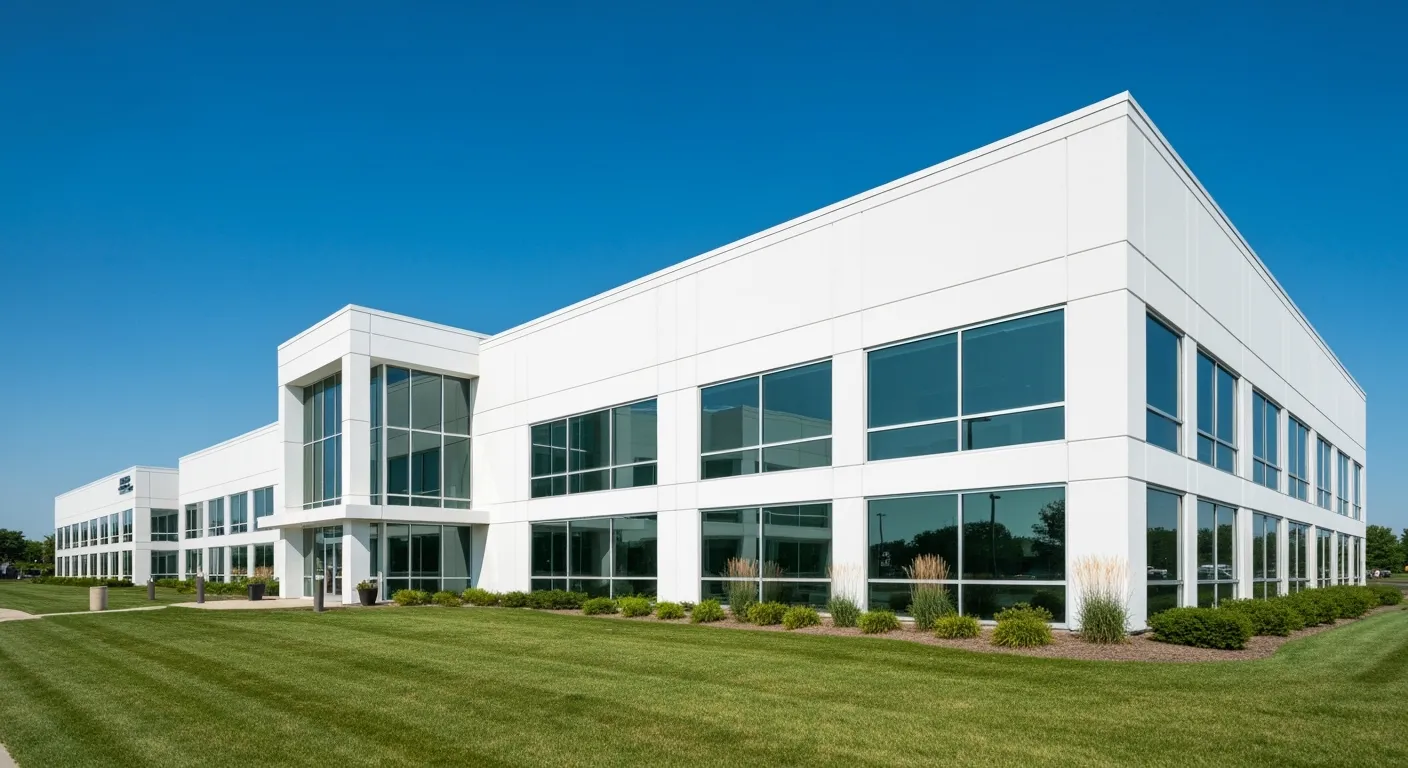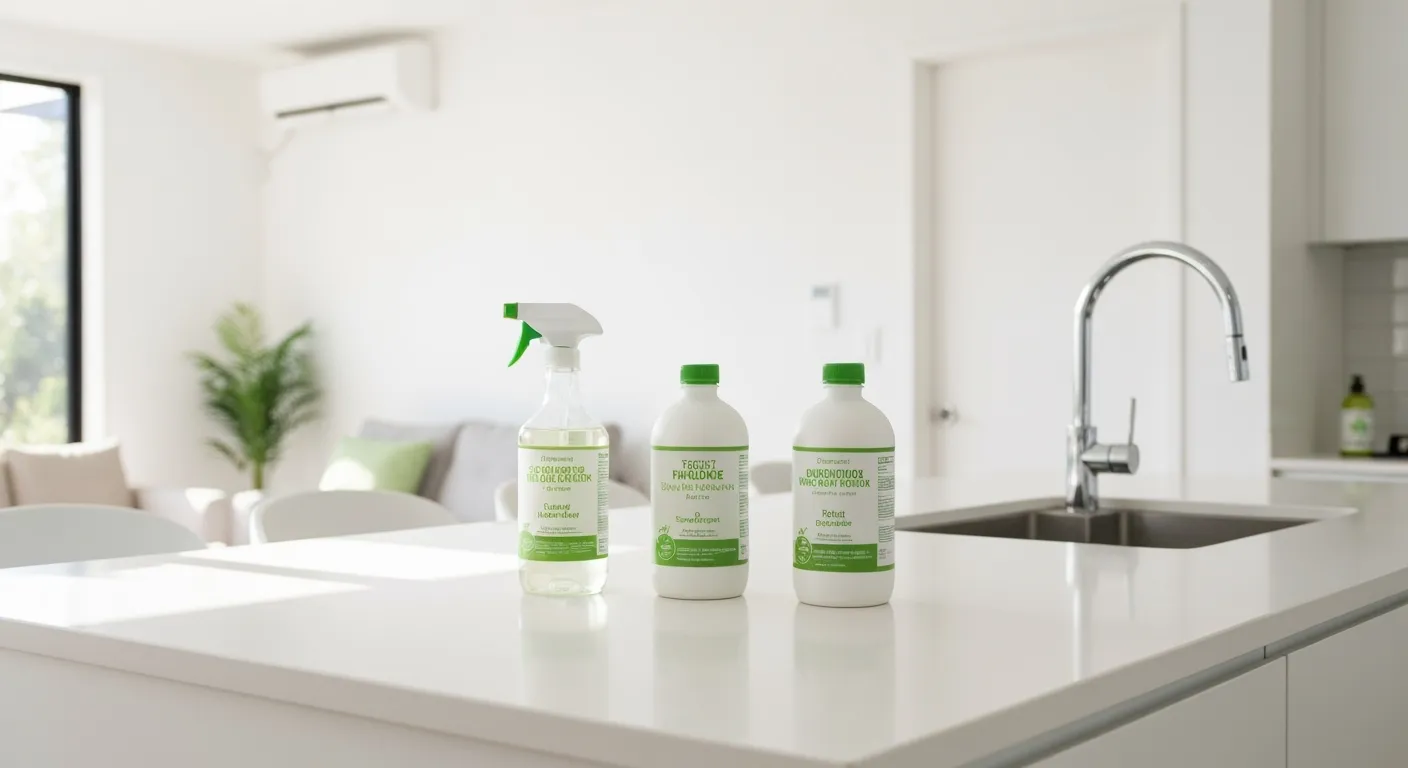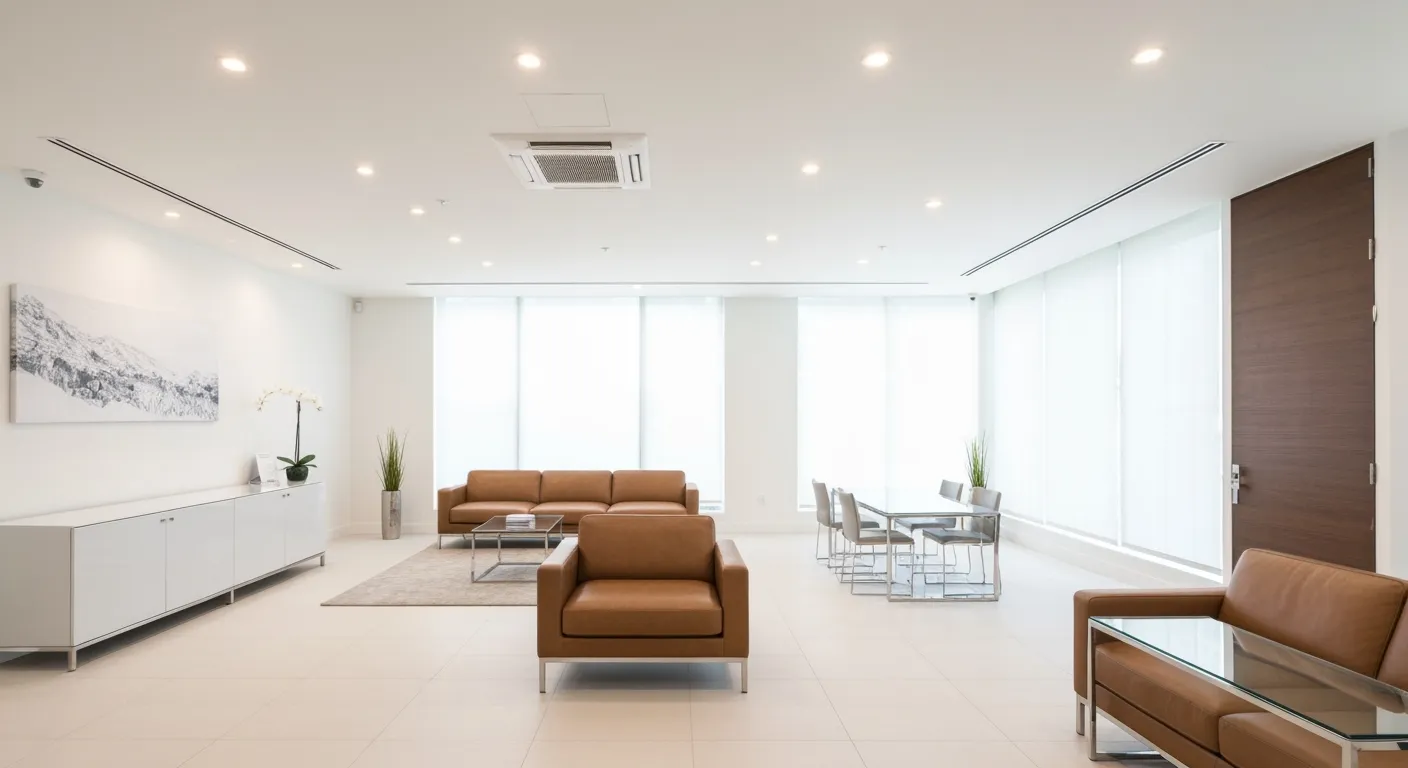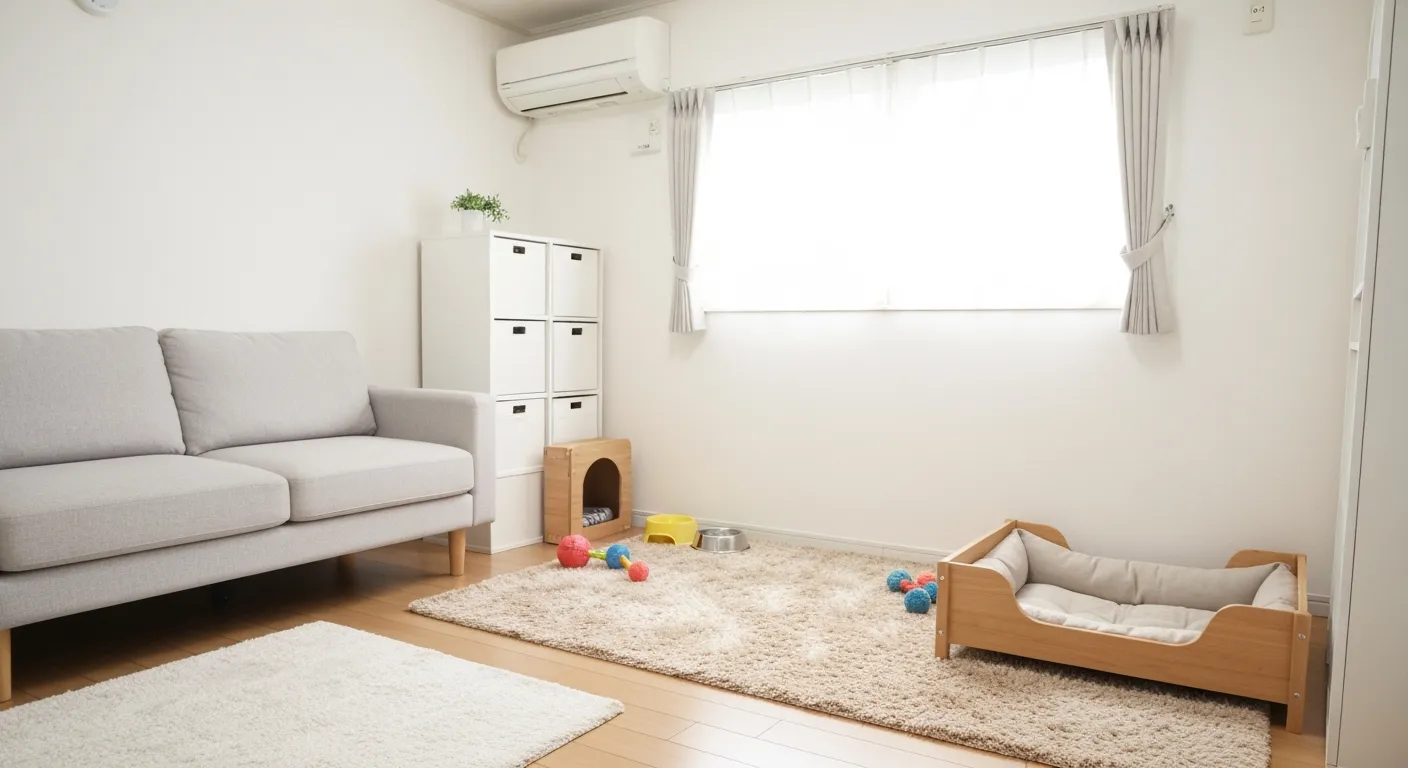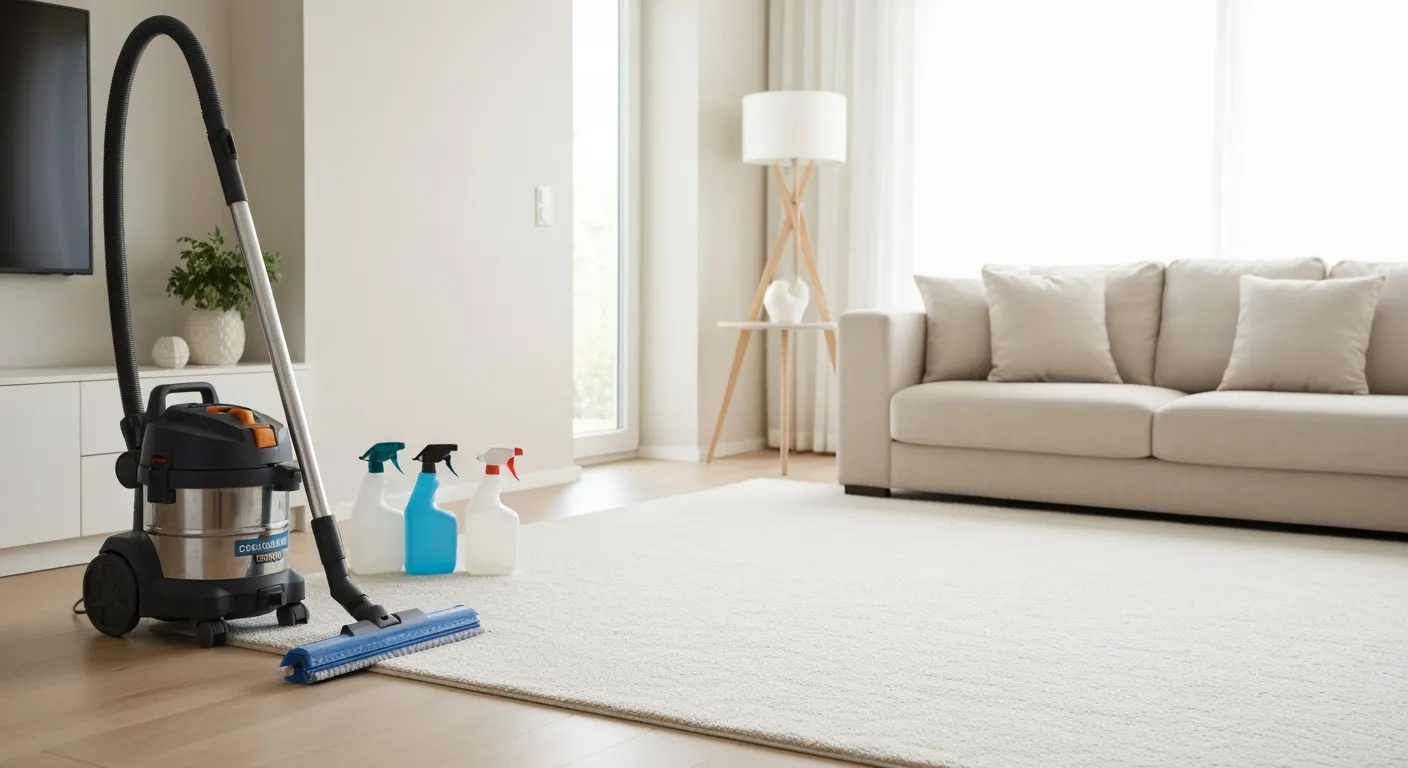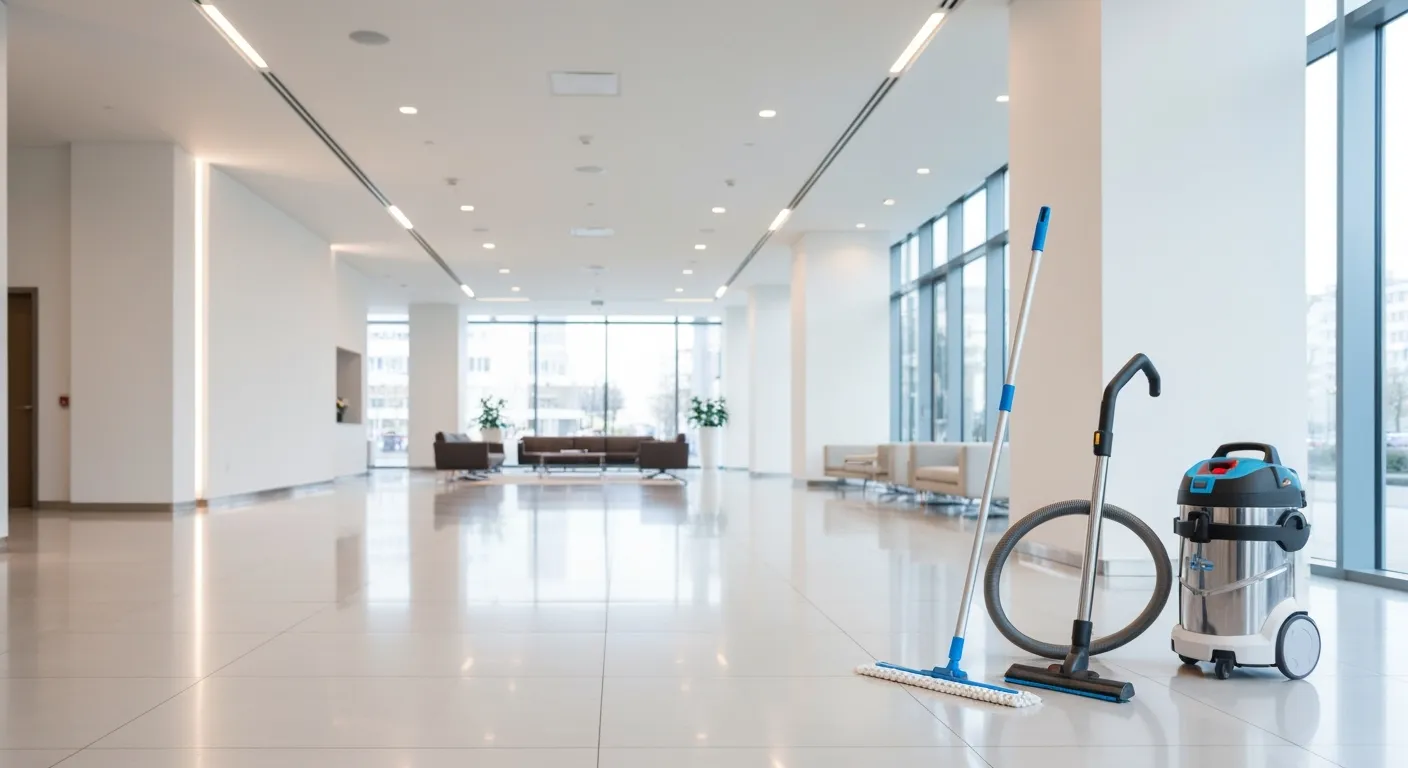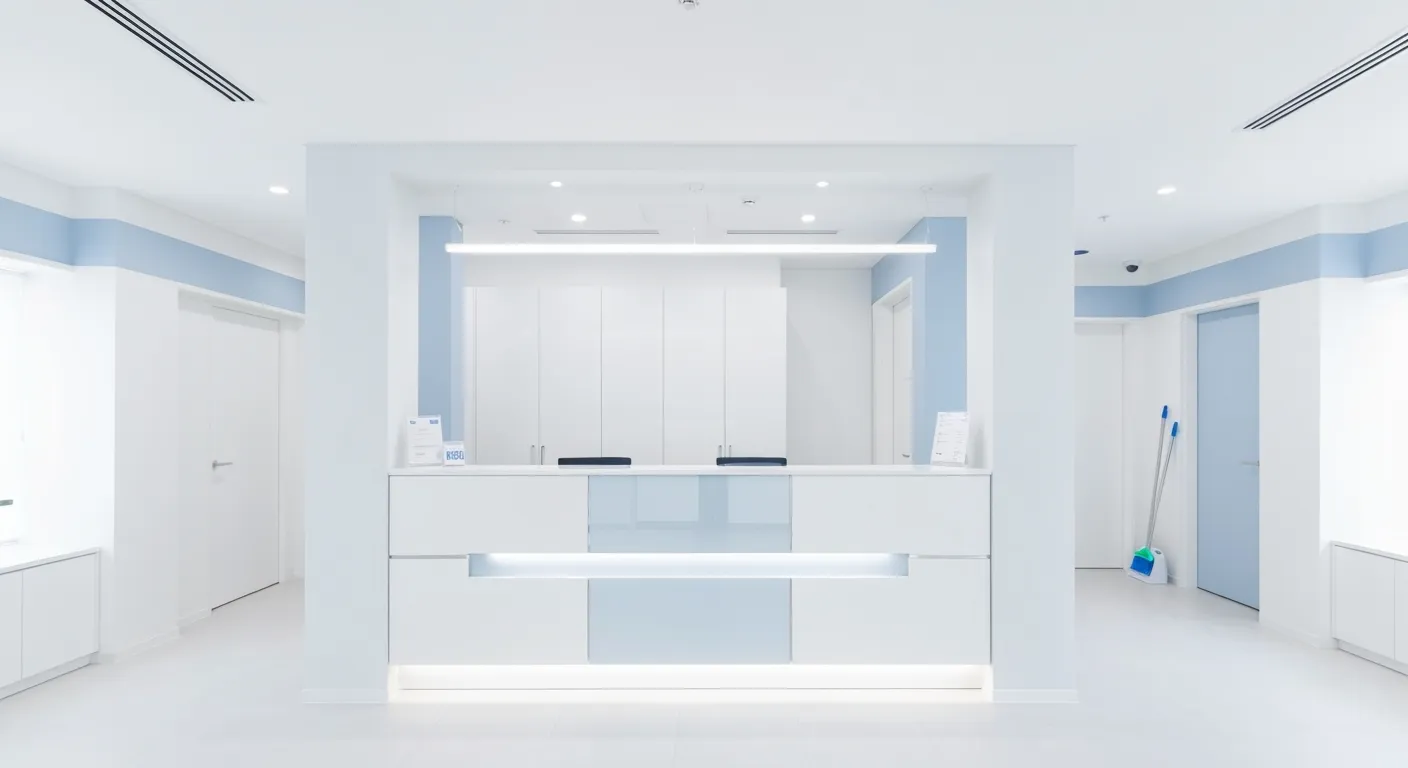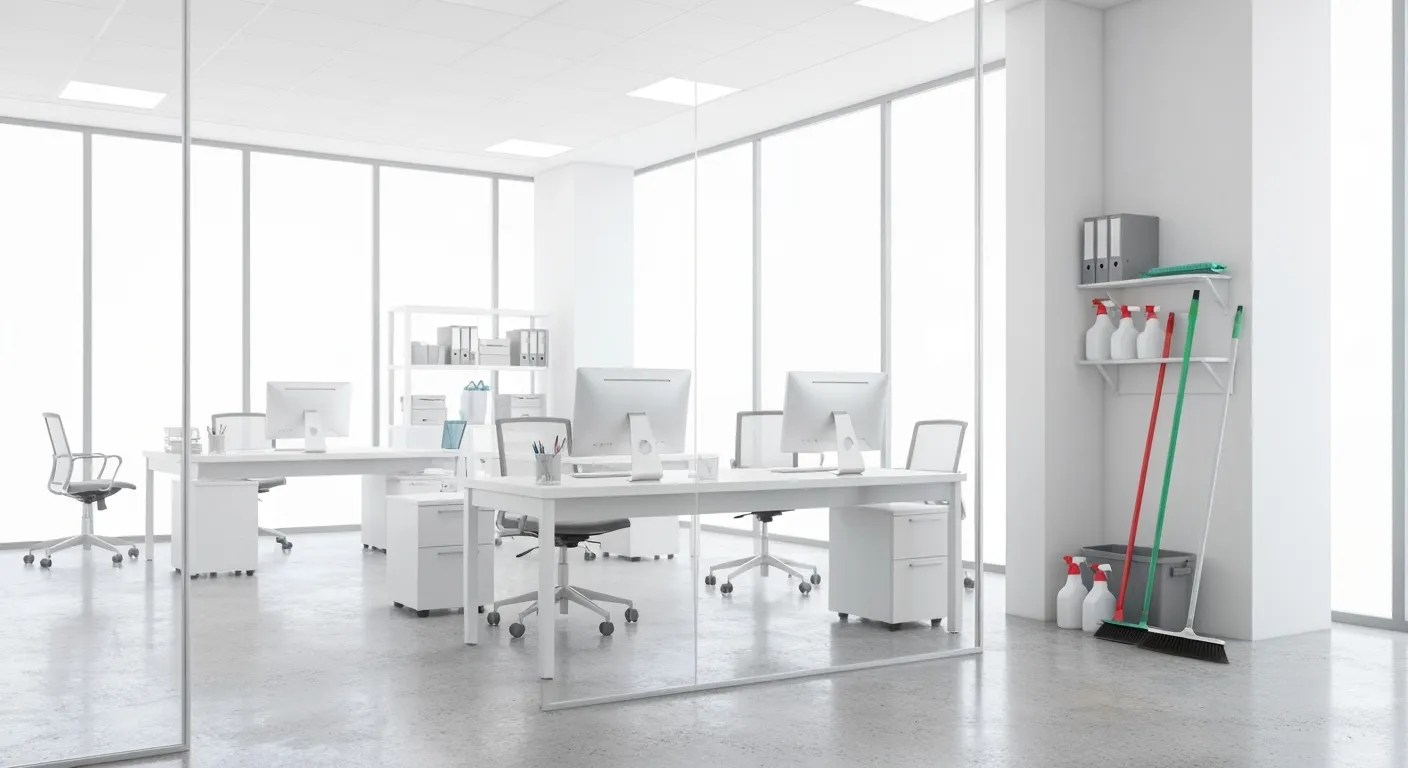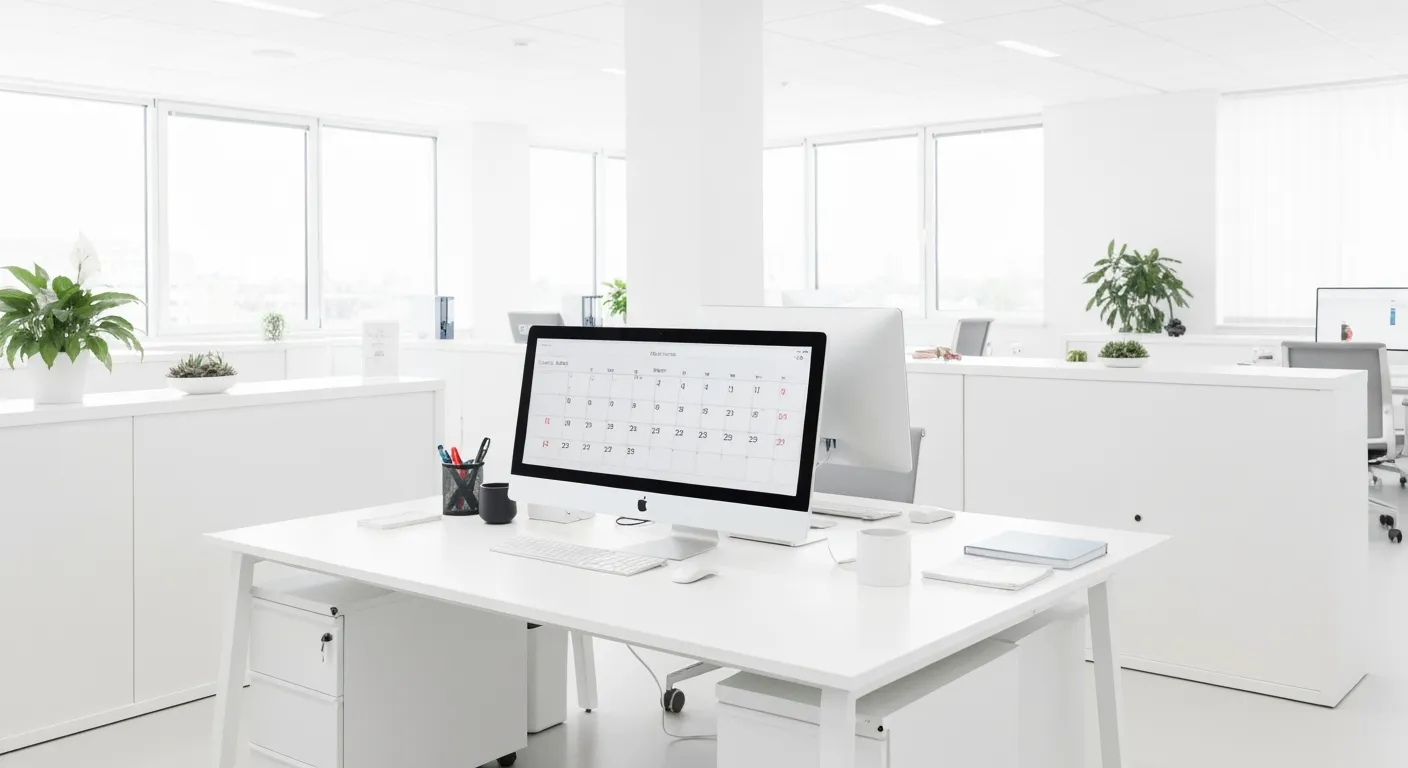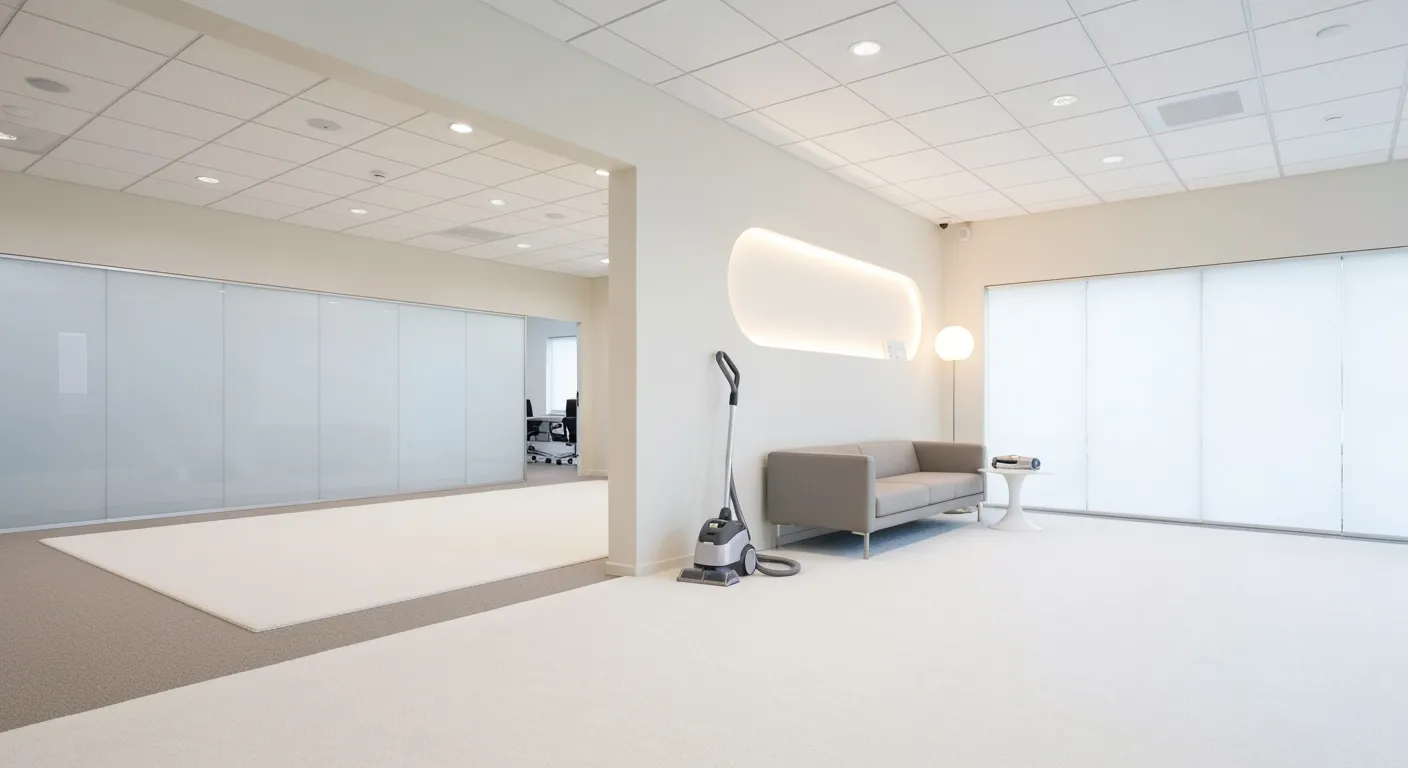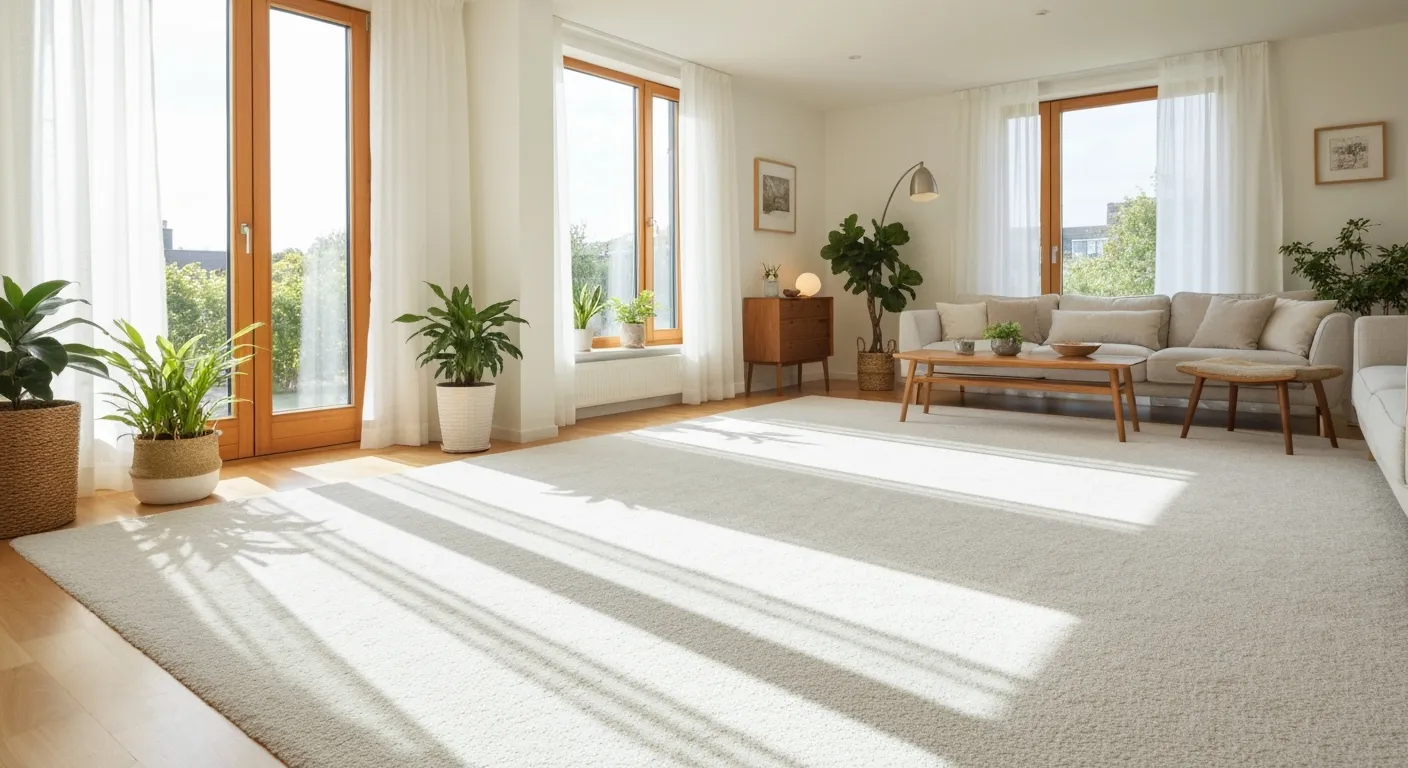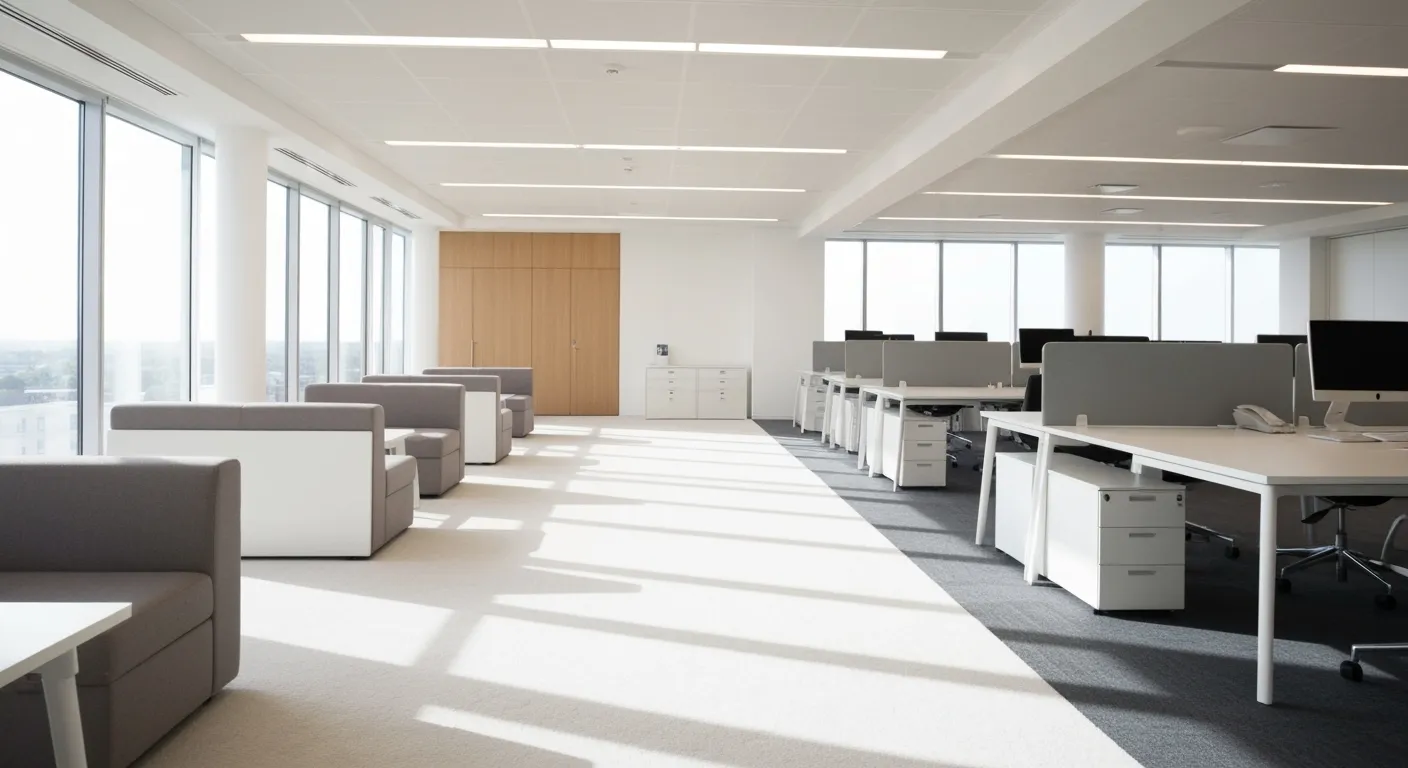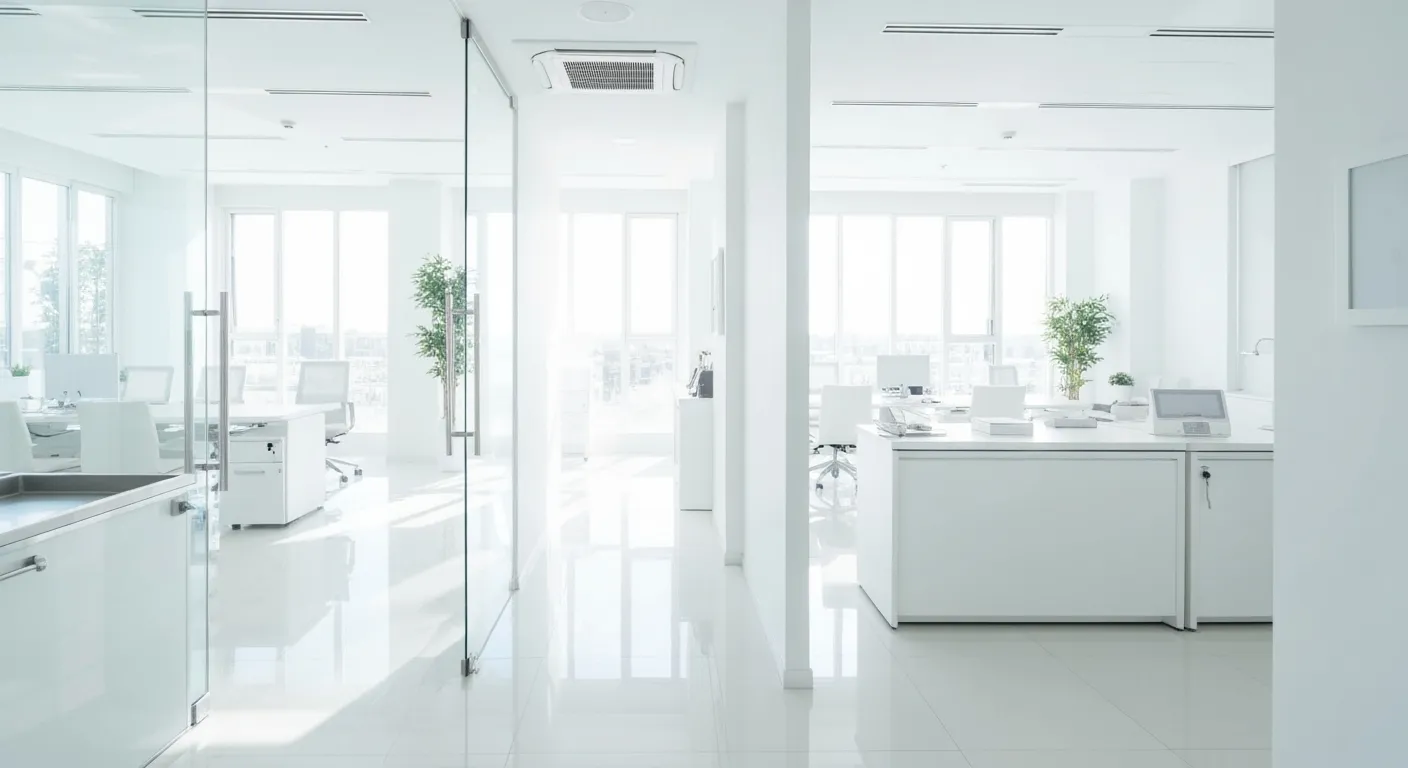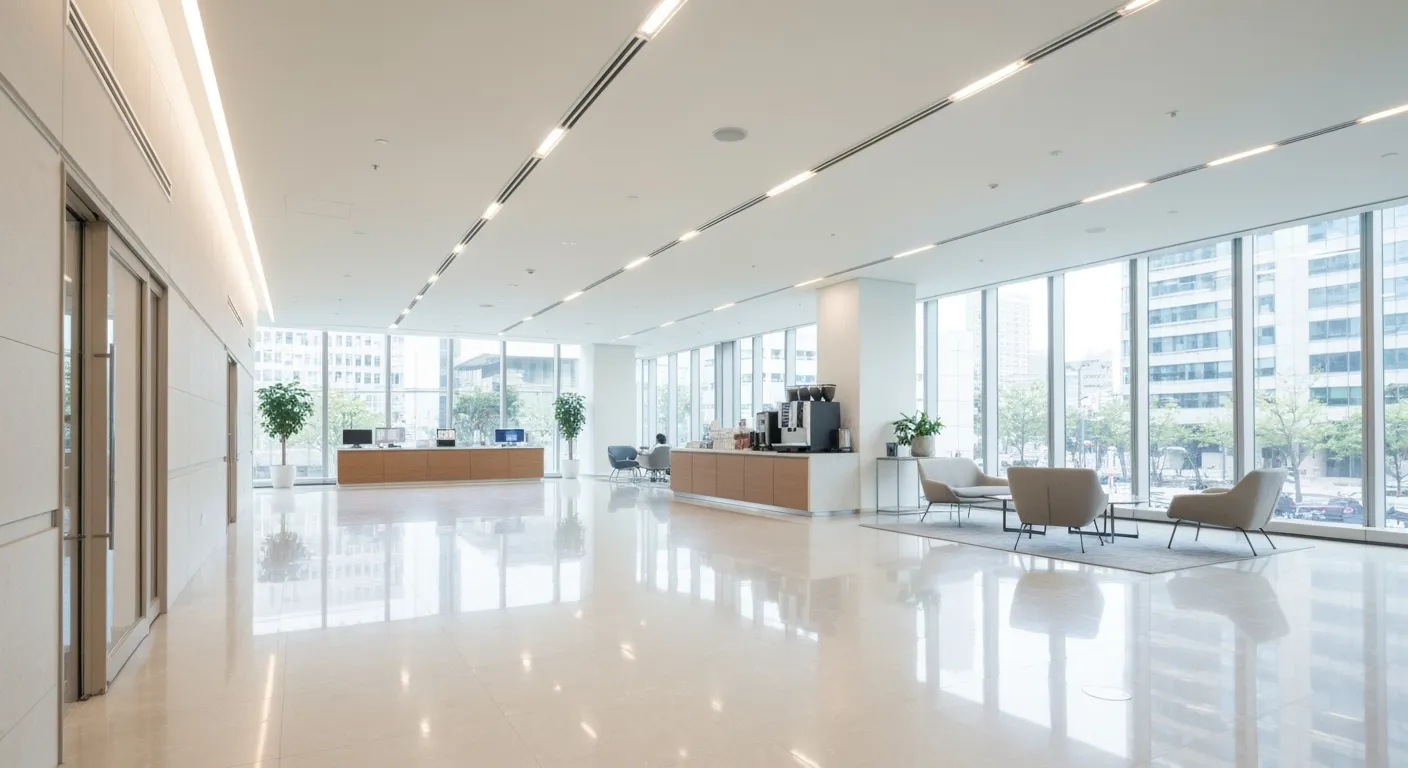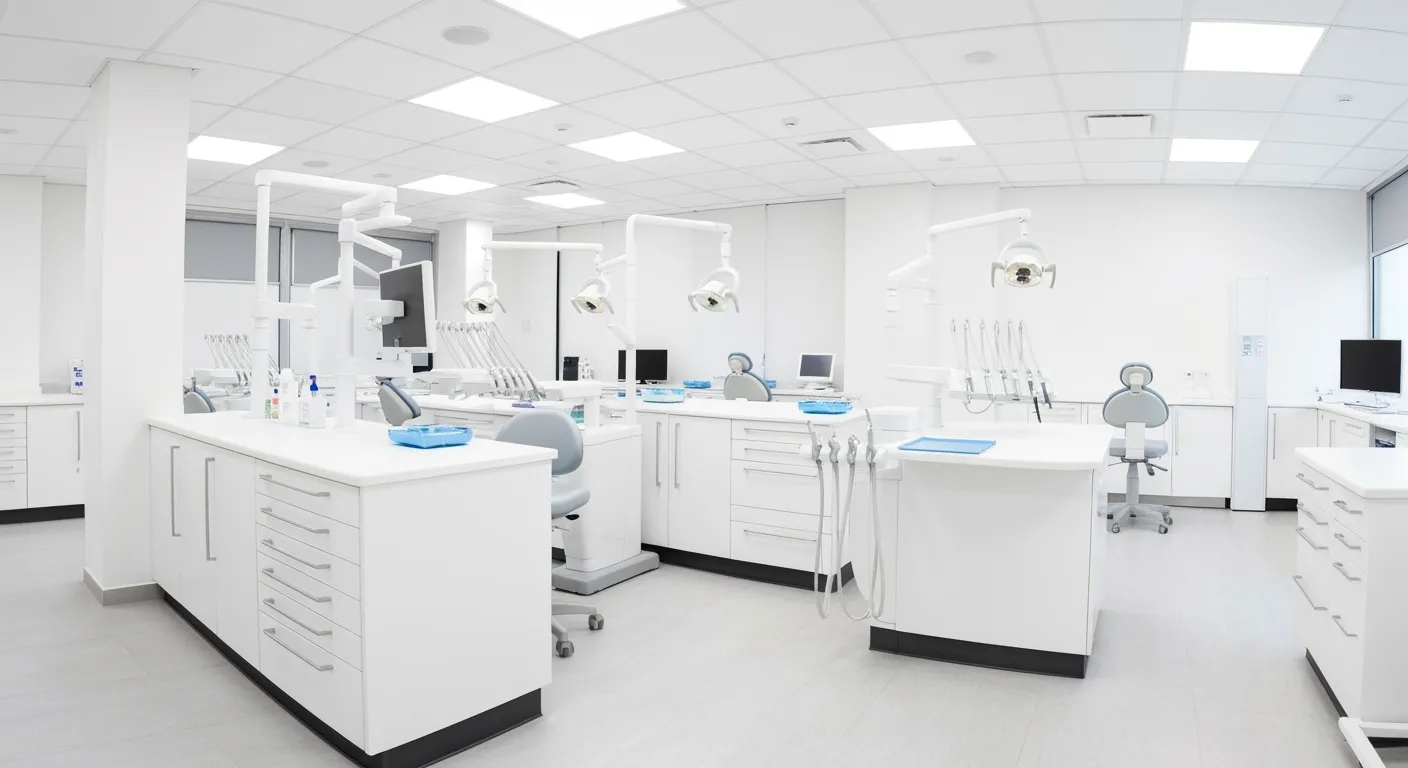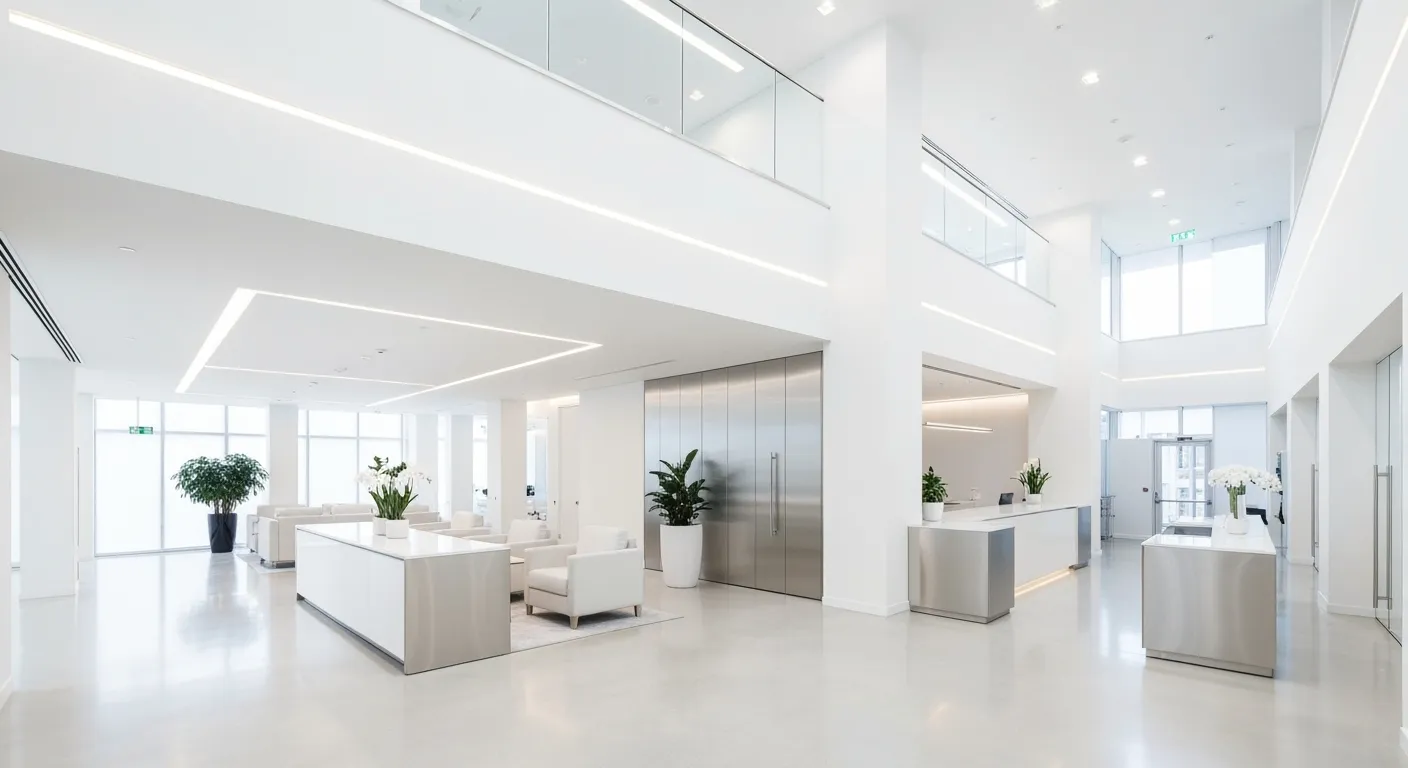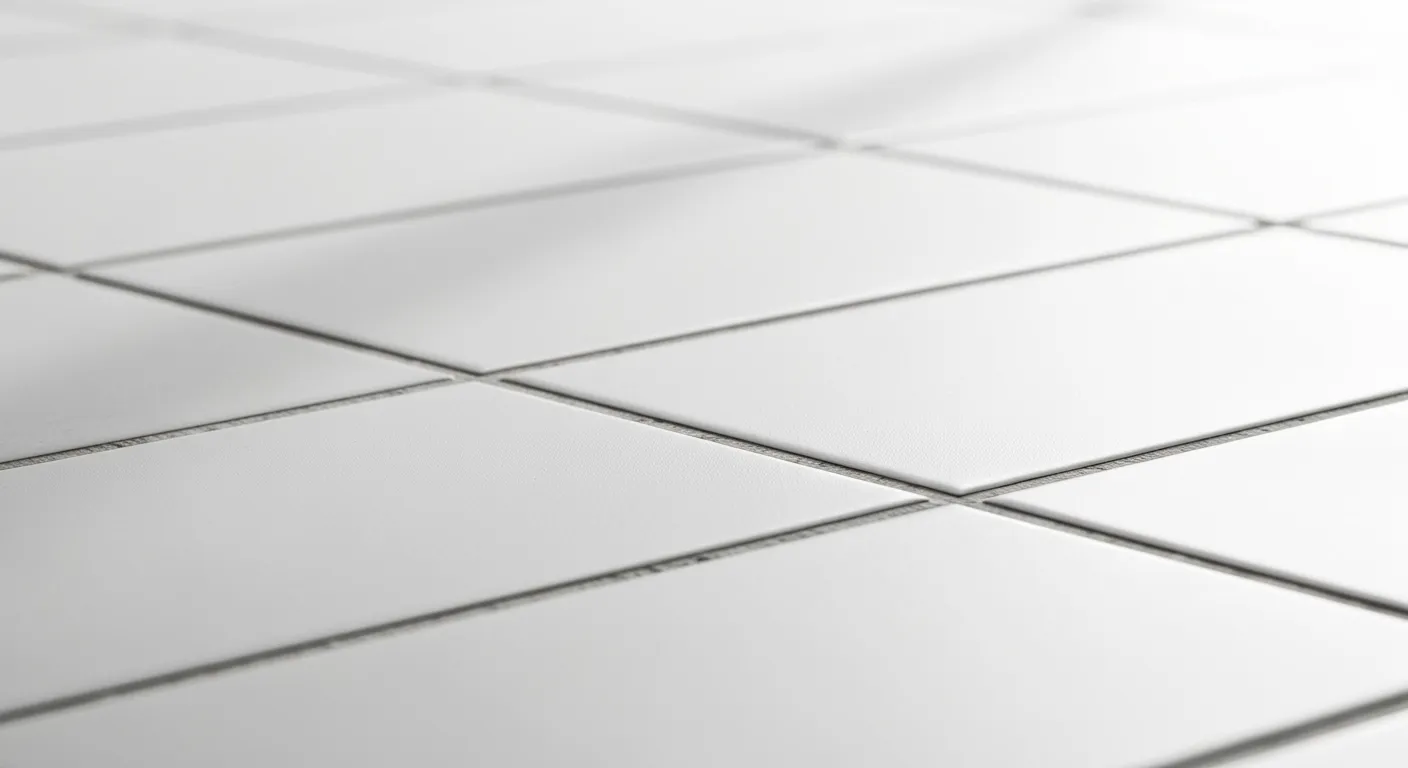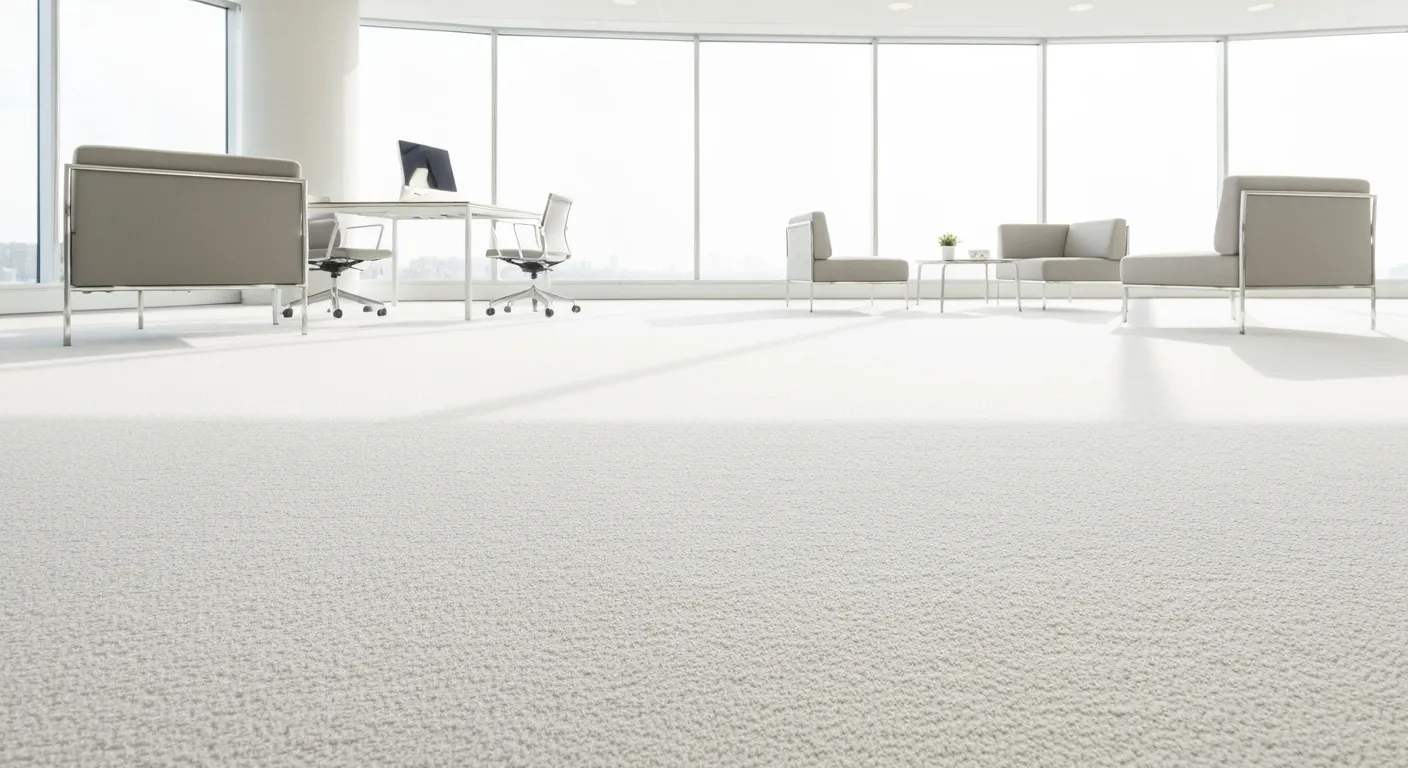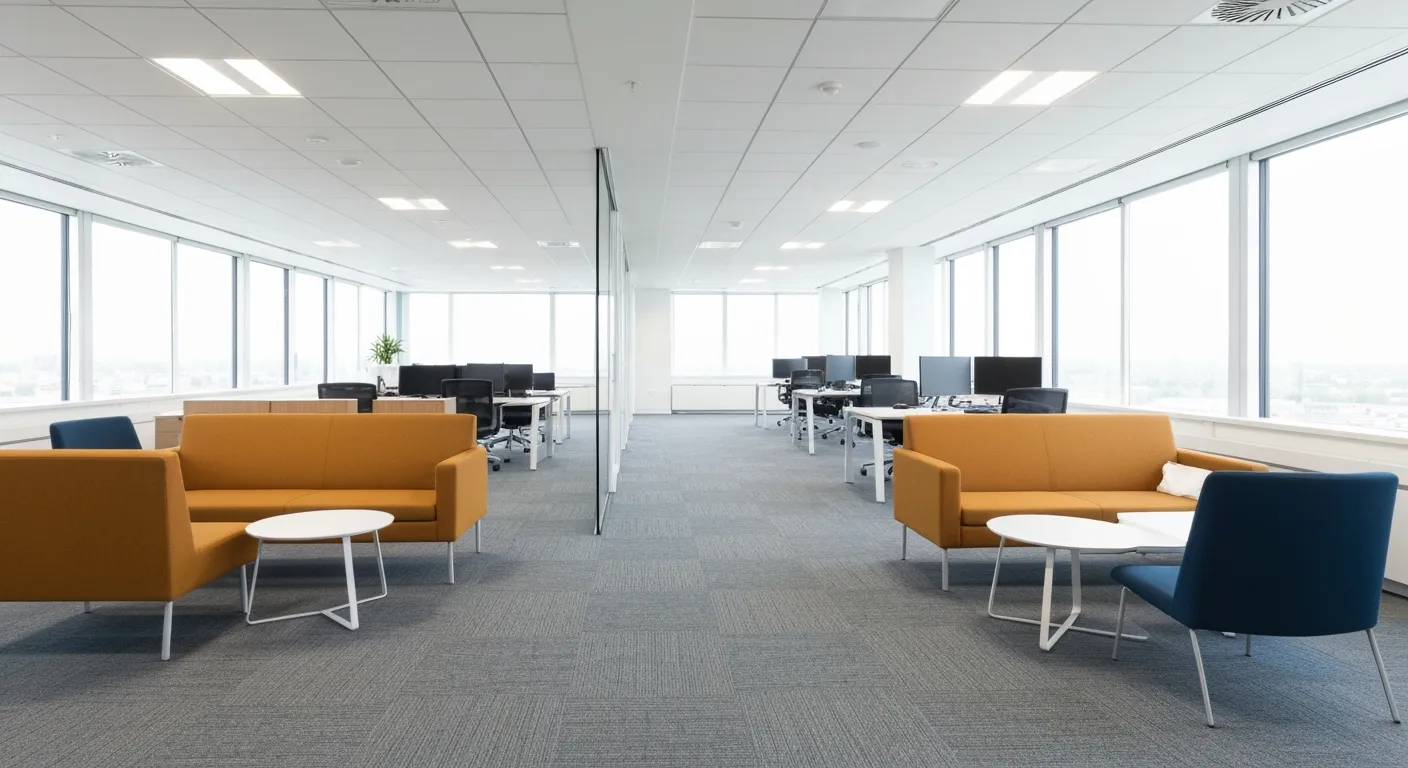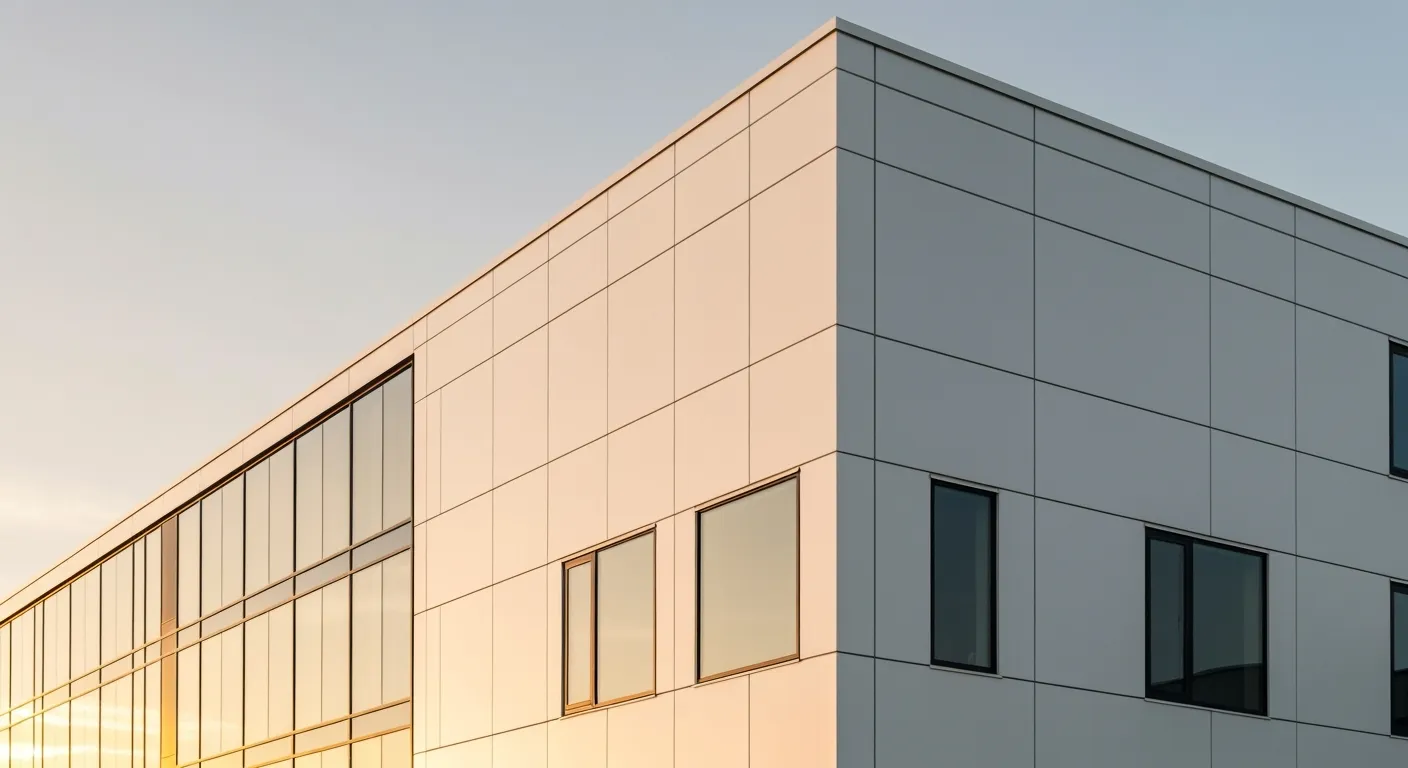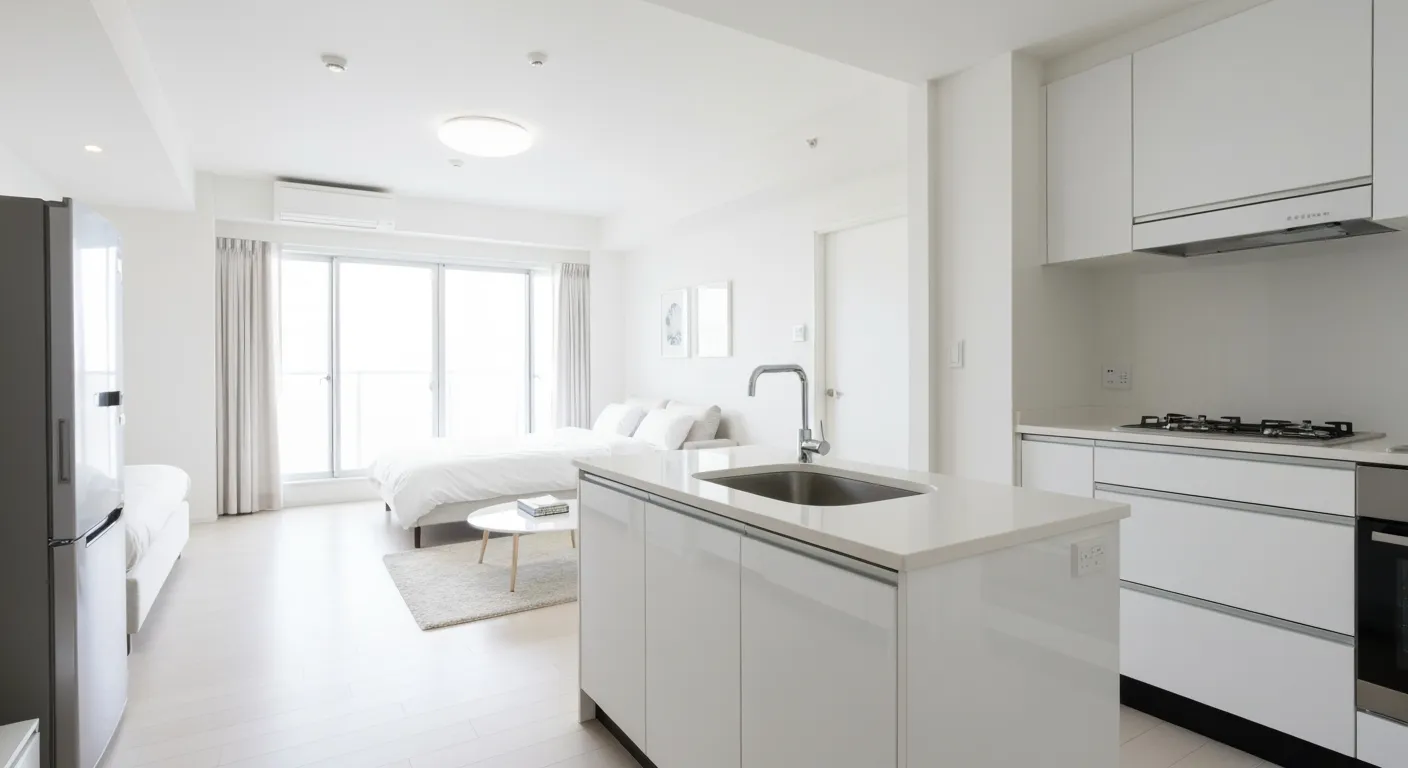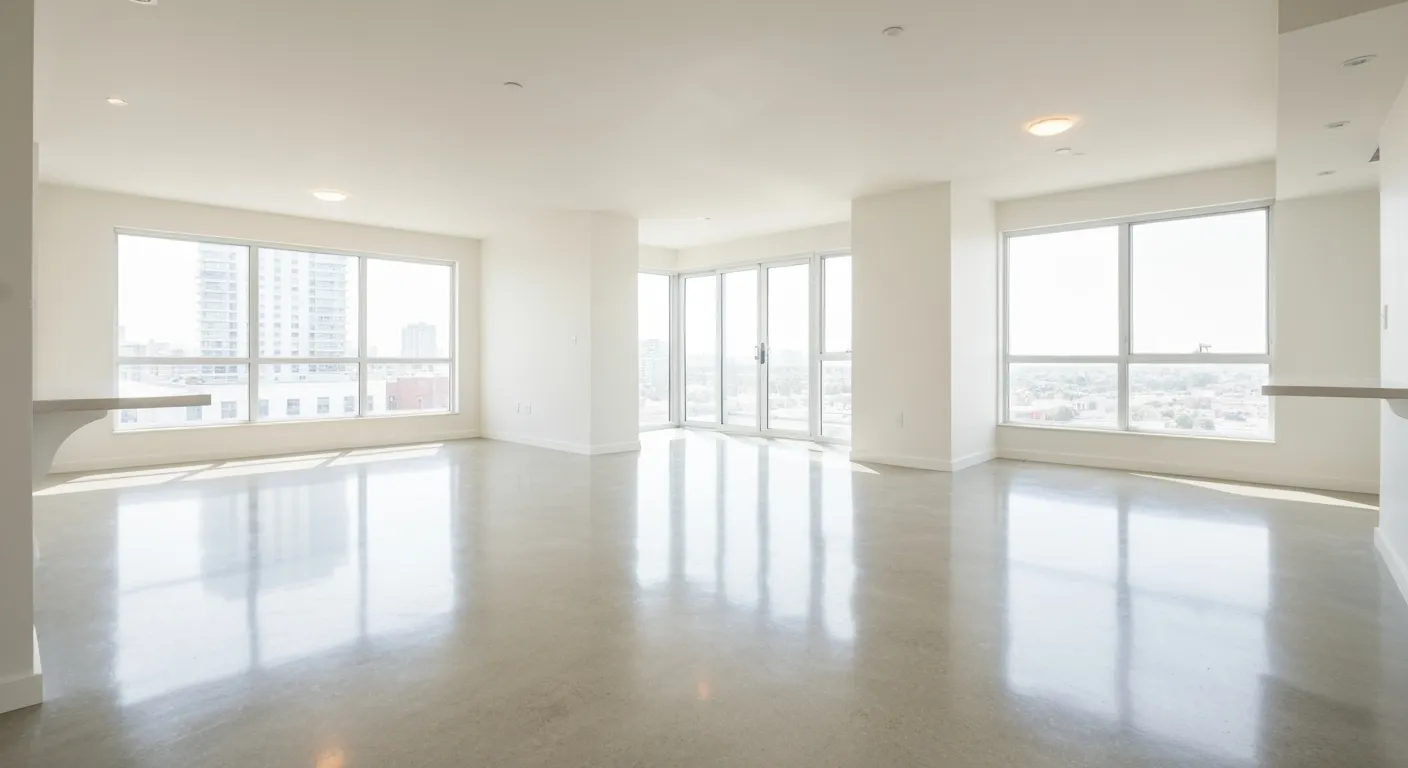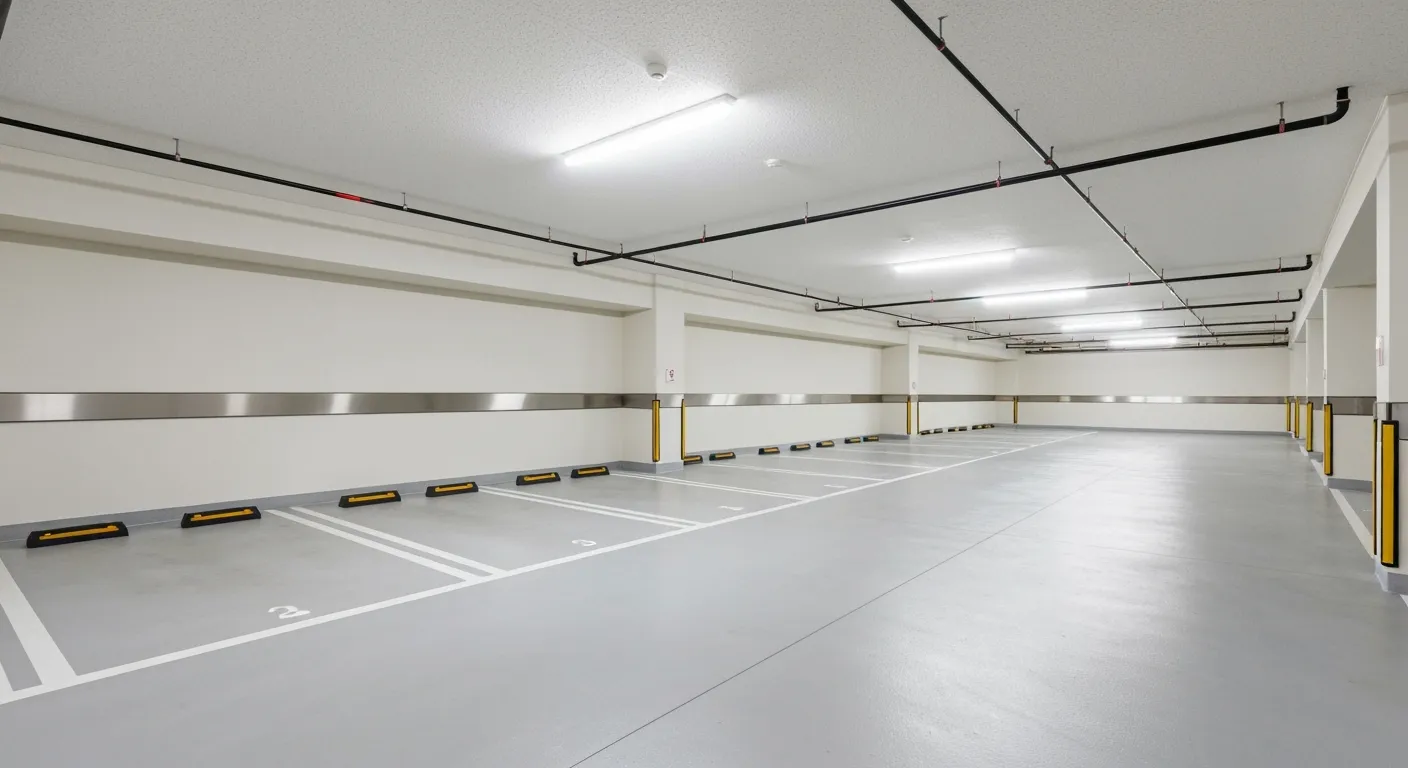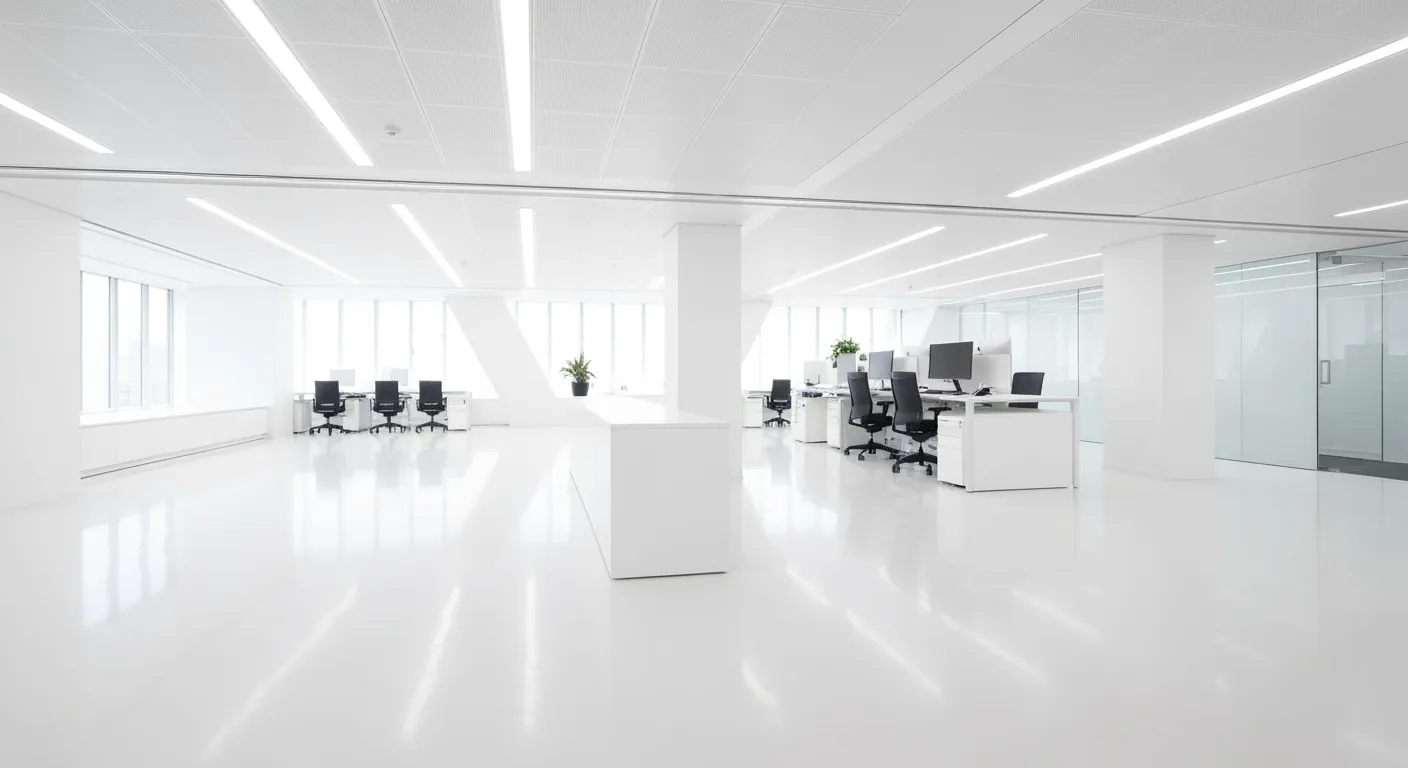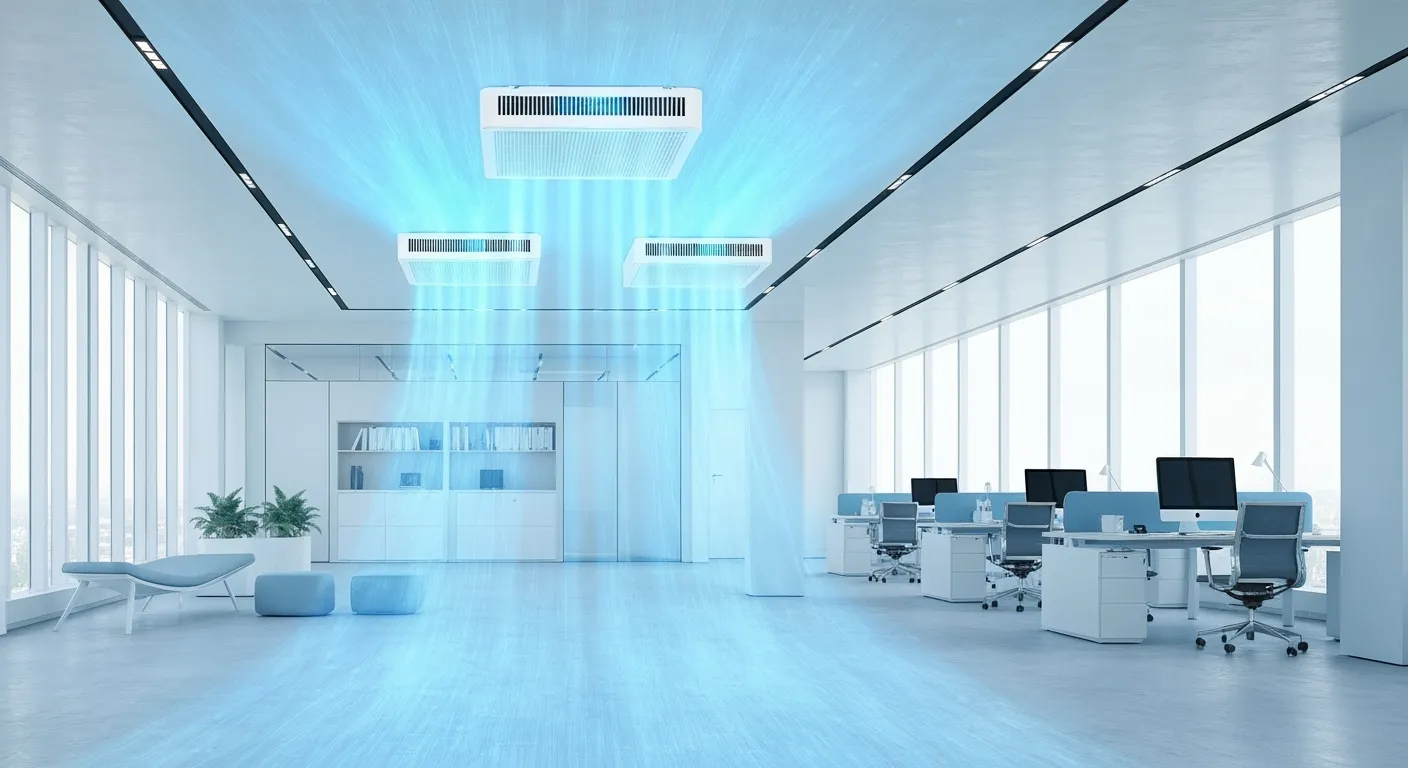Apartment Cleaning Statistics: 2025 Industry Data, Trends, and Insights

Understanding the Rapid Evolution of Apartment Cleaning in 2025
As urban populations continue to expand and hygiene awareness rises, the apartment cleaning industry is undergoing significant transformations. For 2025, understanding the latest statistics, market dynamics, technology, and consumer behavior is essential for stakeholders aiming to capitalize on emerging opportunities. This article delves into comprehensive data and trends shaping the apartment cleaning sector, offering a forward-looking perspective on its growth, challenges, and innovations.
Market Size and Projected Growth of the Global Cleaning Industry Around 2025
 The global cleaning industry continues to experience robust expansion, with a market size estimated at approximately USD 424.06 billion in 2024. This figure is expected to grow significantly in the coming years, reaching around USD 451.63 billion in 2025, and projecting further to USD 734.17 billion by 2032.
The global cleaning industry continues to experience robust expansion, with a market size estimated at approximately USD 424.06 billion in 2024. This figure is expected to grow significantly in the coming years, reaching around USD 451.63 billion in 2025, and projecting further to USD 734.17 billion by 2032.
The industry’s growth rate, represented by a compound annual growth rate (CAGR) of about 7.19% from 2025 to 2032, underscores its ongoing expansion. This upward trend is driven by several factors, including technological advancements such as AI and cleaning robots, a surge in hygiene awareness prompted by the COVID-19 pandemic, and the rising adoption of eco-friendly cleaning products.
Regionally, North America currently dominates the market, holding over 32.20% of the share in 2024. However, the Asia-Pacific region is anticipated to register the fastest growth, fueled by rapid urbanization, ongoing infrastructure development, and increasing disposable incomes.
In terms of market segments, the commercial cleaning sector accounts for about 49.7%, with substantial growth prospects. The residential cleaning sector, though smaller in comparison with a current size of around USD 13 billion in 2023, is projected to grow steadily, especially as consumers favor automation and eco-friendly options.
Leading industry drivers include innovation in cleaning technologies, heightened emphasis on hygiene standards, and a shift towards sustainable and green cleaning solutions. Companies are now investing in digital platforms, smart IoT-enabled cleaning devices, and eco-conscious products to meet increasing consumer demand.
Overall, as the global industry approaches 2025, it remains dynamic with considerable opportunities for growth, innovation, and diversification, driven by consumer preferences for smarter, safer, and environmentally sustainable cleaning methods.
Key Industry Trends Shaping the Future of Apartment Cleaning Services in 2025

What are the key industry trends shaping the future of cleaning services?
The cleaning industry is evolving rapidly, driven by technological innovation, consumer preferences, and global environmental concerns. One of the most notable shifts is the adoption of advanced automation and robotics. These technologies improve efficiency and reduce labor costs, making cleaning services more reliable and affordable.
Eco-friendly solutions are also a significant focus. The green cleaning market is projected to reach around USD 430.61 billion by 2030, with over 60% of customers preferring eco-friendly services. This trend is especially influential in urban and environmentally conscious markets.
On-demand and flexible service models are gaining popularity, offering customers convenience and customization. From scheduled weekly cleanings to last-minute bookings, these models cater to busy lifestyles.
Moreover, the integration of smart Internet of Things (IoT) devices and Artificial Intelligence (AI) is transforming cleaning processes. Smart cleaning robots and IoT-enabled equipment allow for real-time monitoring, better resource management, and high standards of hygiene.
Hybrid workplace cleaning models are also emerging, reflecting changes brought by remote work and flexible office setups. These models require adaptable cleaning schedules and specialized cleaning techniques.
In summary, trends like automation, eco-friendly options, and smart technologies are setting the course for a more innovative, sustainable, and customer-centric cleaning industry in 2025.
Consumer Preferences and Behavior Influencing Apartment Cleaning in 2025

How are consumer preferences and behaviors influencing apartment cleaning services?
In 2025, the cleaning industry continues to evolve, shaped heavily by shifting consumer preferences. A prominent trend is the rising demand for eco-friendly cleaning products and services, driven by increased environmental awareness among younger generations like millennials and Gen Z. These consumers prefer sustainable, non-toxic, and biodegradable cleaning solutions that minimize environmental impact.
Technology also plays a key role in consumer choices. Many apartment dwellers now favor convenience-oriented solutions such as online booking platforms, automated scheduling, and even robotic cleaning devices. This preference for technological integration makes cleaning services more accessible and efficient.
Moreover, there is an increasing desire for personalized cleaning plans. Customers seek flexible, customized schedules that fit their unique lifestyles, whether they need frequent cleanings or occasional assistance. This flexibility helps address the busy schedules common in urban environments.
Cultural influences also shape preferences. For example, Japanese consumers focus on minimalism and natural cleaners, while German clients prioritize products that are safe and transparent about their ingredients. These regional preferences influence how cleaning services are marketed and tailored.
Overall, consumer behaviors in 2025 favor sustainable, tech-enabled, and personalized apartment cleaning solutions, reflecting broader societal values of sustainability, convenience, and individualization.
Technological Innovations Revolutionizing Apartment Cleaning in 2025

What technological innovations are impacting the apartment cleaning industry in 2025?
The cleaning industry in 2025 is experiencing a transformative surge driven by advanced technologies. One of the most prominent developments is the adoption of autonomous cleaning robots. These robots, equipped with sensors and sophisticated mapping capabilities, enable efficient, consistent, and contactless cleaning of apartments. They can navigate complex layouts, avoid obstacles, and optimize their cleaning routes, providing a level of precision previously unattainable.
AI-driven management platforms are also reshaping operational workflows. These platforms facilitate real-time scheduling, workforce management, and customer communication, resulting in improved efficiency and customer satisfaction. By integrating Artificial Intelligence (AI), companies can predict service needs, allocate resources effectively, and streamline administrative tasks.
IoT technology plays a significant role in maintaining equipment health and preventing breakdowns. IoT-enabled devices monitor the condition of cleaning machinery, alerting managers to maintenance needs before failures occur. This proactive approach reduces downtime and extends equipment lifespan.
Indoor air quality and hygiene standards are elevated through advanced air purification and UV-C disinfection technologies. IoT-connected air purifiers and UV-C light systems disinfect surfaces and air in high-touch areas, tackling pathogens and pollutants—an especially crucial capability in a post-pandemic world.
Eco-friendly solutions are gaining momentum as environmentally conscious consumers demand sustainable options. These include biodegradable cleaning products, waterless cleaning systems, and packaging made from recycled materials. Certification programs like Green Seal and LEED support the adoption of eco-friendly practices.
Finally, automation extends beyond equipment to workforce training. Digital training programs and automation tools enhance staff skills, ensuring teams operate new technologies effectively, maintain high service standards, and meet sustainability goals.
These technological innovations collectively advance apartment cleaning by boosting efficiency, safety, sustainability, and service quality, setting new standards for the industry in 2025.
Market Dynamics and Forecasts for the Apartment Cleaning Sector in 2025
The apartment cleaning segment is expected to grow steadily around 2025, with a projected annual growth rate of approximately 5.5%. This growth is driven by the continuing trend of urbanization, which increases the demand for convenient and professional cleaning services in smaller living spaces.
Rising disposable incomes, particularly in developing regions like Asia-Pacific, further support this expansion. Consumers are willing to spend more on quality cleaning services that match their busy lifestyles and environmental values.
Green cleaning practices are increasingly influencing the market. Eco-friendly products and sustainable service options are favored by a growing segment of consumers, especially Millennials and Gen Z who prioritize environmental impact. Subscription cleaning models are also gaining popularity, offering flexible and regular service options that cater to consumer preferences.
Regionally, North America remains a dominant market due to high urban density, early adoption of cleaning technologies, and a focus on hygiene. Meanwhile, Asia-Pacific is projected to be the fastest-growing region, supported by rapid urbanization, rising incomes, and expanding middle classes.
The normalization of hybrid work arrangements and heightened awareness of hygiene due to health crises like COVID-19 have increased demand for reliable in-home cleaning services. This shift encourages service providers to innovate with smart solutions, including automation, robotics, and advanced cleaning management systems.
Overall, the apartment cleaning industry in 2025 offers promising growth opportunities through technological integration, eco-conscious practices, and flexible service models, all of which will continue to shape the sector’s evolution.
The Rise and Role of Green Cleaning in Apartment Services
Green cleaning's projected 30% share of total cleaning revenue by 2025
By 2025, green cleaning is expected to constitute around 30% of the overall cleaning industry revenue. This significant share reflects increasing consumer awareness and preference for environmentally sustainable practices. In the apartment services sector, providing eco-friendly cleaning options is becoming a key differentiator for service providers.
Eco-friendly household cleaners market growth and consumer demand
The market for household green cleaning products is rapidly expanding, with projections to reach $41.15 billion by 2025. Consumers are increasingly choosing eco-friendly options, driven by concerns over health, safety, and environmental impact. Millennials and Gen Z especially prioritize sustainable products, influencing market growth.
Preference for biodegradable, sustainable cleaning products
Residents and apartment cleaning services are favoring biodegradable and sustainable cleaning solutions. Multi-purpose cleaners, natural ingredients, and non-toxic formulations are in high demand, aligning with urban lifestyles and the desire for minimal chemical exposure.
Regulatory influences and certifications promoting green practices
Government regulations and certification programs further encourage green cleaning. Certifications like Green Seal or EcoLogo assure consumers of product safety and environmental benefits, encouraging apartment service providers to adopt certified eco-friendly products.
Opportunities for differentiation in a crowded market through sustainability
As the cleaning industry becomes more saturated, sustainable practices offer a chance for businesses to stand out. Offering green cleaning services, using eco-friendly products, and communicating environmental commitments can attract eco-conscious tenants and differentiate apartment cleaning providers.
| Aspect | Impact | Additional Notes |
|---|---|---|
| Market Share | 30% of industry by 2025 | Indicates major shift to eco-focus |
| Consumer Trends | Preference for sustainable products | Driven by health & environmental awareness |
| Product Types | Biodegradable and natural cleaners | Includes multi-purpose and natural formulas |
| Certification | Promotes trust and compliance | Certifications influence consumer choice |
| Competitive Edge | Differentiation through green practices | Gain loyalty in a competitive market |
Thecontinuing growth of the green cleaning sector provides exciting opportunities for apartment cleaning services to innovate and meet the rising demand for sustainable, healthy, and environmentally friendly cleaning solutions.
Employment Trends and Workforce Insights in Apartment Cleaning
What are the main challenges and opportunities currently facing the apartment cleaning industry?
The apartment cleaning industry is experiencing a mix of growth opportunities and significant challenges. One of the main hurdles is the ongoing staffing shortages, which make it difficult for companies to meet rising demand. Increasing operational costs and strict health and safety regulations also add to the complexity.
However, these challenges open avenues for innovation. The adoption of advanced cleaning technologies such as automation, Internet of Things (IoT) devices, and sophisticated management software can streamline operations and improve service quality. Additionally, there’s a growing consumer preference for eco-friendly and specialized cleaning solutions, allowing businesses to stand out by offering green cleaning practices.
Effective digital marketing and reputation management are crucial to attract and retain clients in a competitive market. Companies that focus on workforce wellness and employee training can enhance staff retention and improve service standards. Overall, by embracing technological advancements, sustainable practices, and strategic marketing, the industry can capitalize on growth opportunities despite current challenges.
Challenges and Opportunities Shaping the Apartment Cleaning Industry
Competitive pressures and market saturation
The apartment cleaning industry is experiencing intense competition as new businesses continually enter the market. With over 1,200,270 cleaning companies in the US alone, many small firms employ fewer than 10 staff members. This saturation makes it challenging for companies to differentiate themselves and secure loyal customers.
Managing rising costs and regulatory compliance
As operational costs increase, cleaning businesses must navigate rising expenses related to labor, cleaning supplies, and compliance with environmental regulations. Eco-friendly cleaning solutions are gaining popularity, with the green cleaning market projected to reach USD 430.61 billion by 2030. Embracing sustainable products can enhance brand reputation and meet regulatory standards.
Leveraging technology to increase efficiency and customer experience
Innovations such as cleaning service software, AI, robotics, and IoT are transforming the industry. The global cleaning service software market is forecasted to reach USD 2.65 billion by 2028, helping providers streamline scheduling, invoicing, and quality control. These tools improve customer satisfaction and operational efficiency.
Expanding into niche markets such as pet-friendly and allergy-free cleaning
Niche markets, including pet-friendly and allergy-safe cleaning services, are emerging trends. Consumers increasingly seek specialized options that cater to their health and lifestyle needs. Developing these services offers businesses a competitive edge and opportunities for revenue growth.
Importance of digital marketing and reputation management for growth
With social media and online reviews playing a crucial role, digital marketing is vital for attracting new clients. Maintaining a positive online presence and reputation can differentiate a cleaning business in a highly saturated environment. Strategies such as targeted advertising and customer engagement foster loyalty and promote growth.
Digital Transformation and Cleaning Service Software Adoption
The cleaning industry is undergoing a significant digital transformation, with the global cleaning service software market projected to reach USD 2.65 billion by 2028. This growth reflects the increasing integration of advanced technology into everyday operations, enabling cleaning companies to operate more efficiently and competitively.
One of the primary benefits of adopting AI and cloud-based management platforms is improved scheduling and workforce management. These tools allow companies to optimize employee assignments, track job progress in real-time, and enhance overall operational efficiency.
Customer engagement is also bolstered through software solutions that facilitate seamless communication, appointment booking, and feedback collection. This digital approach helps businesses build stronger relationships with clients and personalize services.
Furthermore, predictive maintenance and Internet of Things (IoT) integration play a crucial role in reducing downtime and maintaining cleaning equipment. By analyzing data from IoT sensors, companies can anticipate equipment failures before they happen, saving costs and ensuring continuous service delivery.
As the industry scales, software solutions are vital for managing larger client portfolios and ensuring consistent service quality. These platforms enable businesses to streamline workflows, monitor performance, and adapt quickly to changing market demands, thus supporting growth and innovation in the cleaning sector.
Regional Insights: North America and Asia-Pacific Leading Growth in Apartment Cleaning

North America's dominant market share and revenue contribution
North America continues to lead the global cleaning services market, accounting for approximately 37.65% of the total share in 2024. The region's high demand for residential and commercial cleaning, driven by busy lifestyles and stringent hygiene standards, has contributed significantly to its leadership position. With over 900,000 cleaning workers in the U.S. residential cleaning sector alone, the market's robust size is reflected in its contribution to the approximately USD 415.93 billion global industry in 2024.
Asia-Pacific's fastest CAGR driven by urbanization and infrastructure
The Asia-Pacific region is projected to grow at the fastest rate, with a compound annual growth rate of around 7.4% from 2023 to 2030. Rapid urbanization, expanding infrastructure, and increasing awareness about hygiene are fueling this growth. Countries like China and India are witnessing a surge in both residential and commercial cleaning services, adjusting to the rising demand for cleanliness in densely populated cities.
Differences in consumer expectations and eco-consciousness
Consumer preferences vary notably between North America and Asia-Pacific. North American consumers are increasingly favoring eco-friendly and sustainable cleaning products, with over 60% expressing a preference for green services. Conversely, in the Asia-Pacific, cultural influences and regional regulations are shaping product choice, with a strong emphasis on minimalism, natural ingredients, and safety.
Expansion of cleaning businesses in emerging markets
Emerging markets within Asia and Latin America are experiencing rapid growth in cleaning service providers. Small businesses, often employing fewer than ten people, dominate these markets, yet their collective expansion is significant. As more households and enterprises seek professional cleaning, these markets are becoming crucial drivers of overall industry growth.
Impact of regional regulations and hygiene standards on service offerings
Regional hygiene standards and environmental regulations heavily influence service offerings. North America and Europe enforce strict standards, promoting the proliferation of eco-friendly and technologically advanced cleaning solutions, including robotic and IoT-integrated services. In contrast, emerging markets are gradually adopting stricter norms, which is expected to shape future service innovations and product development.
Emerging Business Models and Service Innovations in Apartment Cleaning
What are the latest trends in business models for apartment cleaning?
In the evolving landscape of apartment cleaning, subscription-based and on-demand services have gained popularity. These flexible options cater to busy lifestyles, allowing customers to schedule regular cleaning or request services as needed. Subscription models provide convenience and consistency, fostering customer loyalty, while on-demand services appeal to those seeking quick, one-time cleanings.
How are service offerings adapting to new lifestyle changes?
Post-pandemic adjustments have prompted companies to develop hybrid service models. These combine scheduled visits with real-time, on-demand options, offering clients more control and responsiveness. Many providers now incorporate modern technology, enabling booking, tracking, and payment through mobile apps, aligning with the increased reliance on digital solutions.
What new service features are being introduced?
Innovative services now focus on pet-friendly, allergy-free, and specialized cleaning solutions. These cater to specific needs such as pet hair removal, hypoallergenic products for allergy sufferers, and eco-friendly cleaning options. By diversifying their offerings, cleaning companies can appeal to niche markets and environmentally conscious consumers.
How is social media influencing customer engagement?
Social media marketing plays a vital role in building brand trust and expanding customer bases. Providers use platforms like Instagram, Facebook, and TikTok to showcase their services, share customer reviews, and run targeted advertising campaigns. This approach enables real-time communication, feedback, and community engagement.
Where are the growth opportunities?
Niche segments such as green cleaning, pet-friendly, and allergy-sensitive services present significant growth potential. Sustainability remains a major trend, with consumers increasingly demanding eco-friendly products and practices. Companies offering sustainable, innovative solutions are well-positioned to capture a larger market share as consumer preferences continue to shift toward environmental responsibility.
Positioning for Success in the Apartment Cleaning Industry of 2025 and Beyond
The apartment cleaning industry in 2025 stands at the crossroads of rapid growth, innovation, and evolving consumer demands. With a robust global market projected to expand significantly, the sector benefits from advancing technologies such as AI-driven robotics, eco-friendly cleaning solutions, and digital management platforms that enhance service efficiency and customer satisfaction. Consumer preferences increasingly favor sustainability and flexible service options, challenging providers to adapt their offerings accordingly. Despite hurdles like labor shortages and rising operational costs, opportunities abound through niche specialization, workforce empowerment, and smart marketing strategies. Regional dynamics underscore the significance of North America’s established dominance and Asia-Pacific’s accelerated growth trajectory. Stakeholders who embrace these trends and challenges with agility and foresight will secure competitive advantage and long-term success in the dynamic apartment cleaning landscape.
References
- 30+ Key Cleaning Industry Statistics 2025
- 2025 Cleaning Industry Trends to Know for a Thriving Business
- 18+ Top Cleaning Industry Statistics to Know (2025 Edition)
- Cleaning Services Market Size, Share | Industry Report, 2030
- 2025 Cleaning Industry Trends & Growth Statistics: What to Expect
- Household Cleaners - Worldwide | Statista Market Forecast
- Residential Cleaning Service Market Report 2025 (Global Edition)
- Cleaning Services Market Size, Share, Growth | Trends [2032]
- Cleaning Services Market Size, Share, Growth | Trends [2032]
- Cleaning Services Market Size, Share, Growth | Trends [2032]


